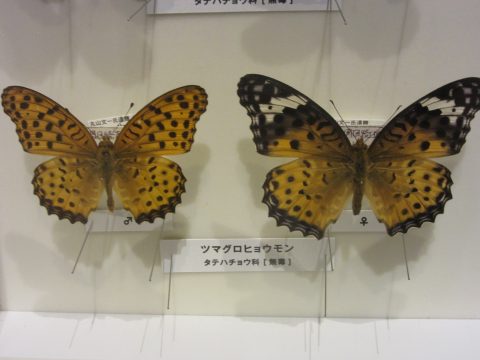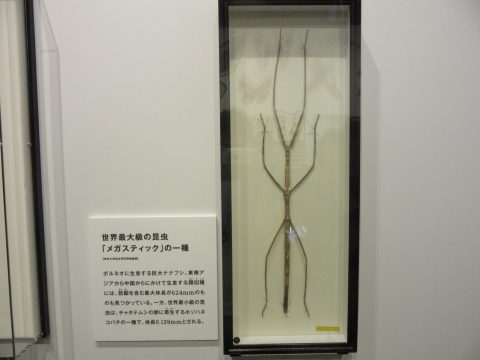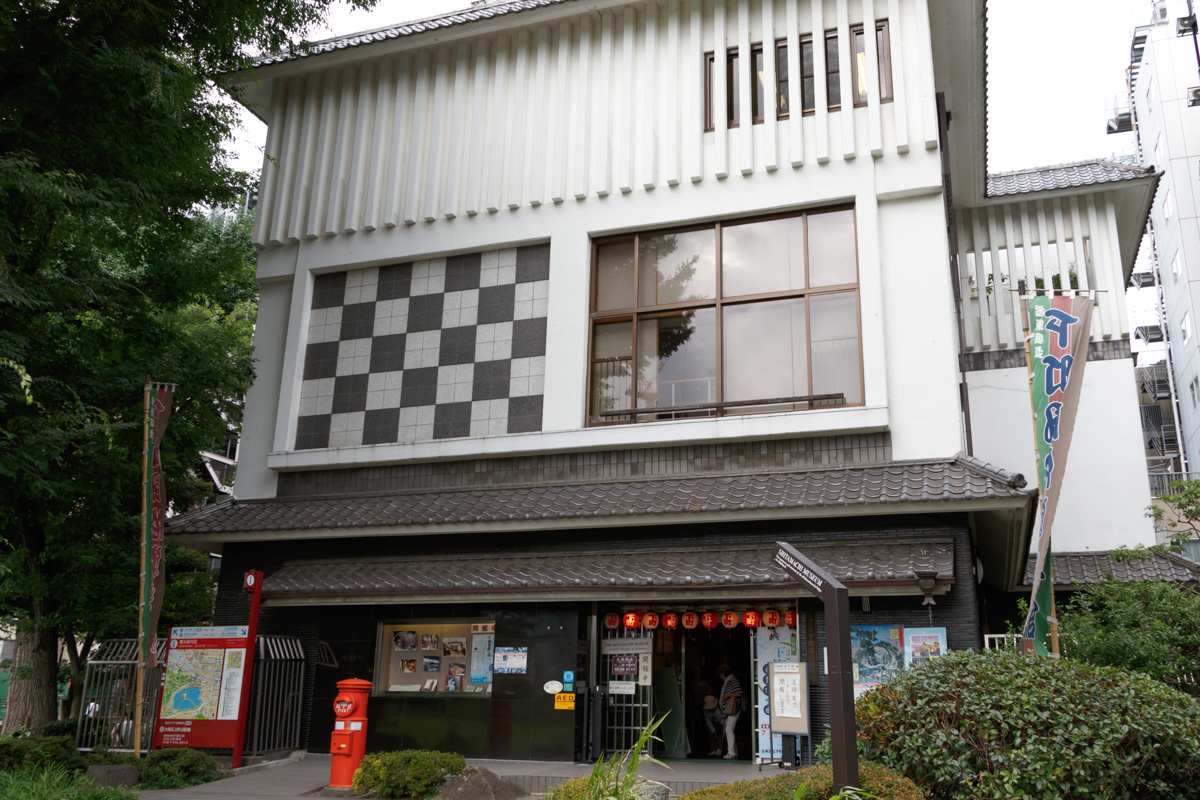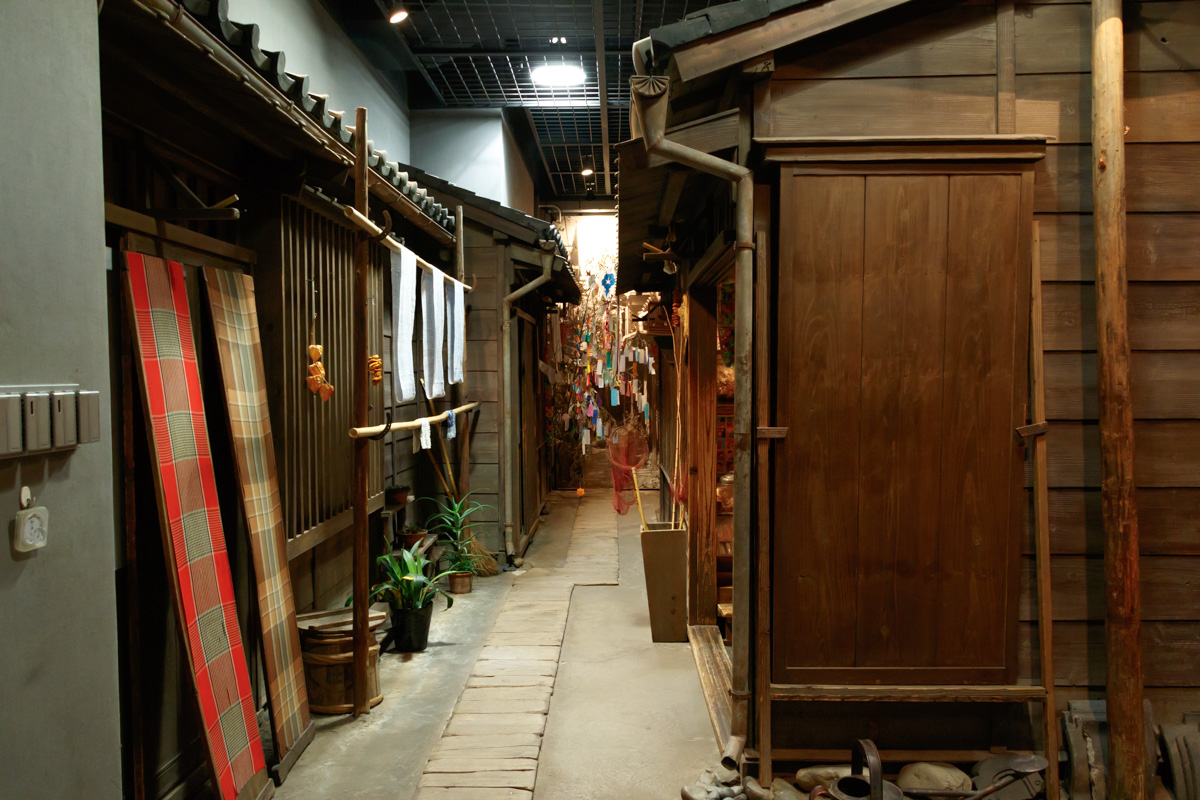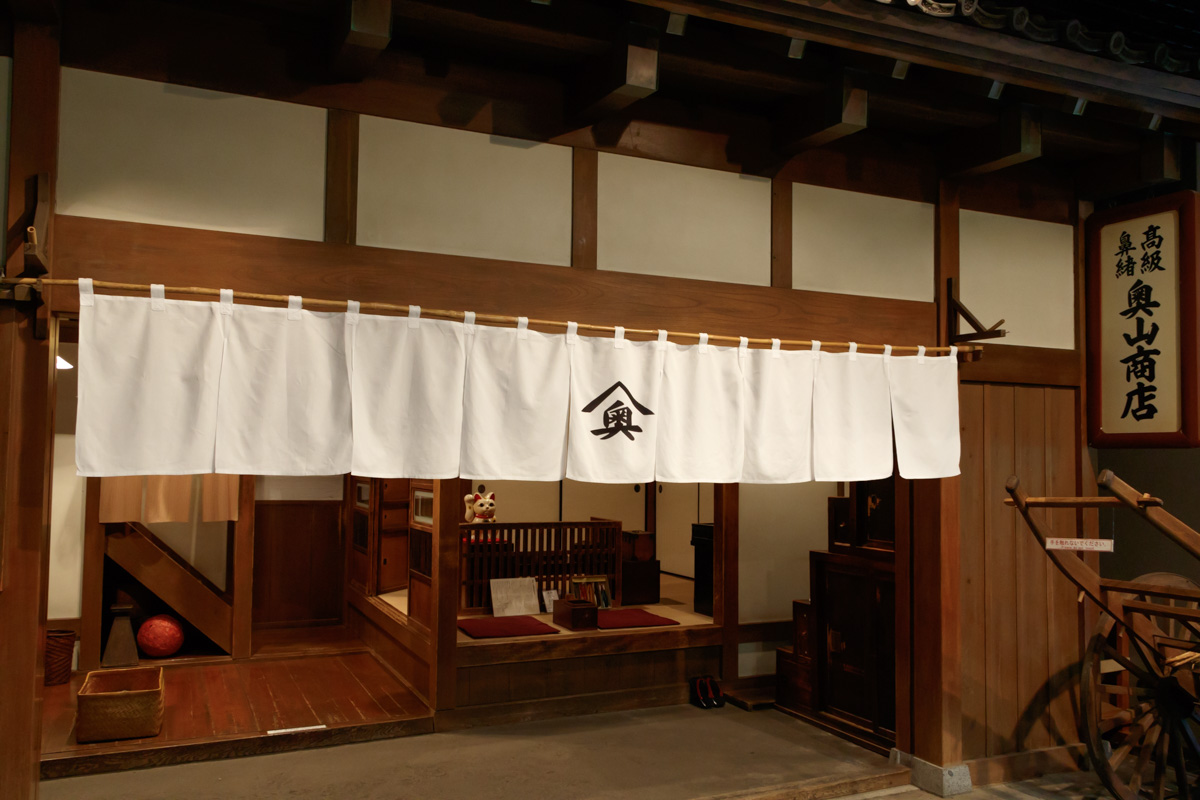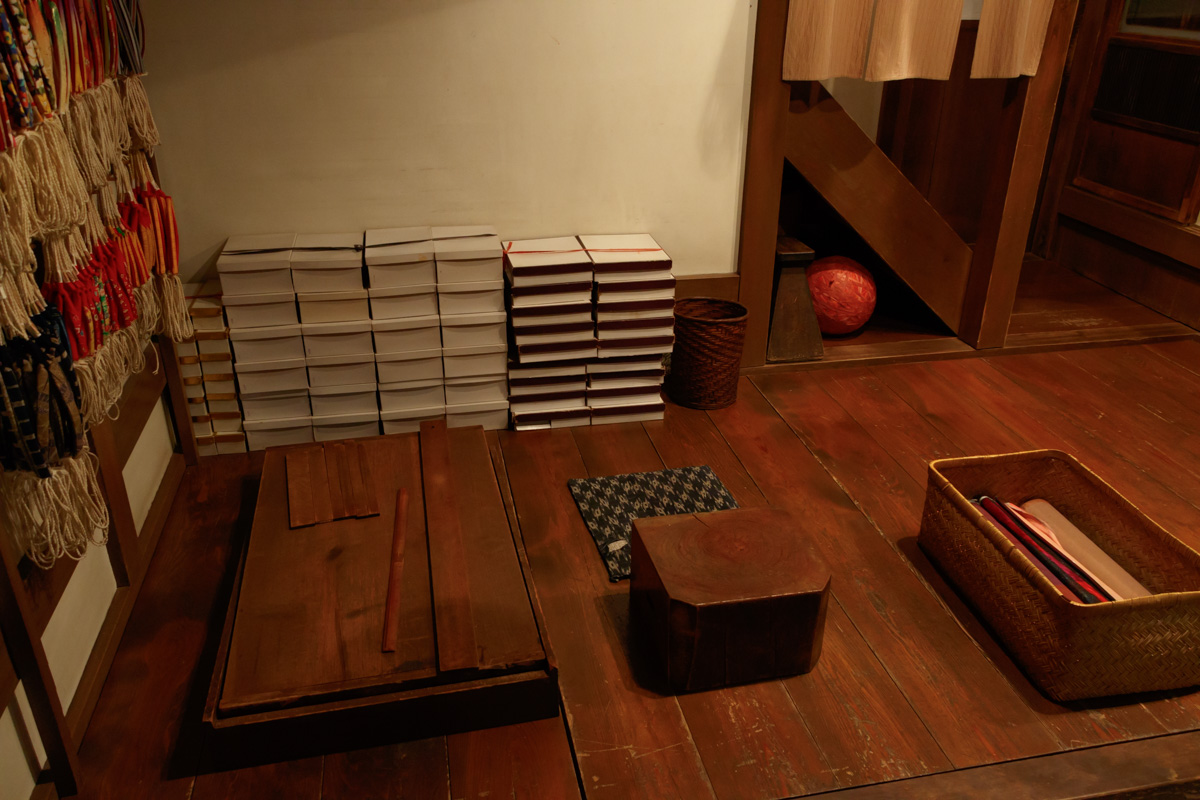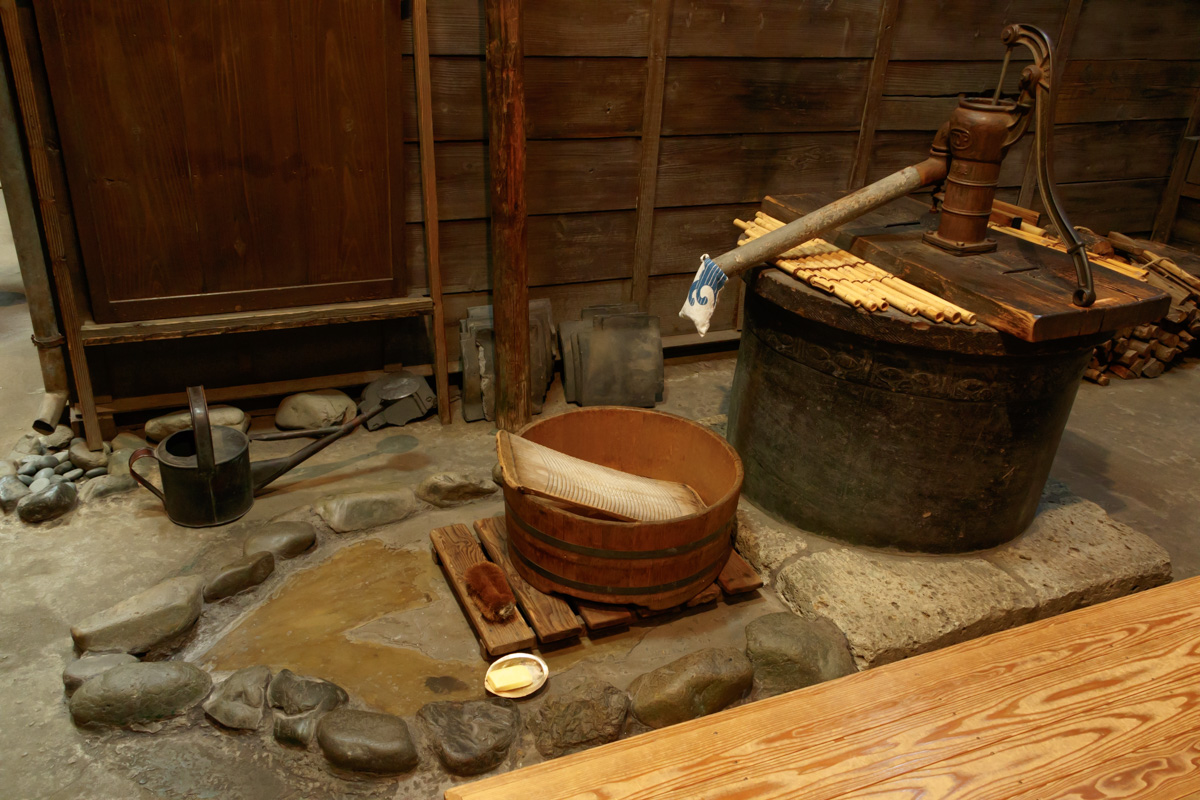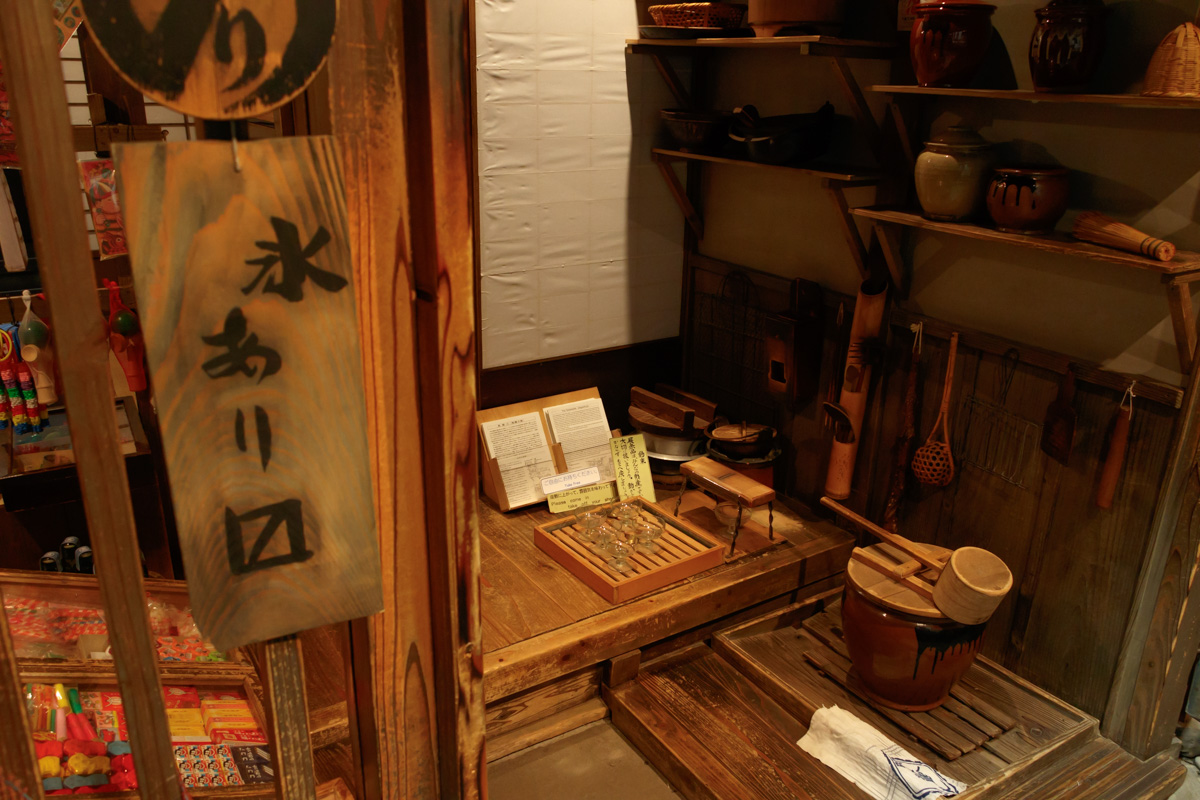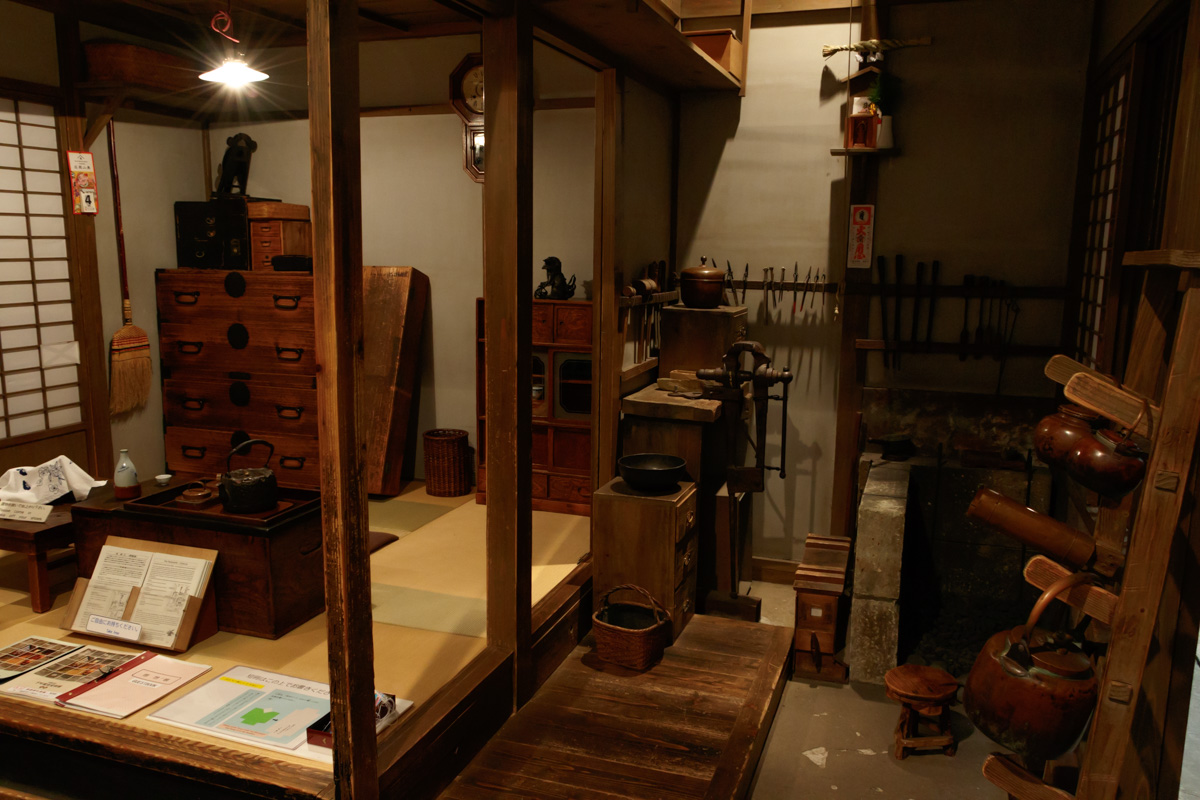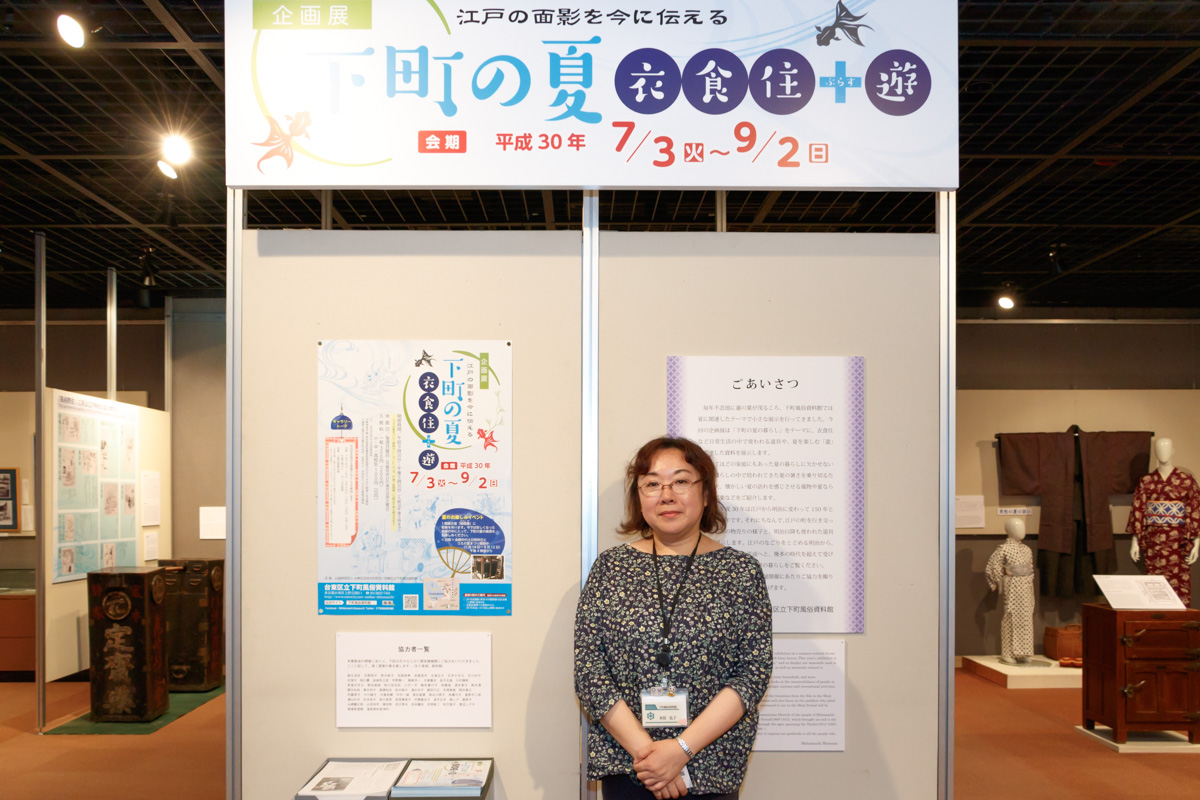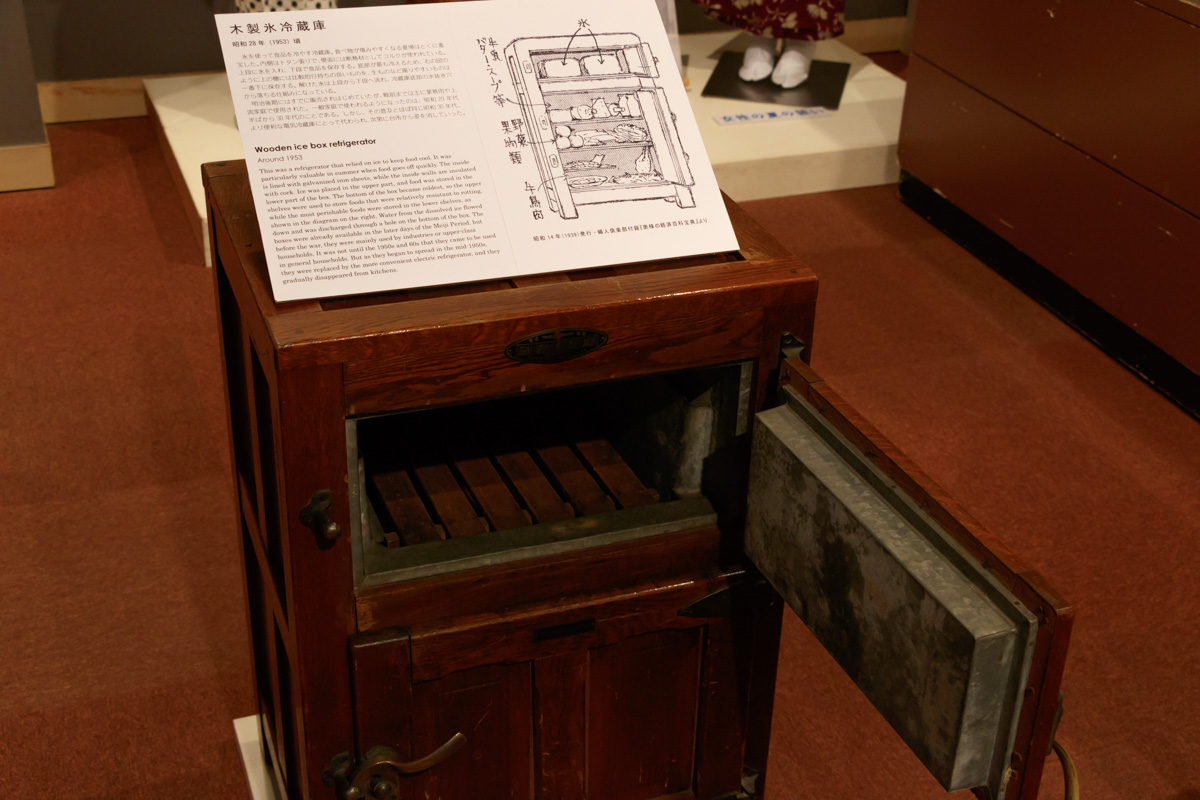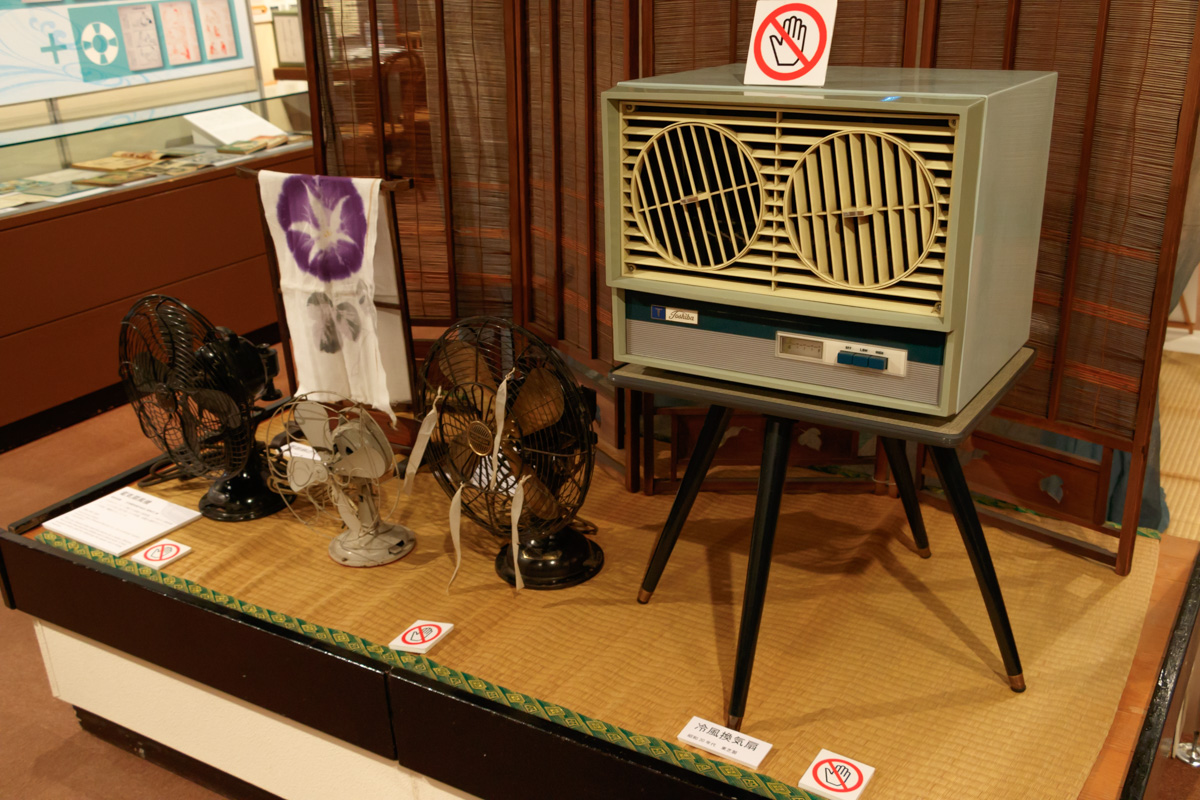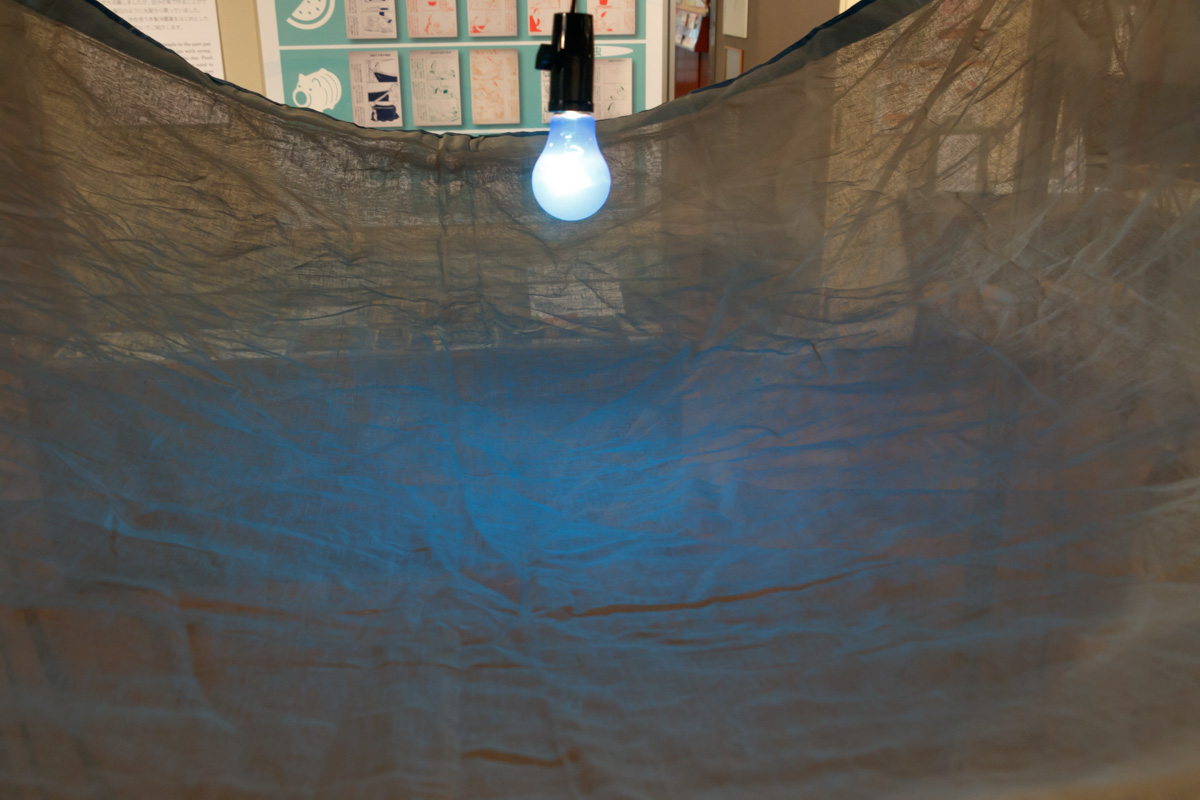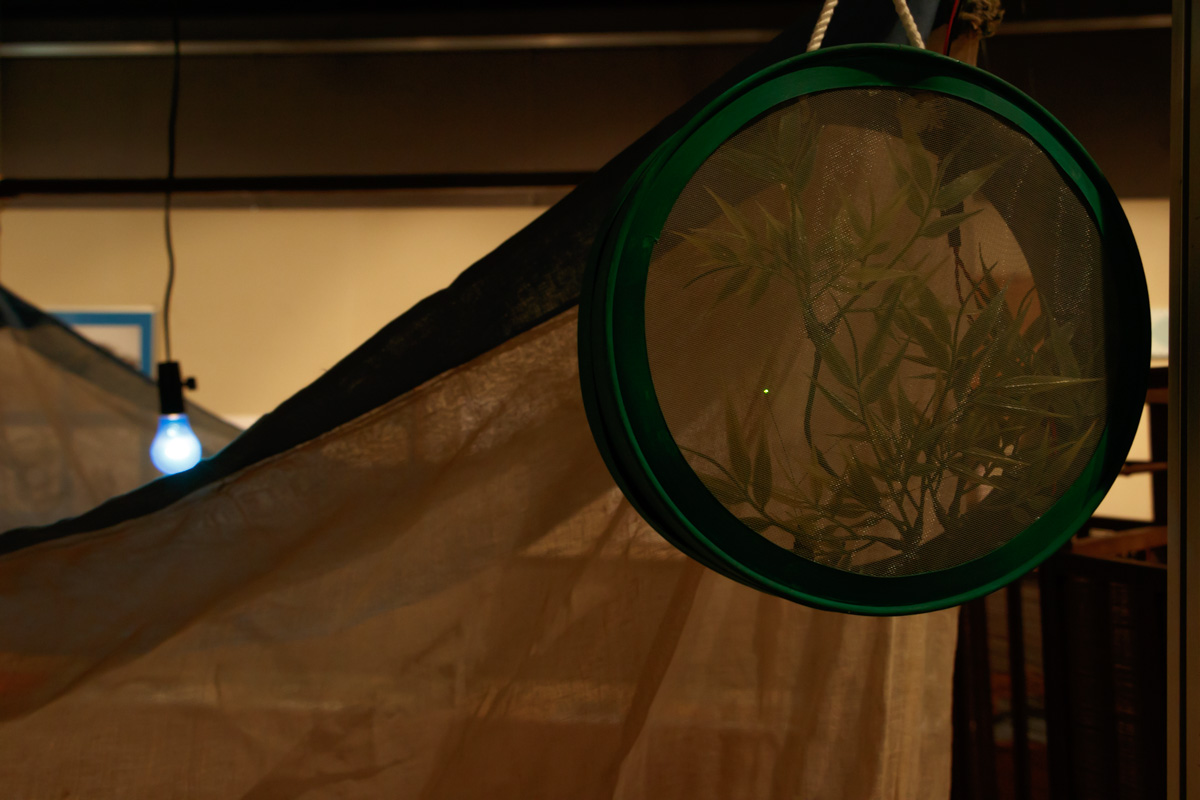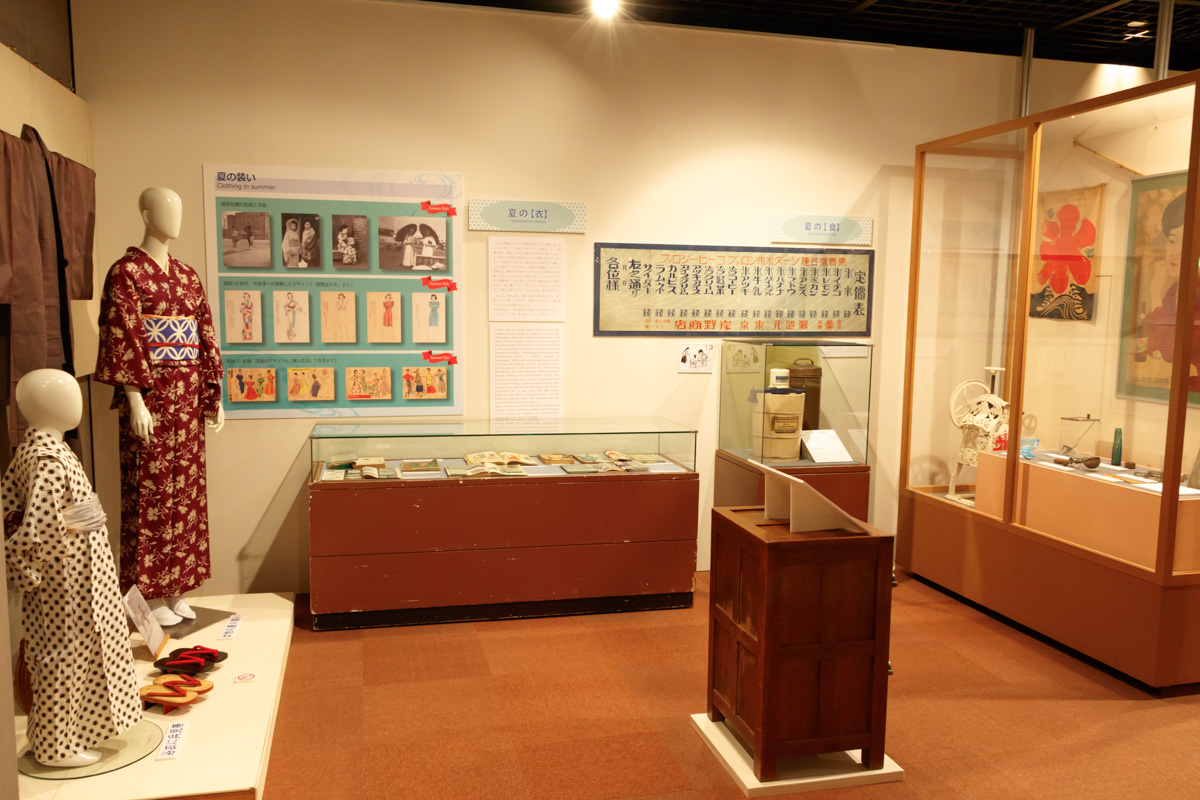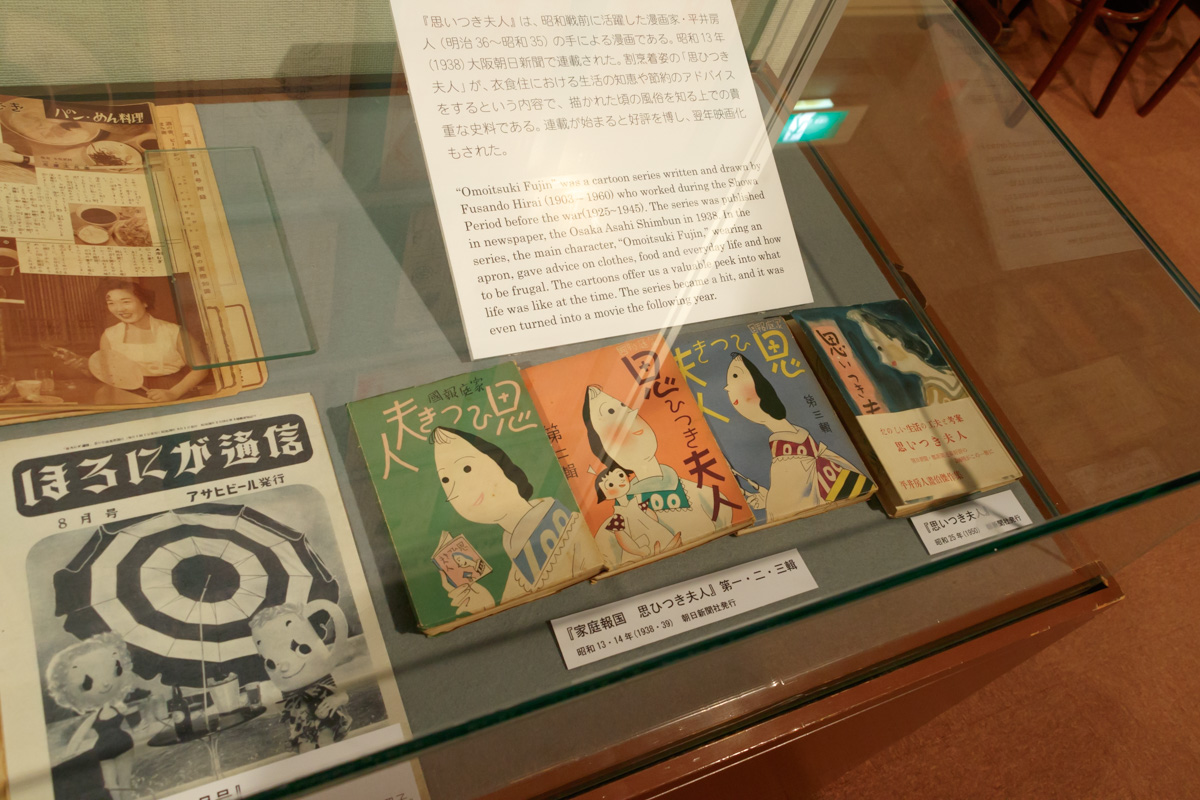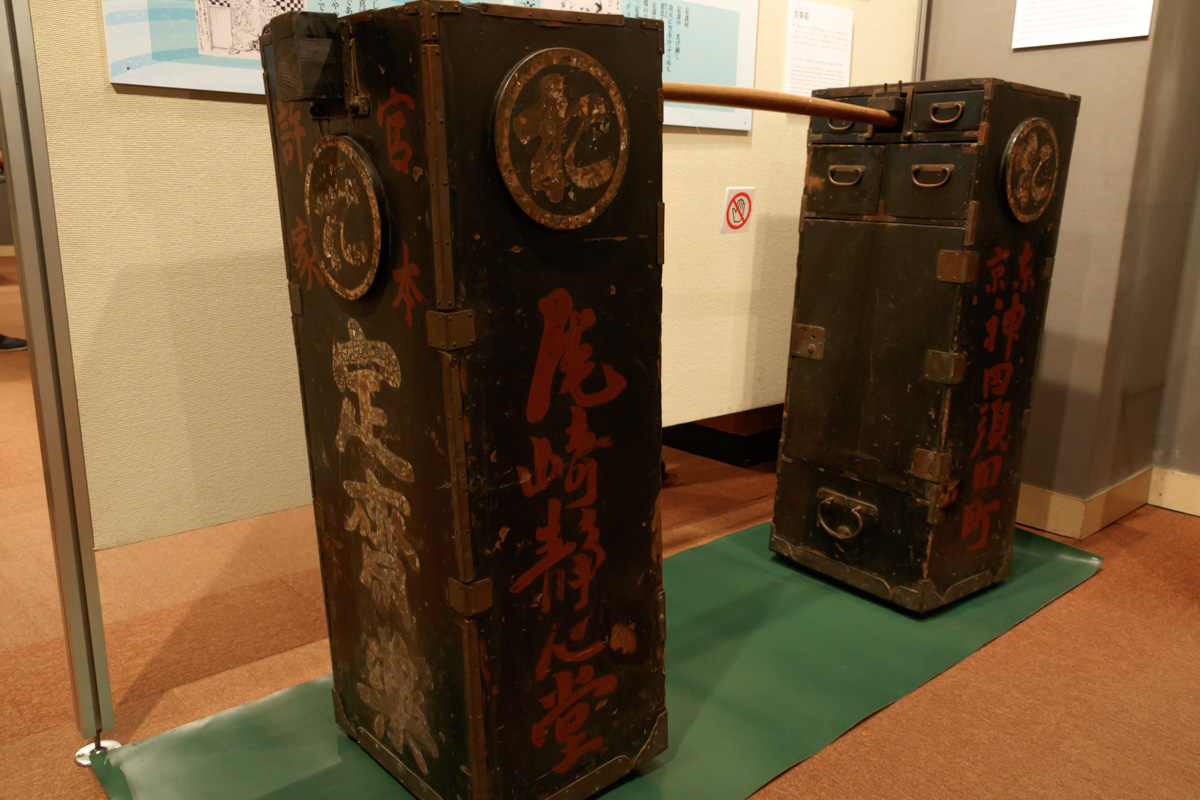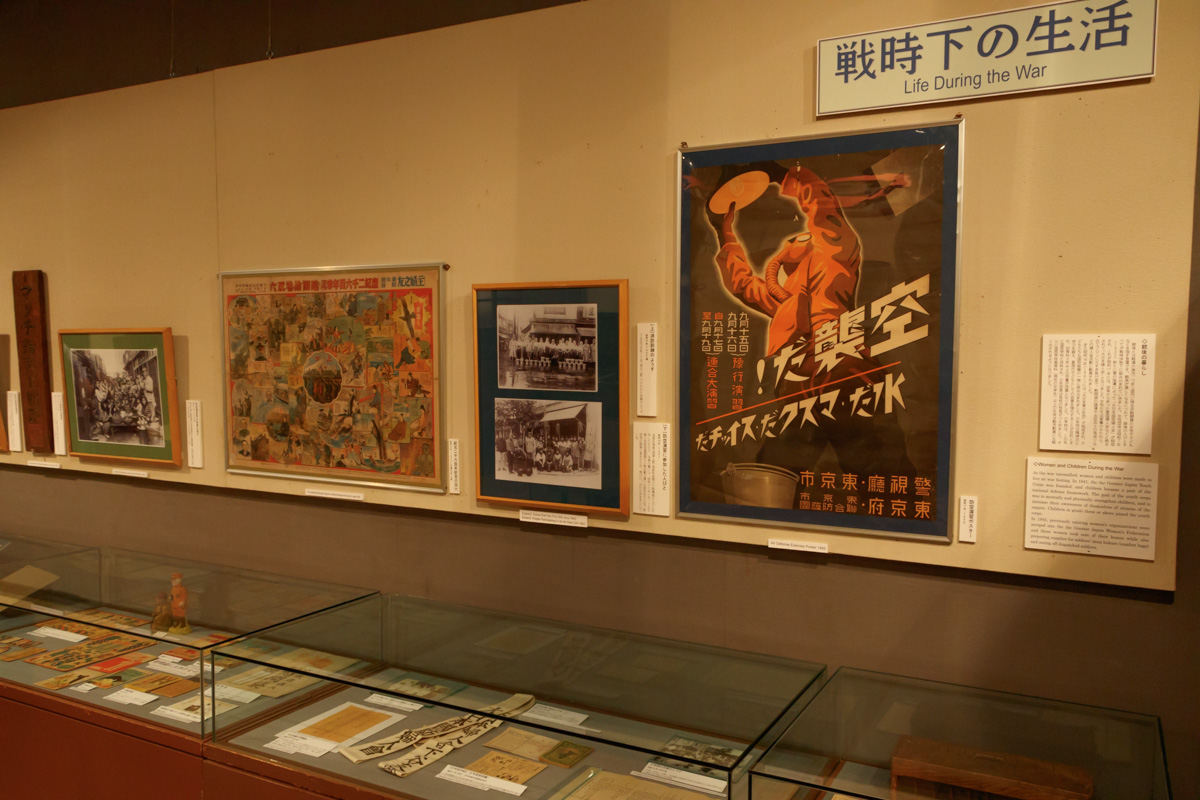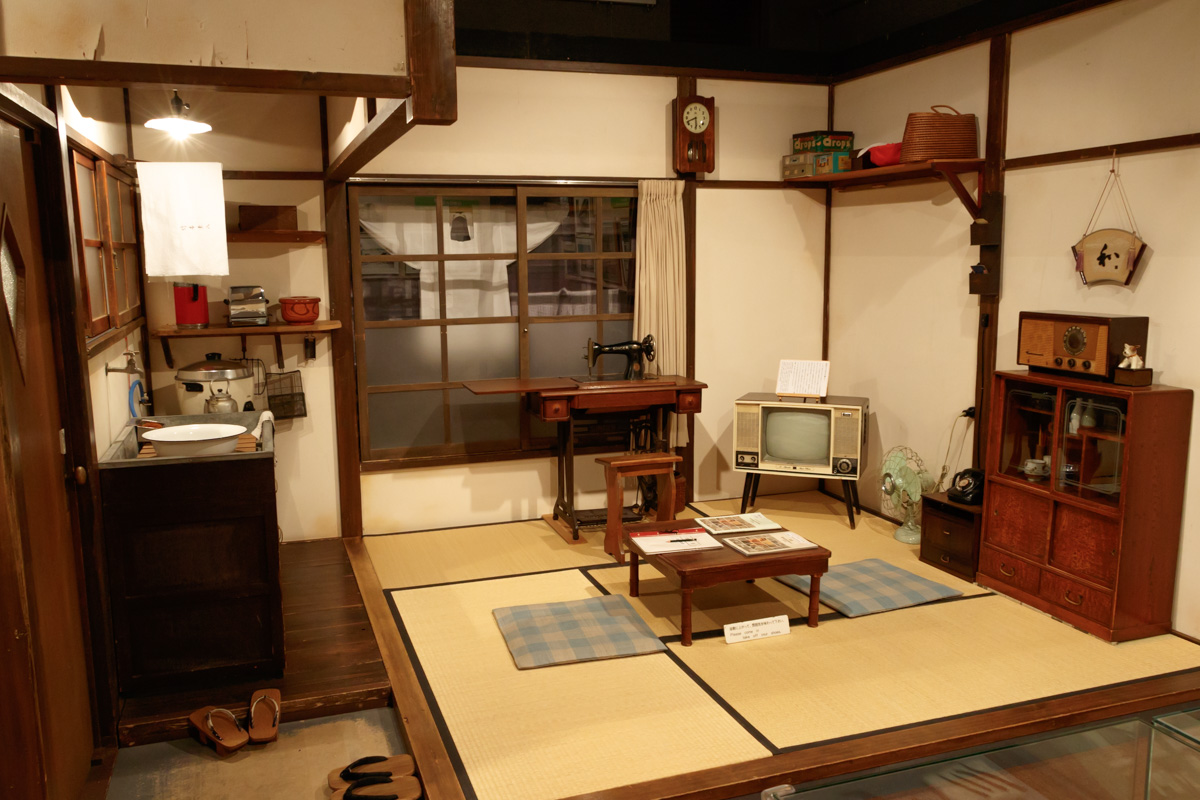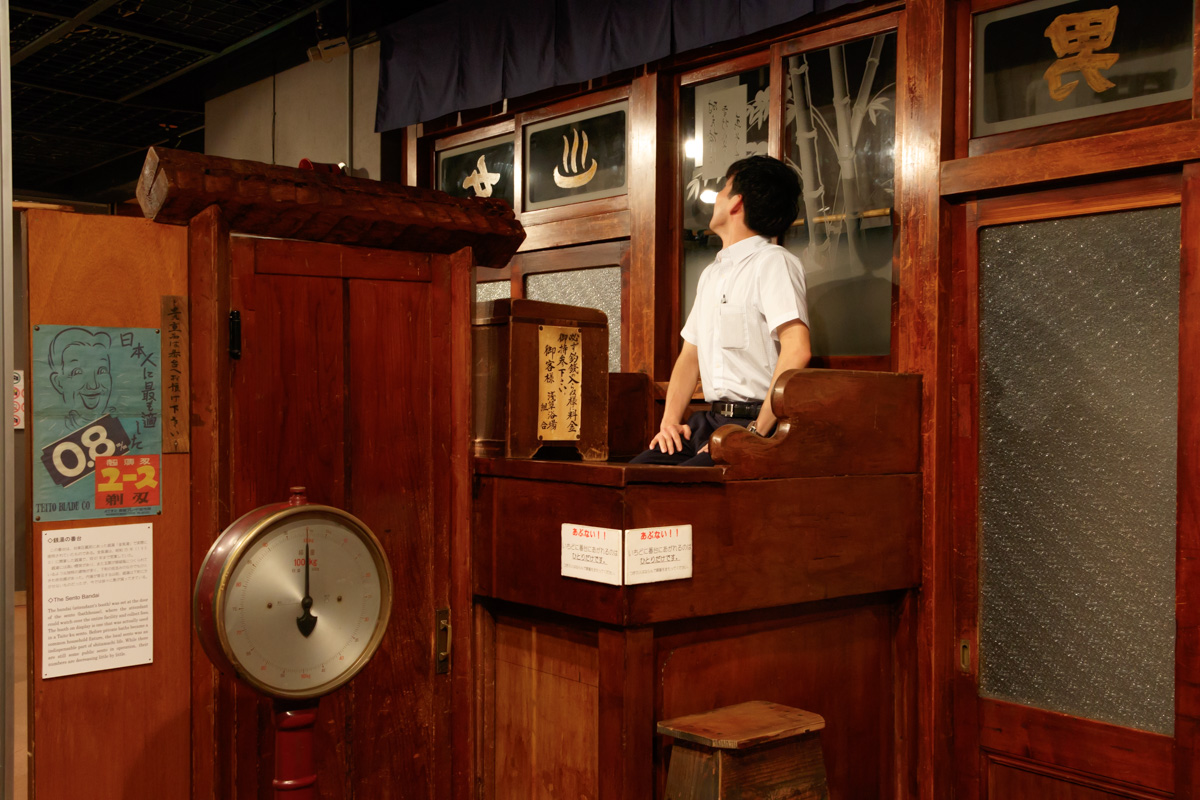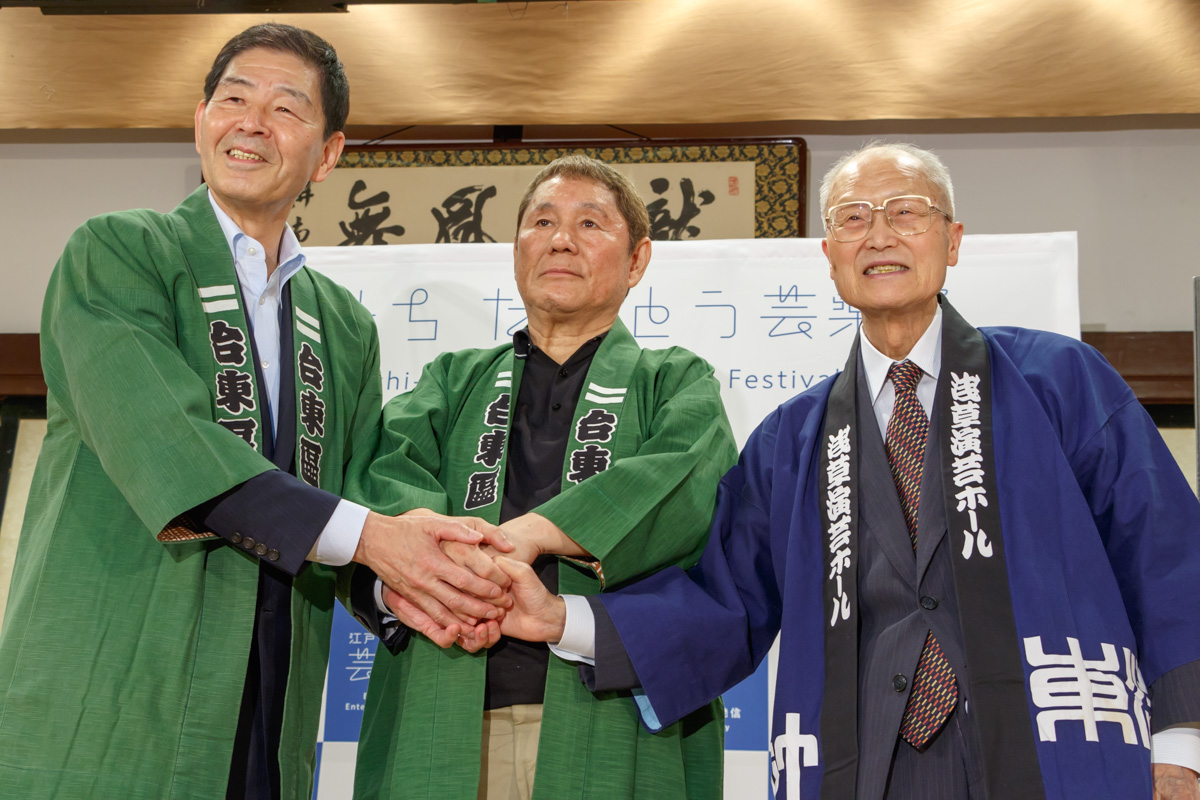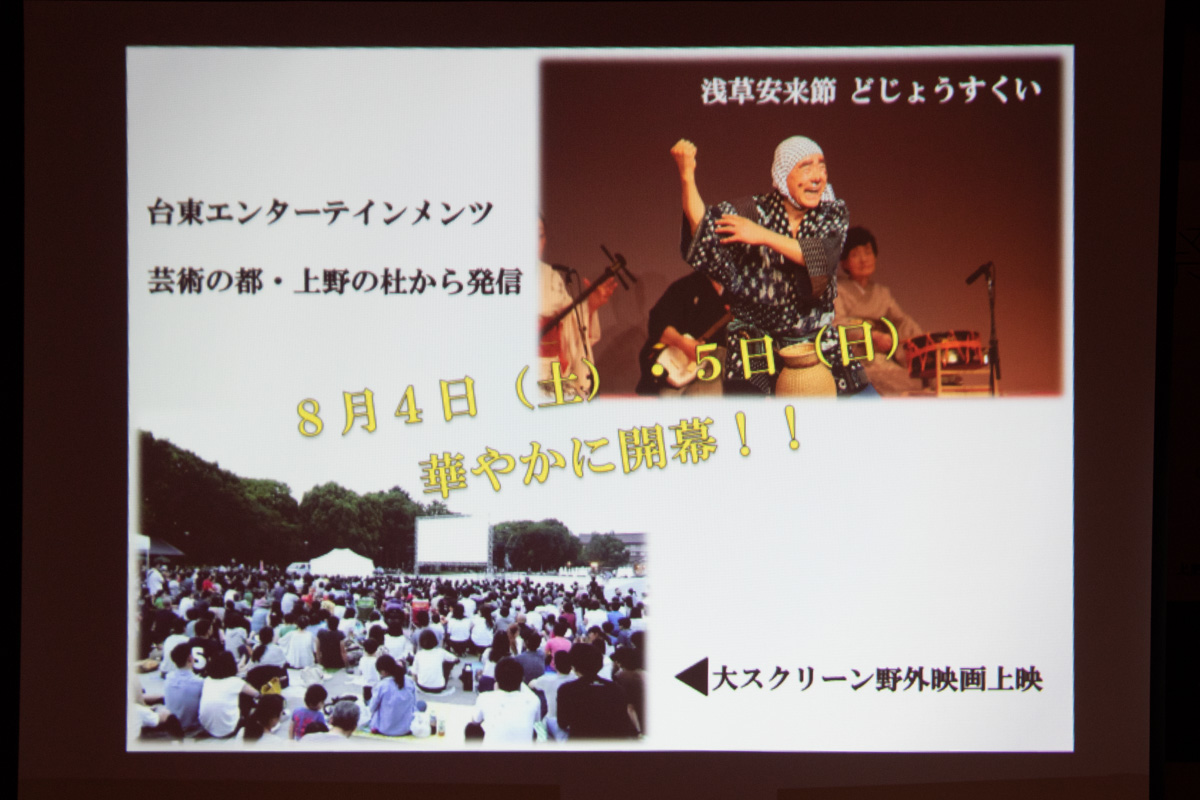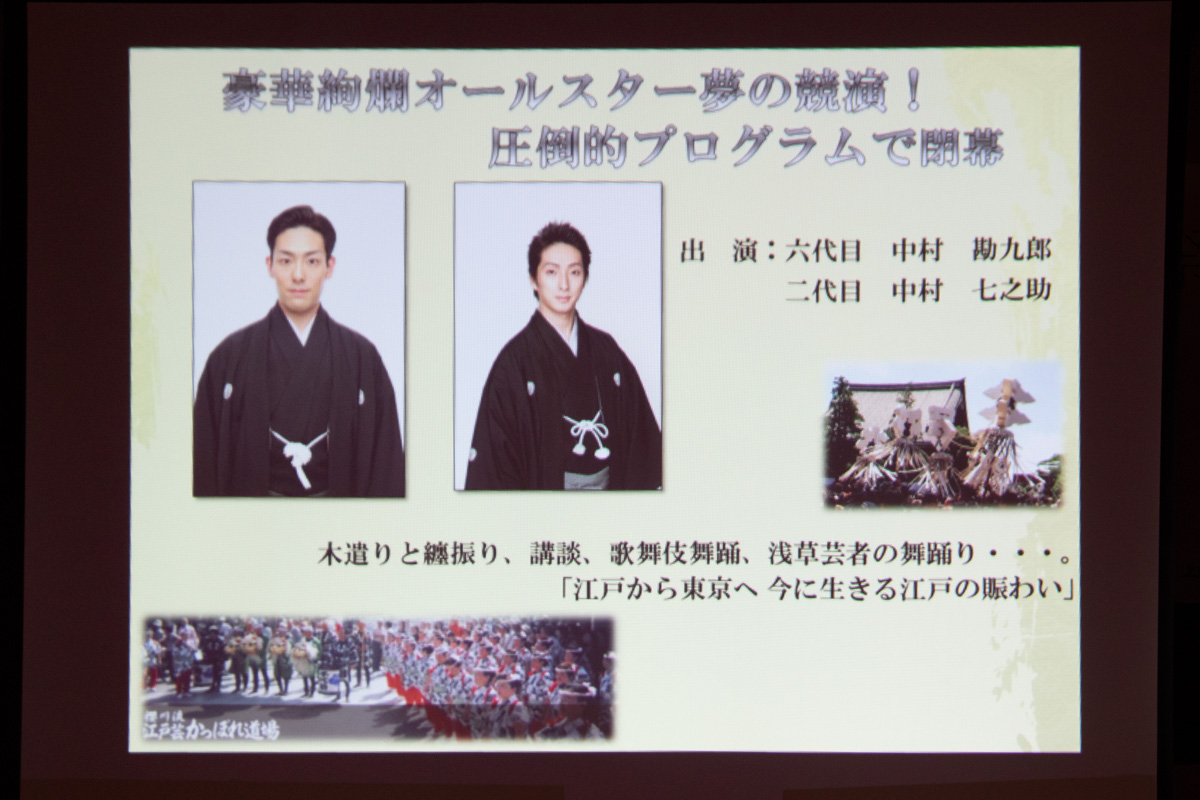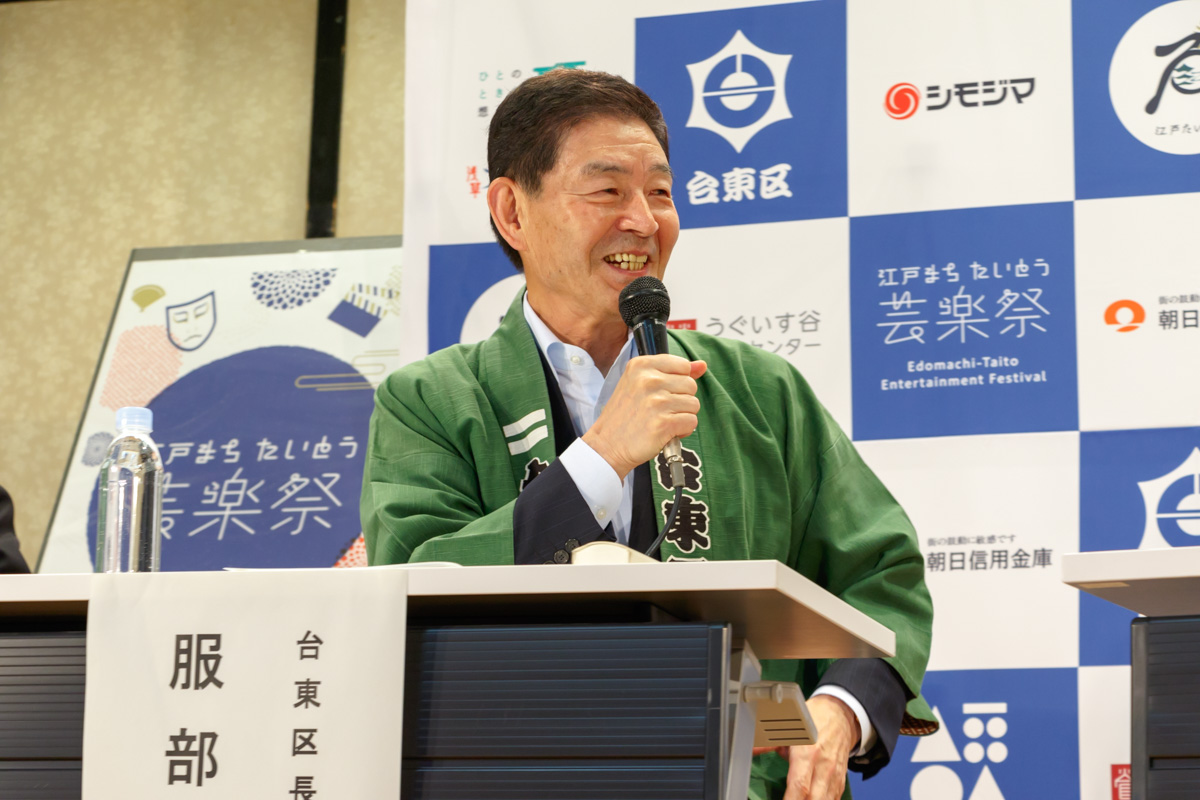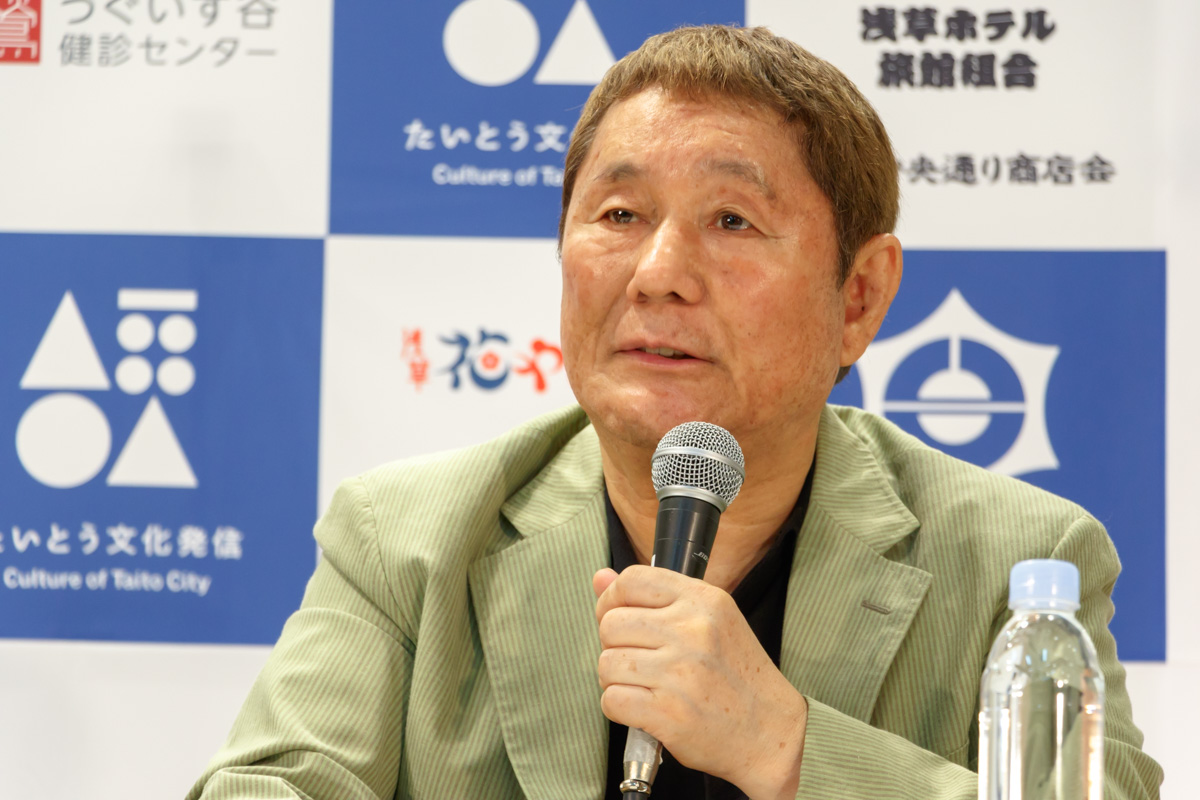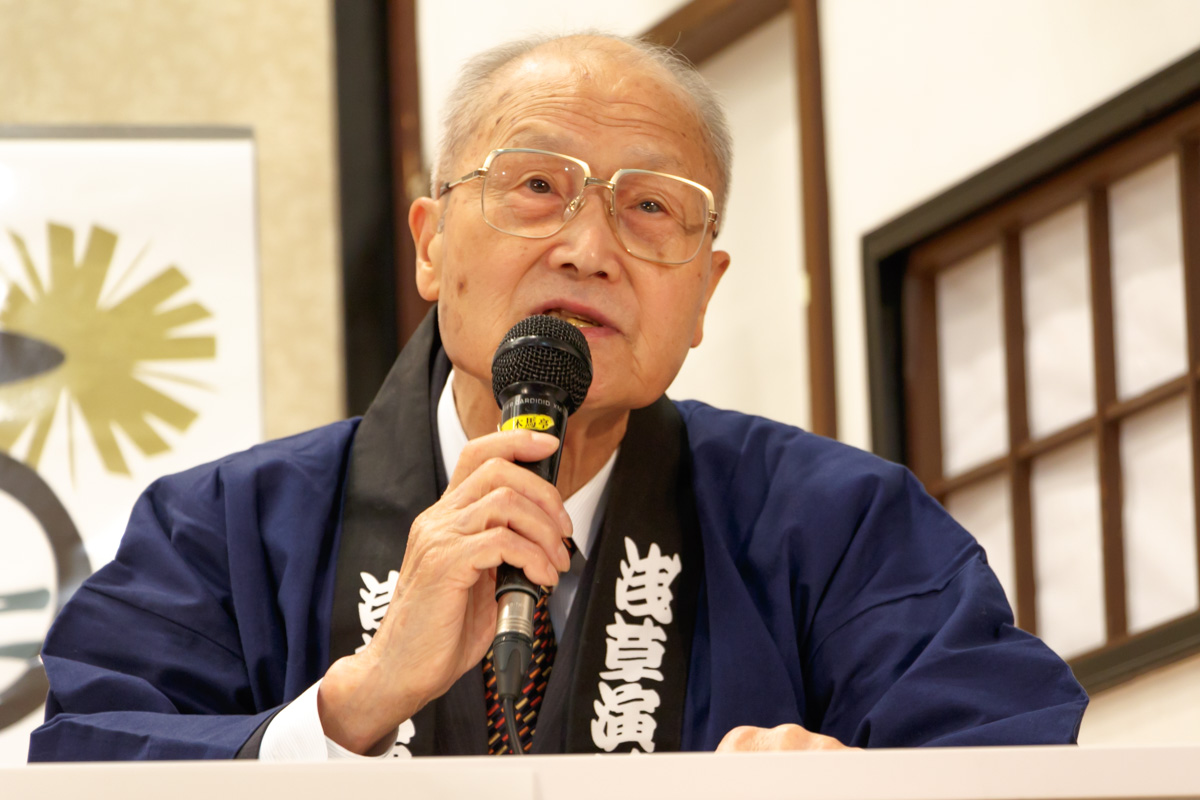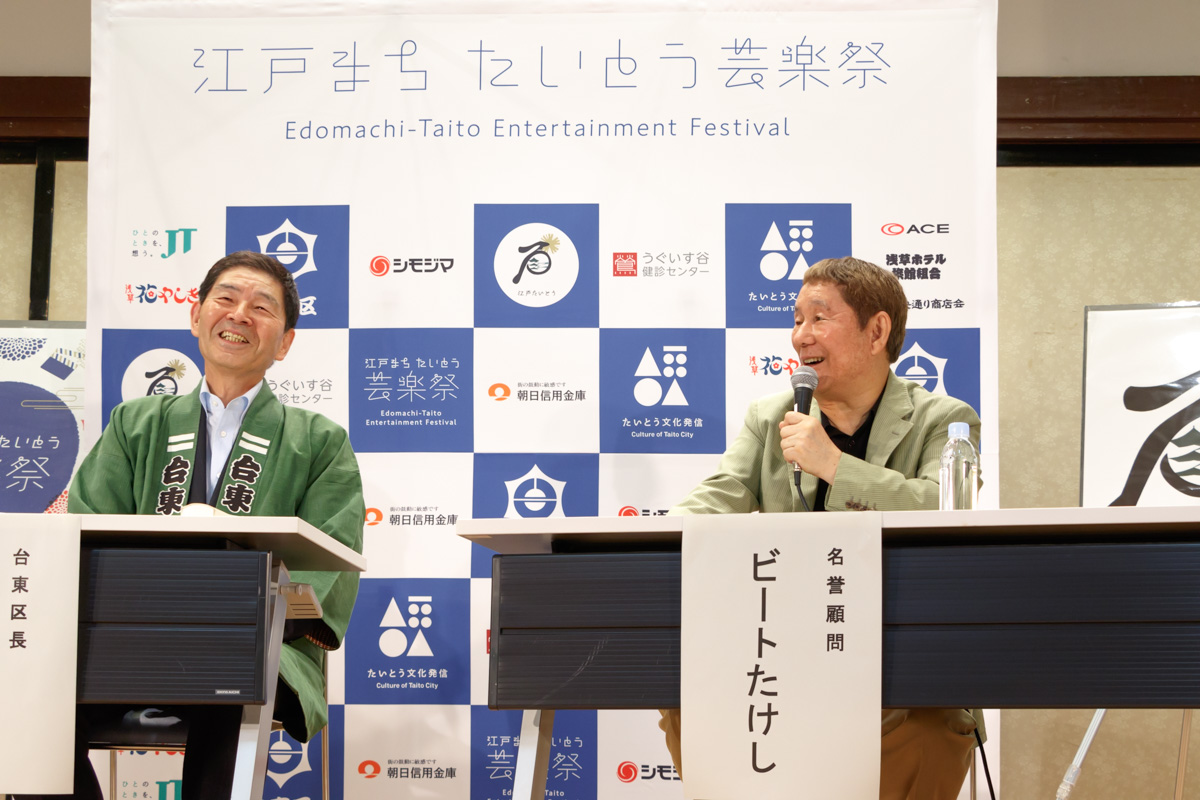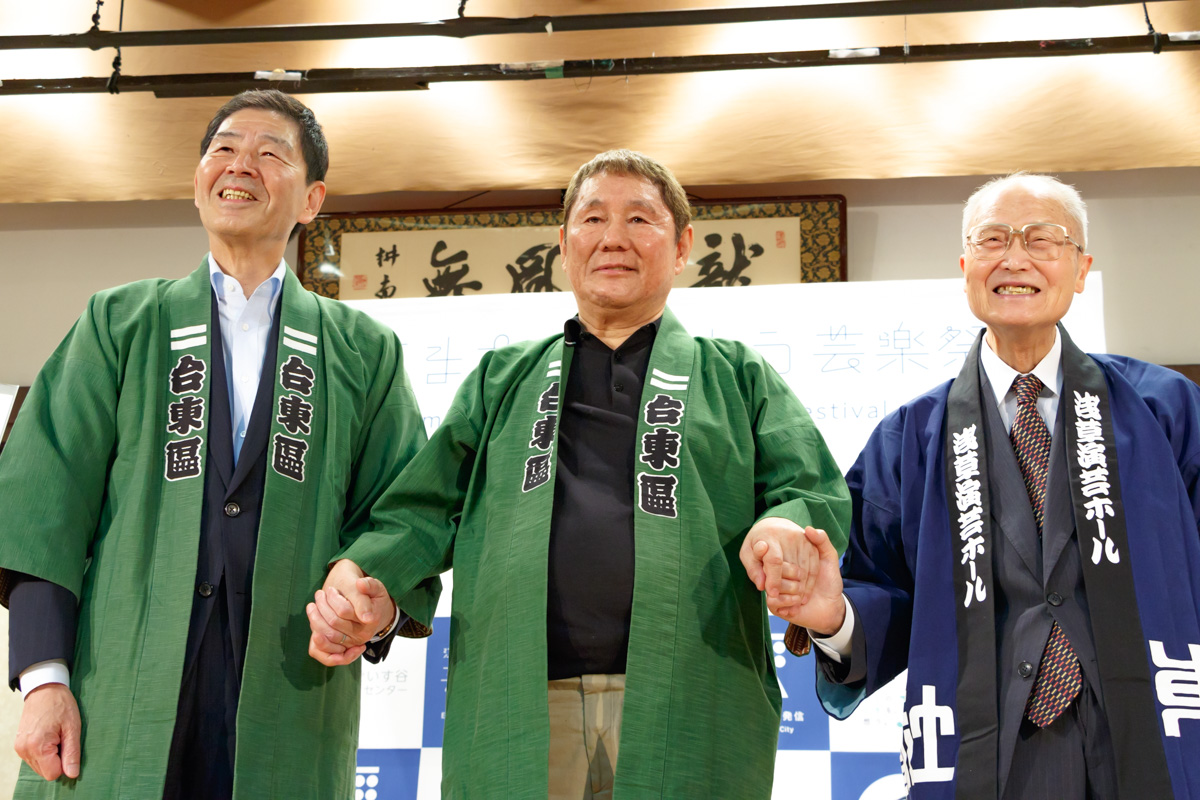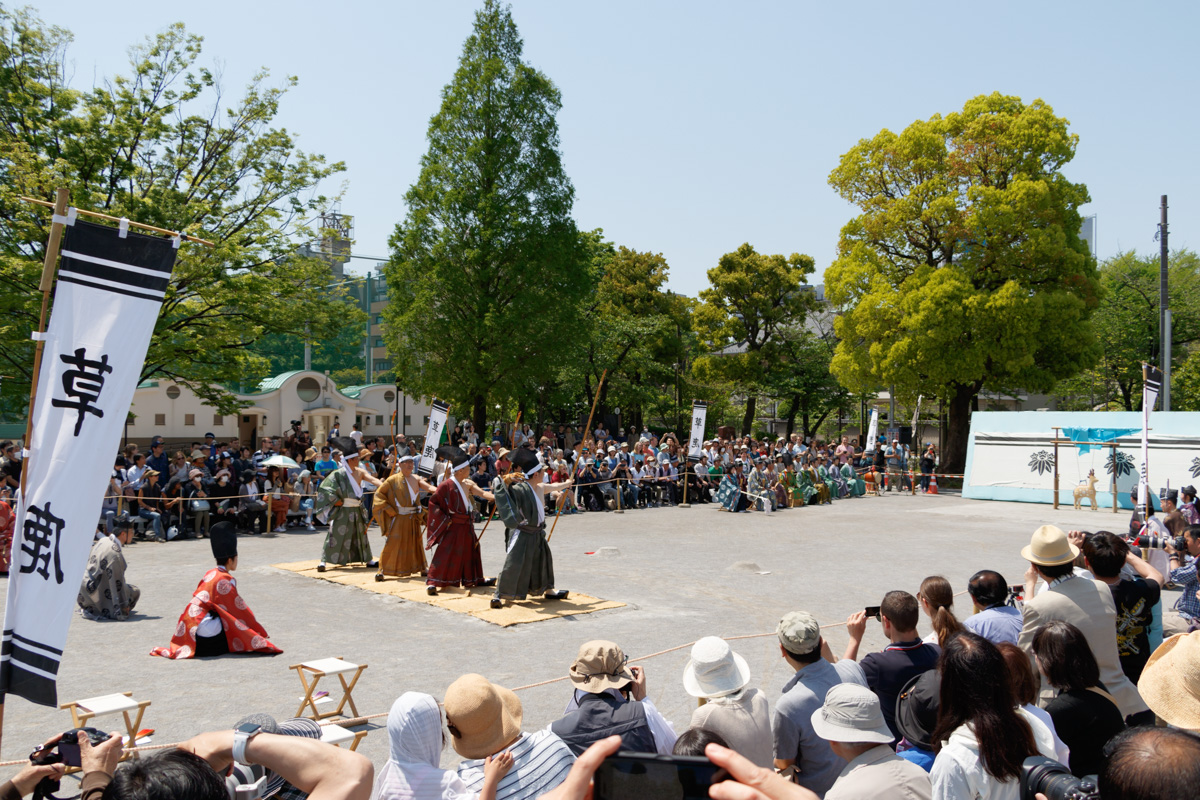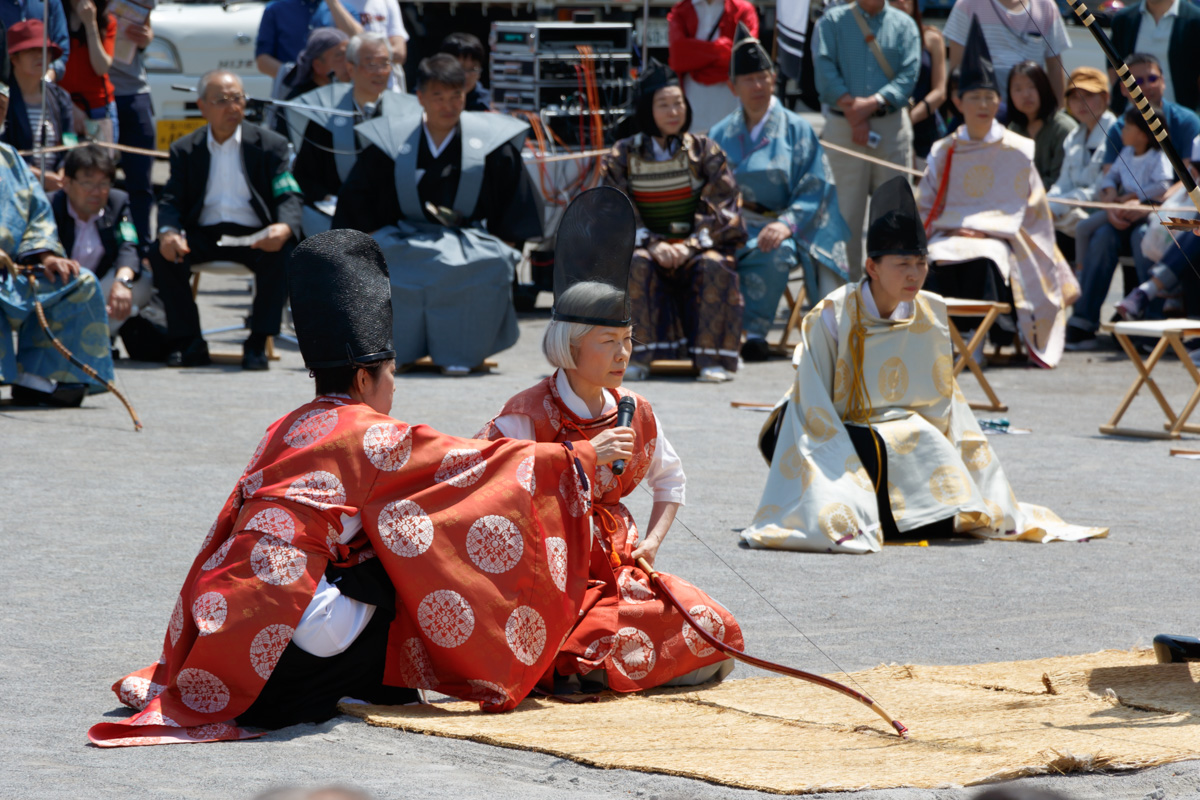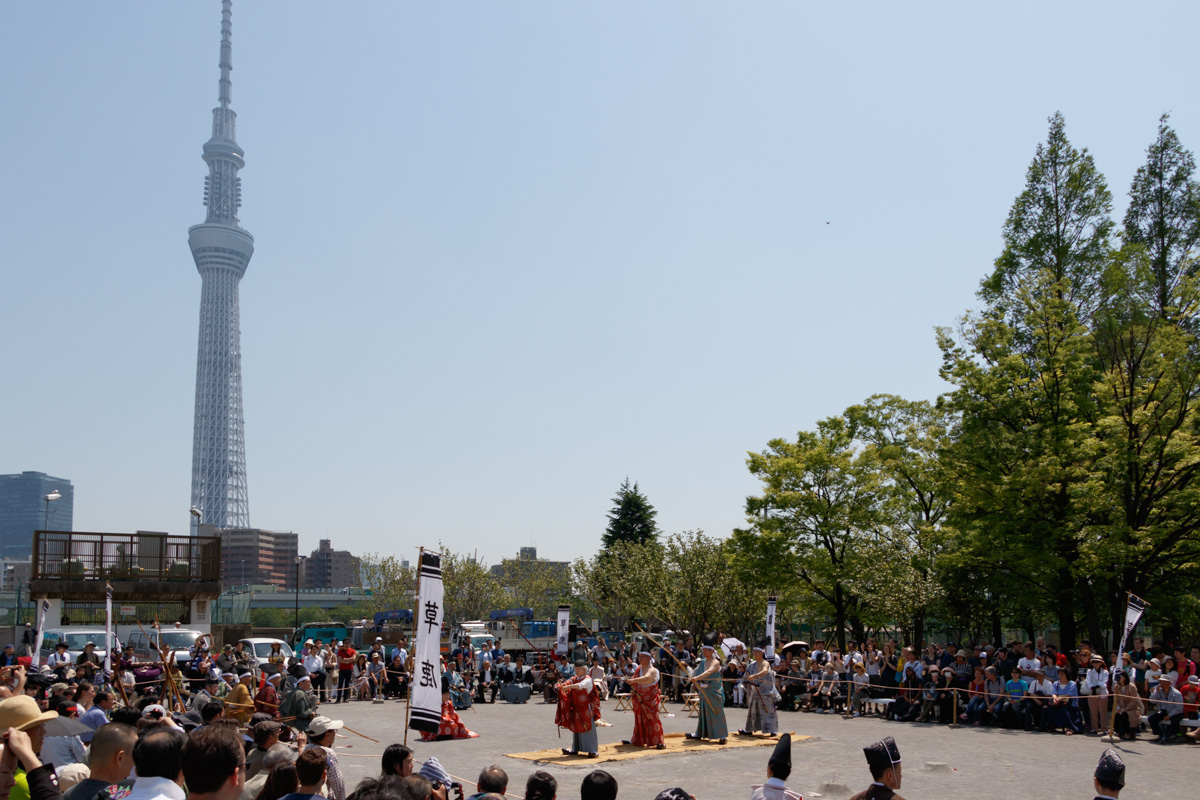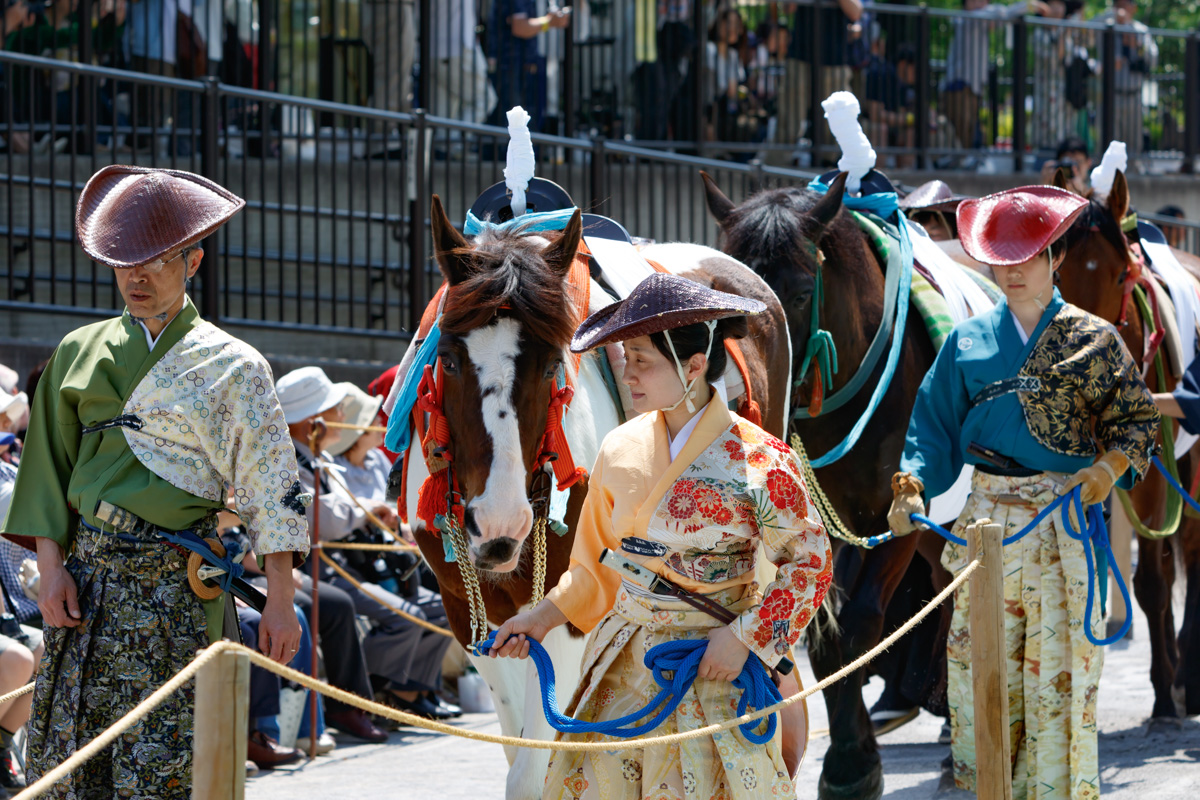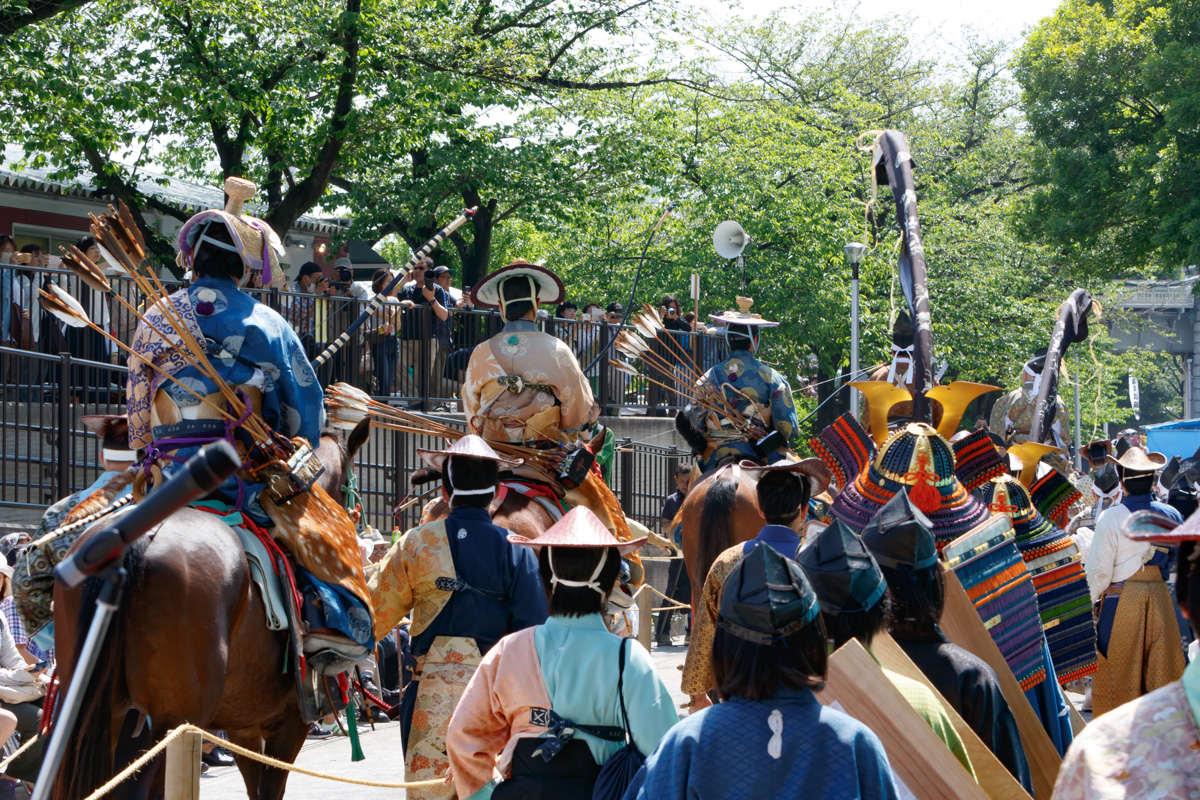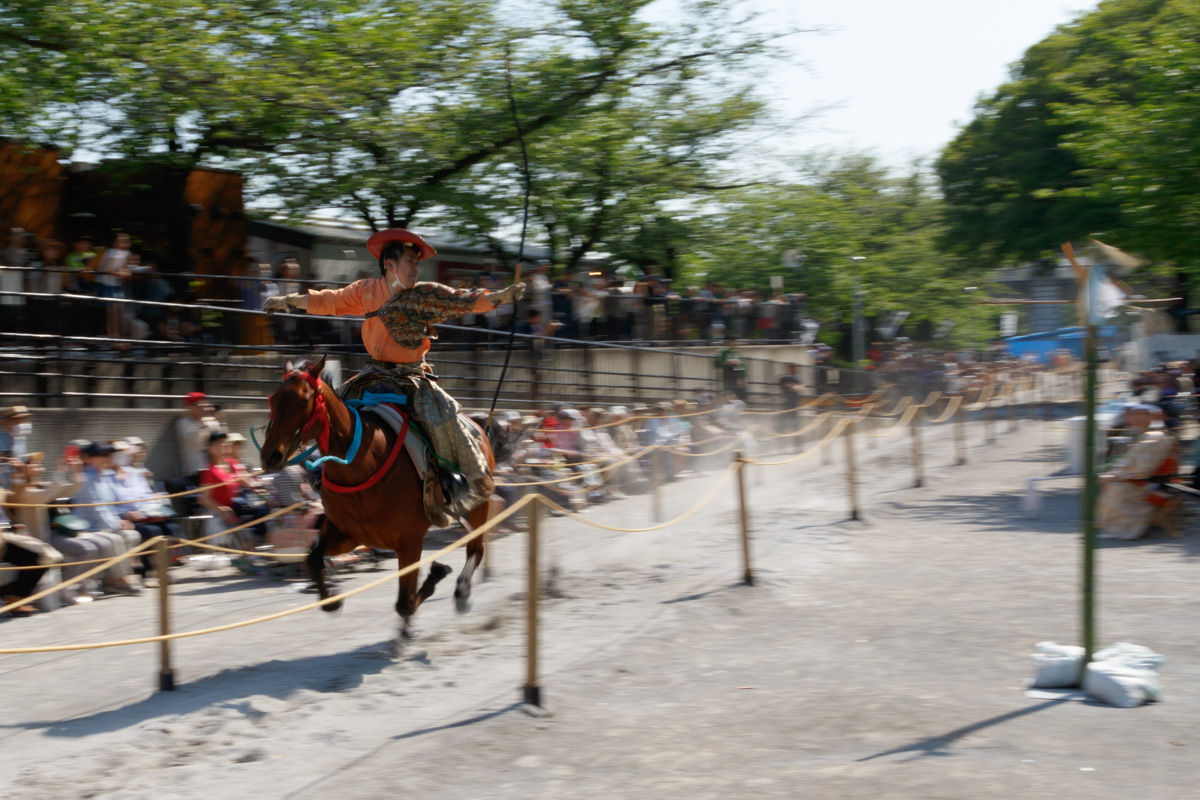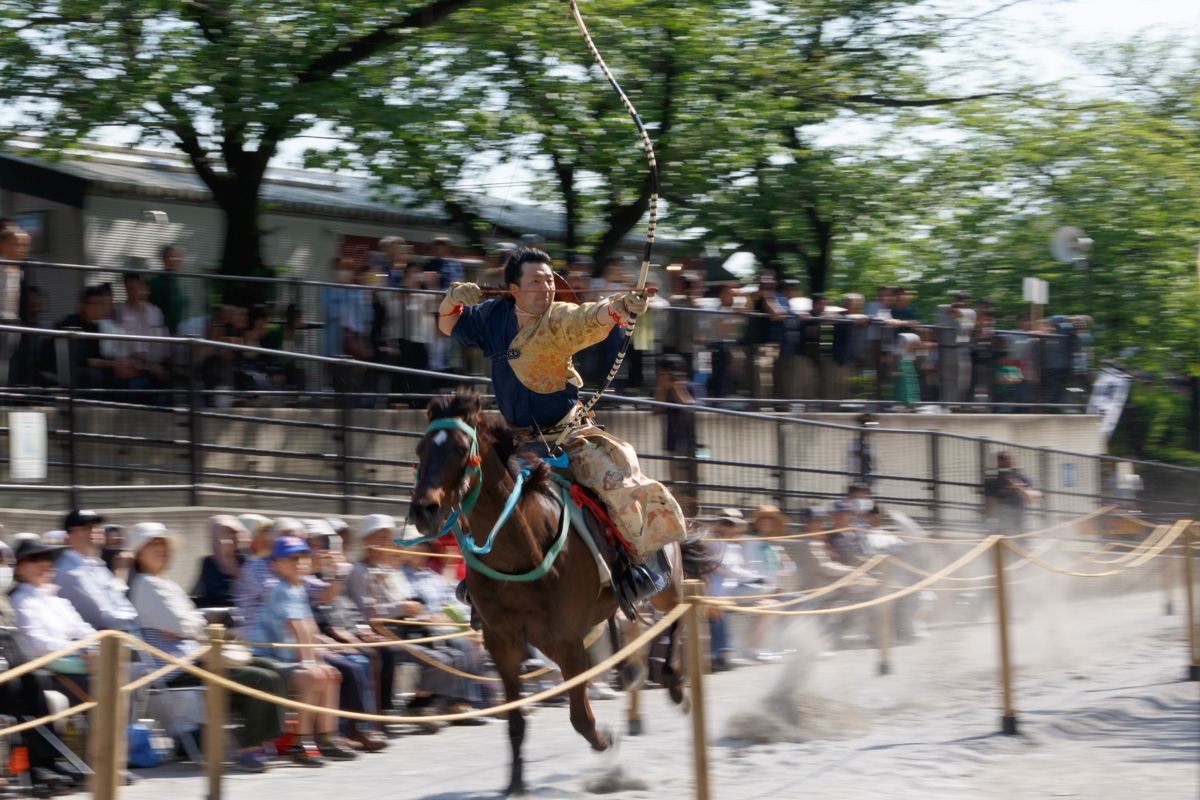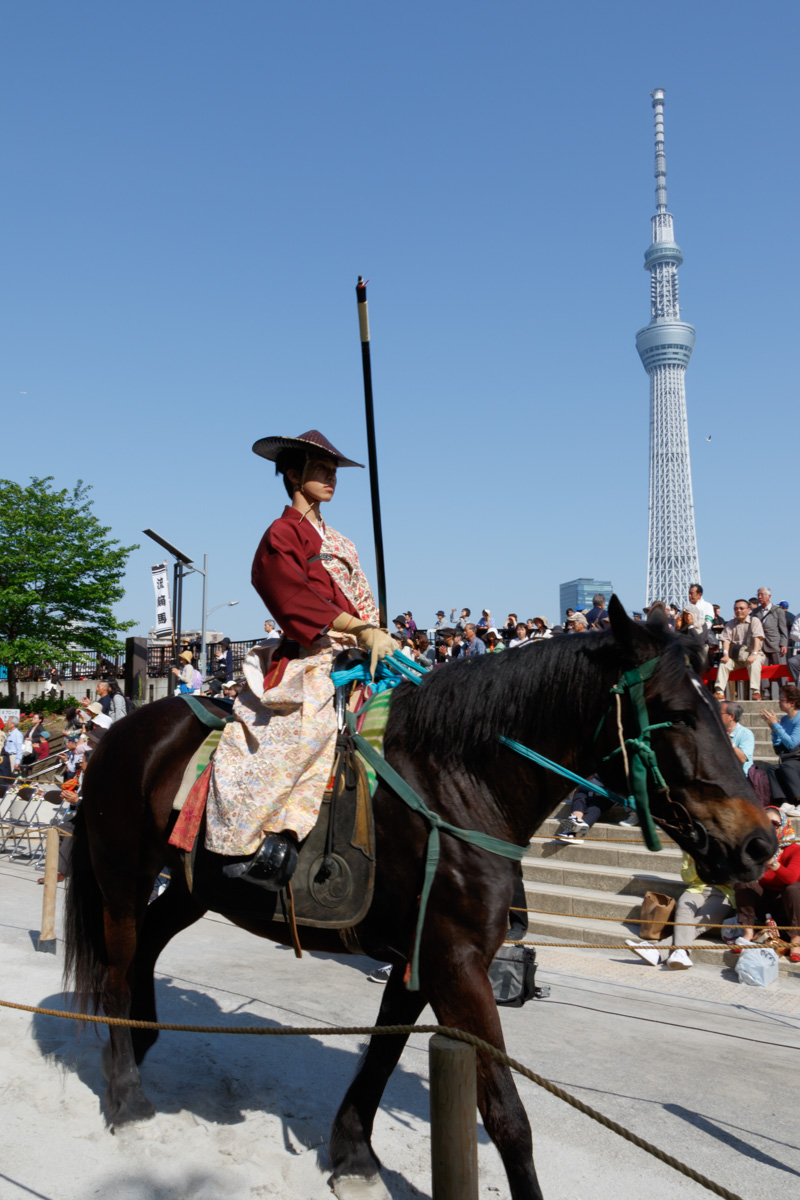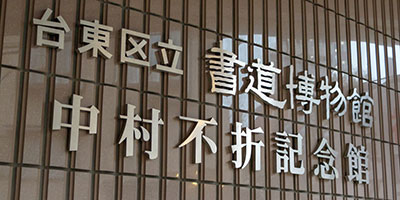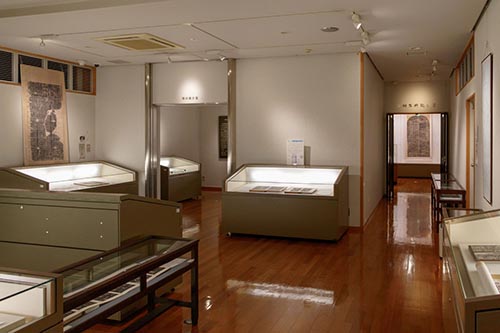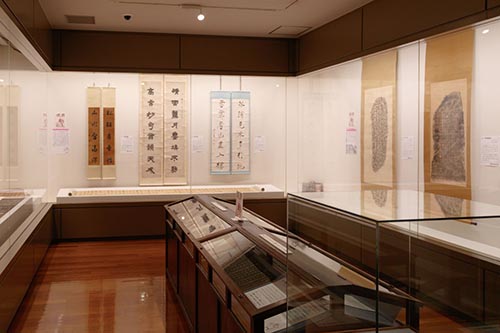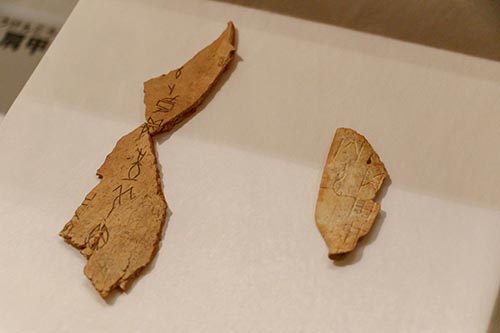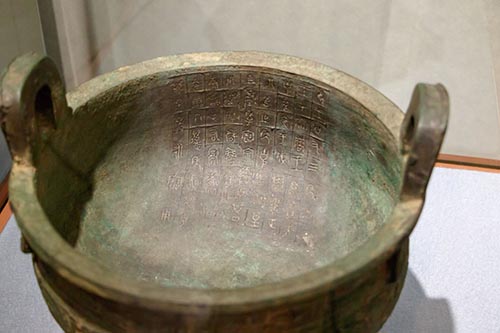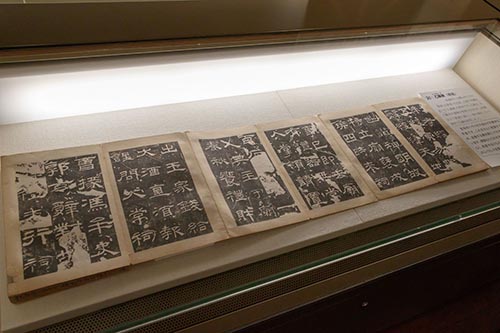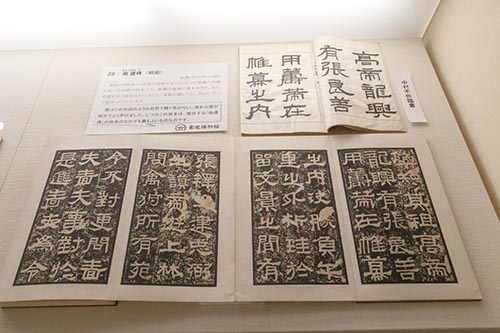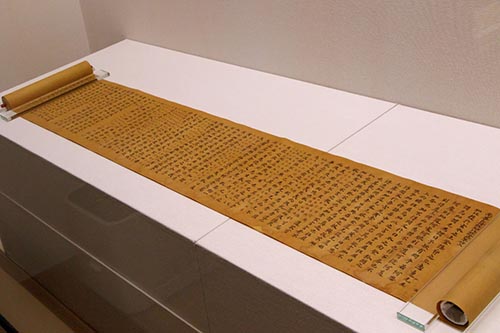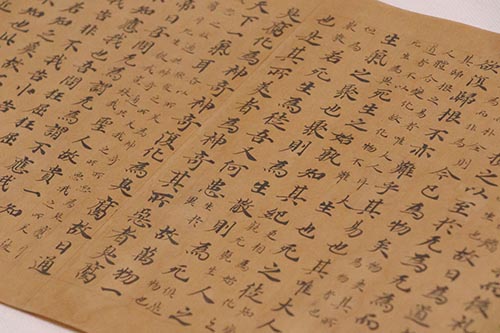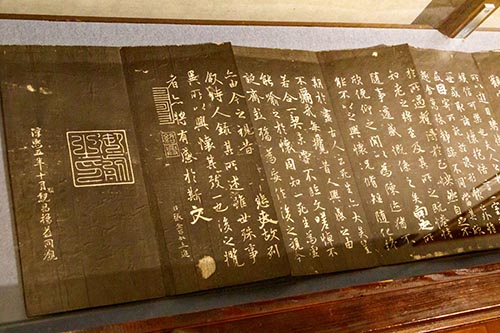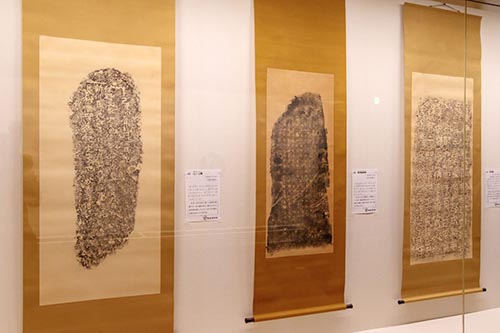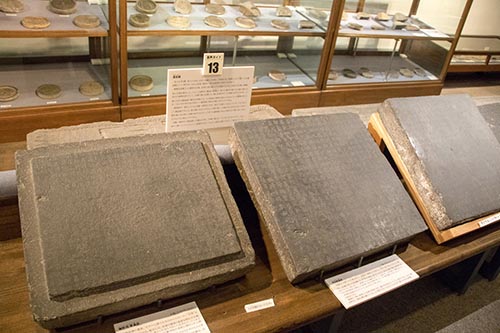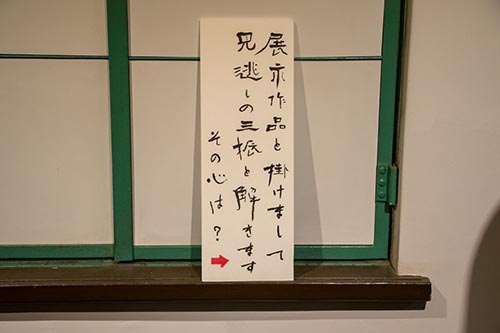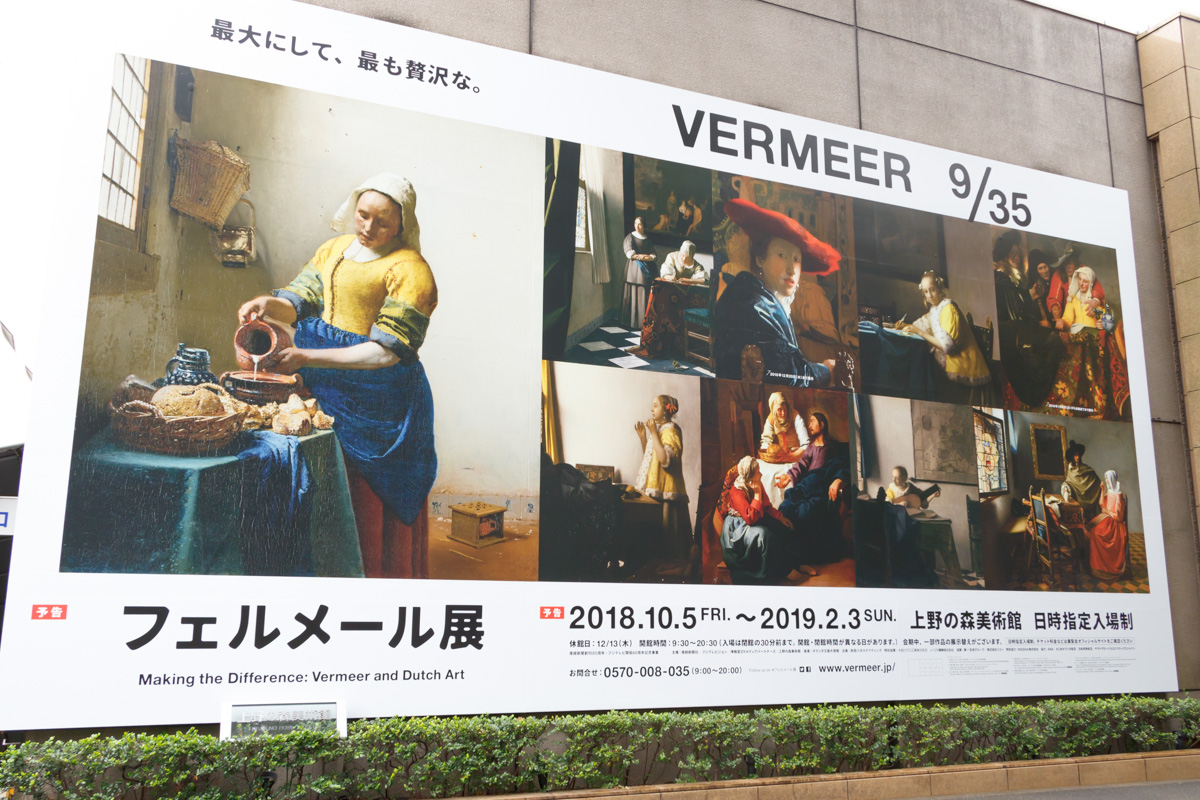
Johannes Vermeer (1632-75), the Dutch painter who represents the Dutch Golden Age. There are scarcity style and rareness that the existing works are said to be only 35 points, boasting immovable popularity both in Japan and abroad.
Making the Difference : Vermeer and Dutch Art; which is held at the Ueno Royal Museum from October 5, 2018 (Friday) to February 3, 2019 (Sunday) is a project in which nine of his works come to Japan. this is the largest Vermeer exhibition in the history of japanese art exhibition (during terms some works would be replaced).
Since I participated in the press exhibition , I will tell you how that was.
Audio guide and booklet
In this exhibition, audio guides are provided for free of charge to all visitors.
In addition, this booklet is also provided for free, commentary on all 49 exhibited works of this exhibition is included.
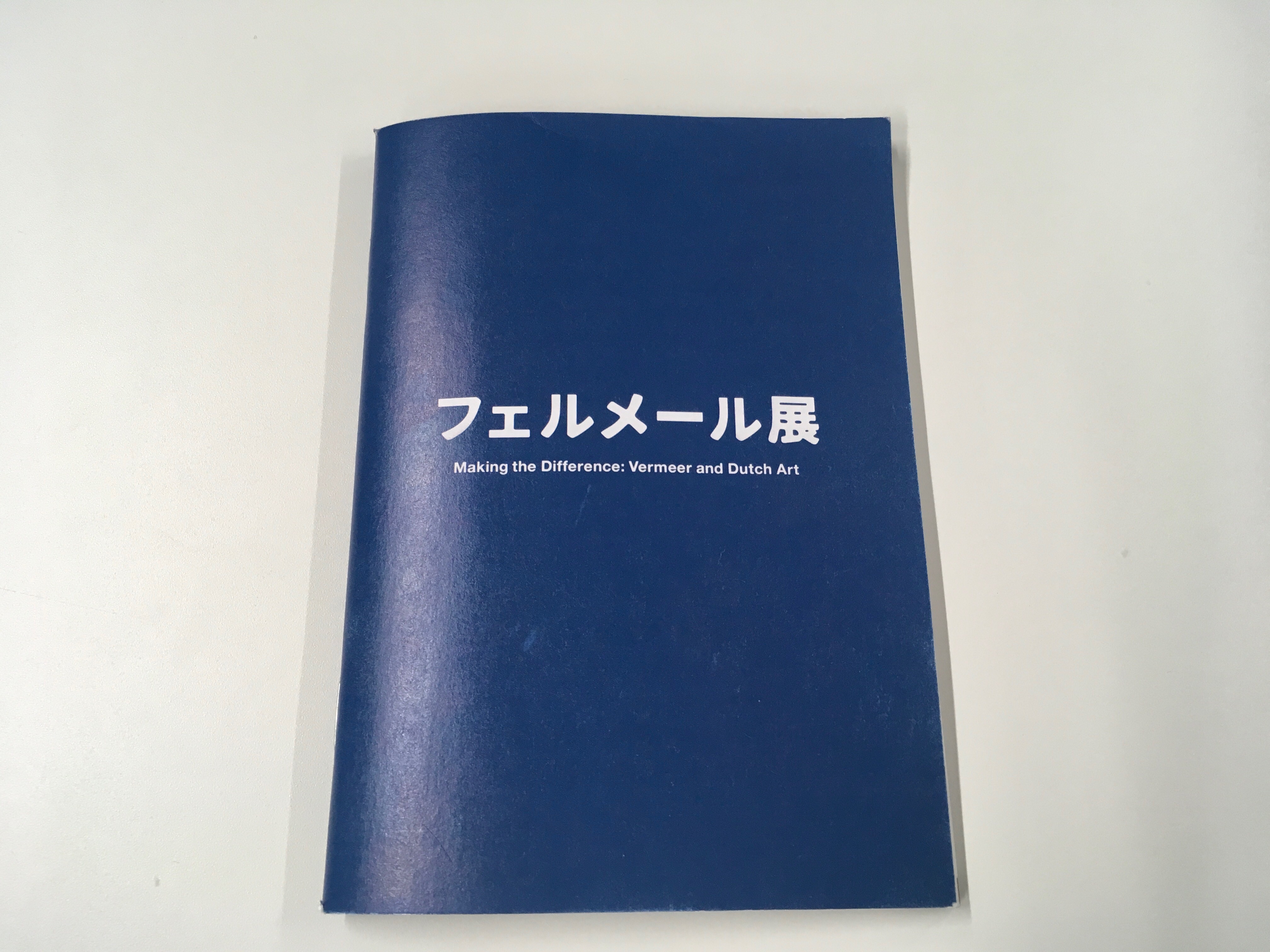
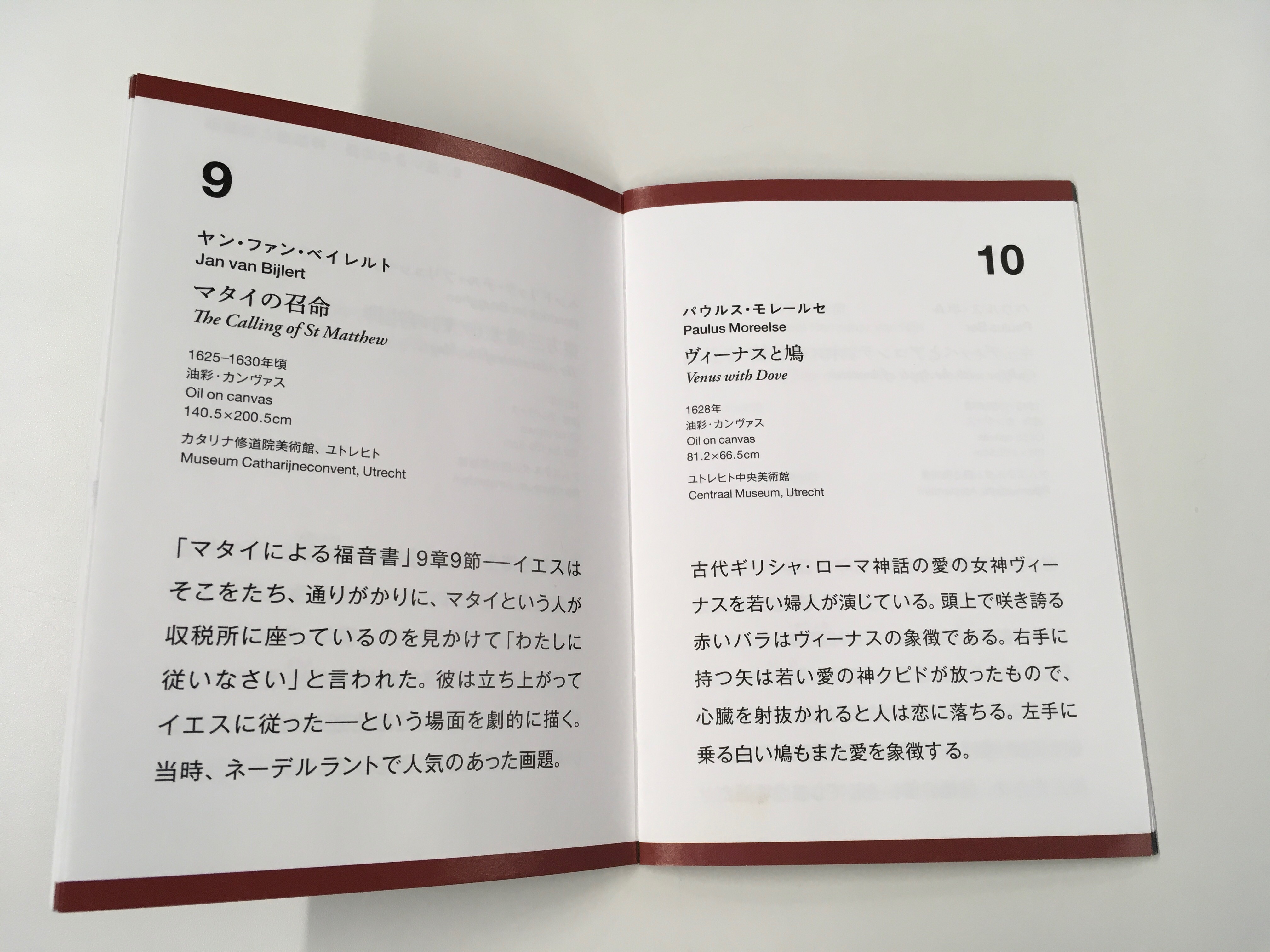
These items help us understanding the backgrounds of the paintings.
A masterpiece of the 17th century Dutch painting
This exhibition consists of six chapters, and chapters 1 to 5 are exhibited with works of the 17th century’s Dutch painters.
From quiet religious paintings to the paintings capturing the daily lives of the people of the Dutch city at that time, works of a wide range of genres are exhibited. Although each theme is different, each work closely depicts the target object.
The building in the painting does not exist in real, but when standing in front of this painting, I feel like to be drawn into the building.
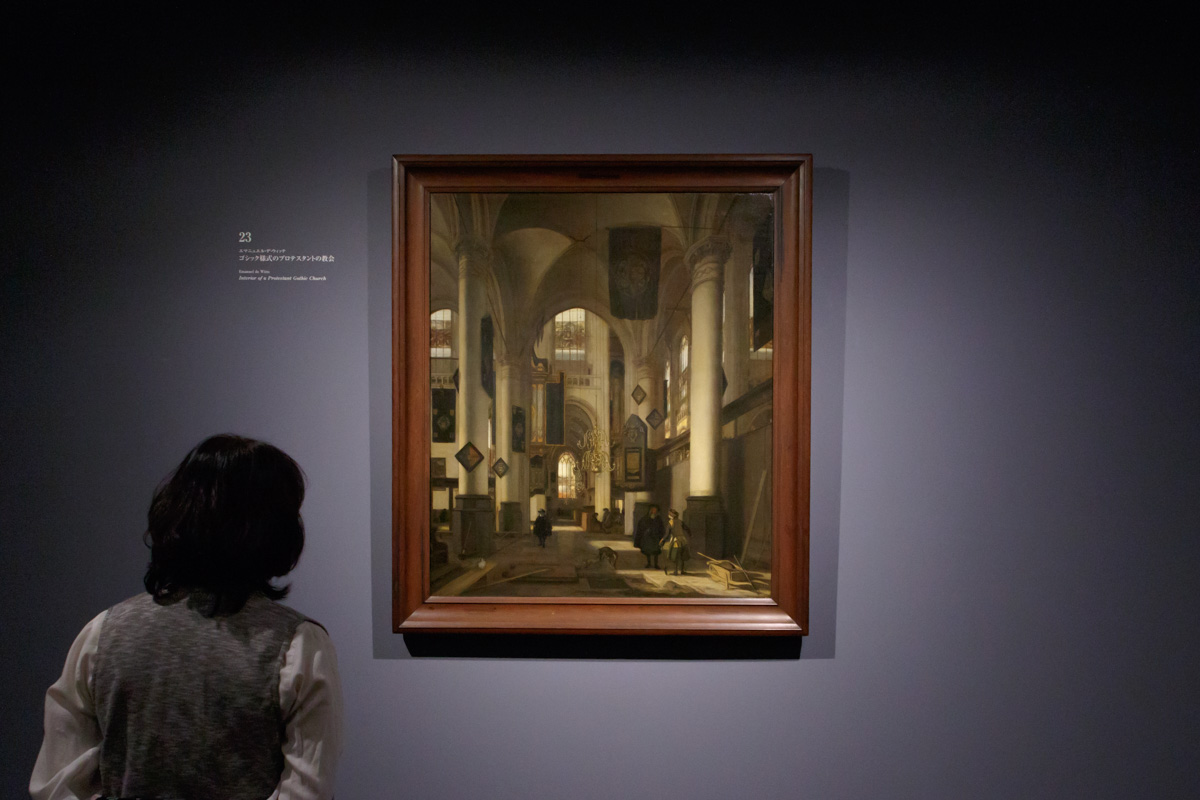
On the left of the picture is Old Woman Reading. In this painting, we colud see the writings on the pages which the old lady reading.

These two works are paired. A woman is reading a letter written by a man .
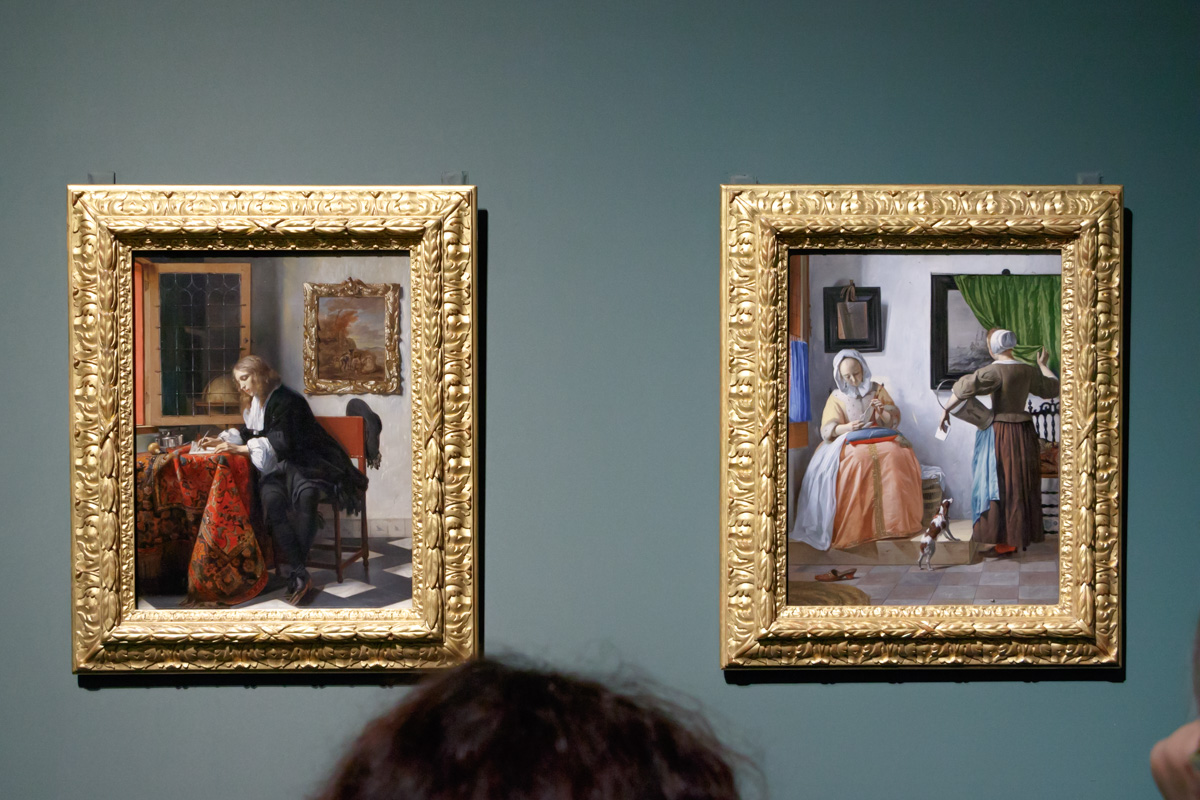
Although it seems like happy lovers in the first sight, knowing the meanings put in the gestures and underlying paintings of the works, the relationship between the two people emerges. Please listen and read voice guide and brochure.
It is also known that this work is fully influenced by Vermeer. You can find many things in common with Vermeer’s works such as the room that is the backgrounds of these works and the yellow jacket of a woman.
Vermeer room
Chapter 6 is developed in Vermeer room; where only Vermeer’s works are exhibited.
It is a luxurious space where you can view works of Vermeer, which are usually held in main museums of Europe and the United States.
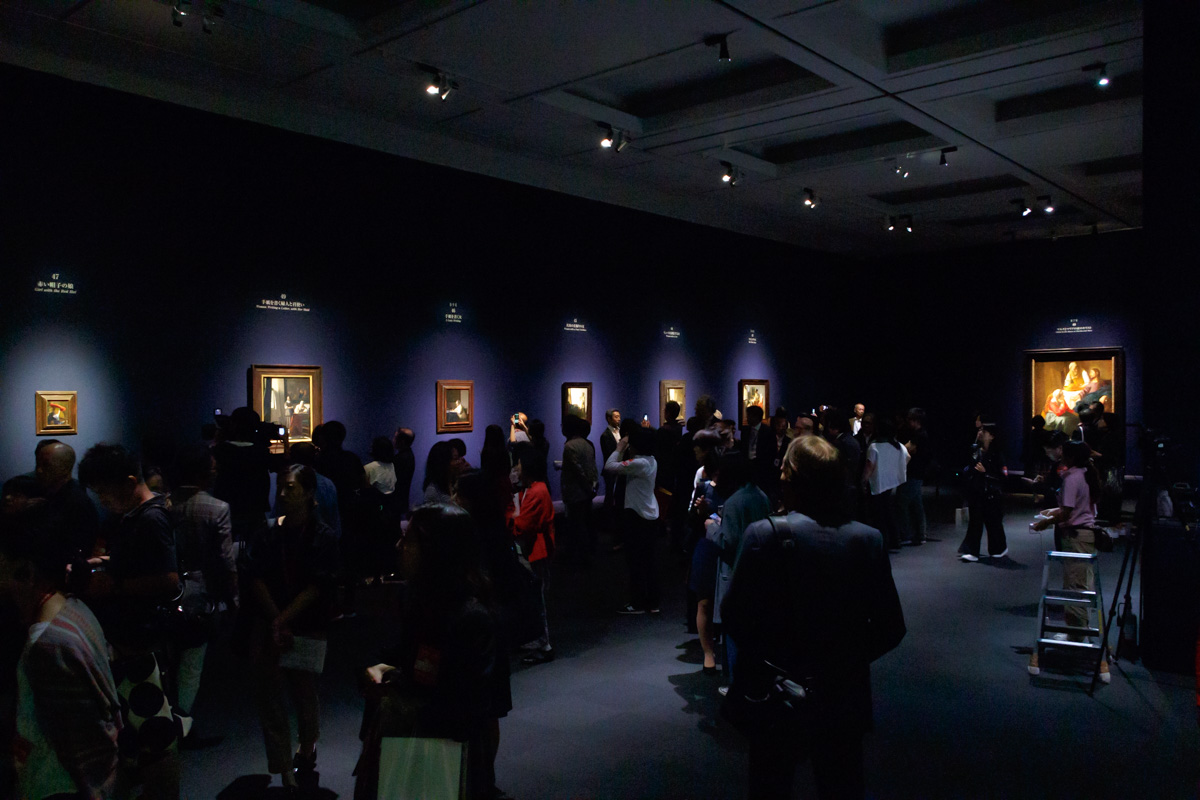
Among them, the remarkable work is The Milkmaid ; which is known as one of the representative works of Vermeer. In this exhibition it is possible to appreciate at a very close distance.

Although we tends to pay attention to the person who stands in the center, when look at the details, it shows the particles of light by stipple drawing, draws dirt and stains on the wall one by one, Vermeer observes the target in a fine detail then put it on the canvas.
The Wine Glass is first public in Japan.
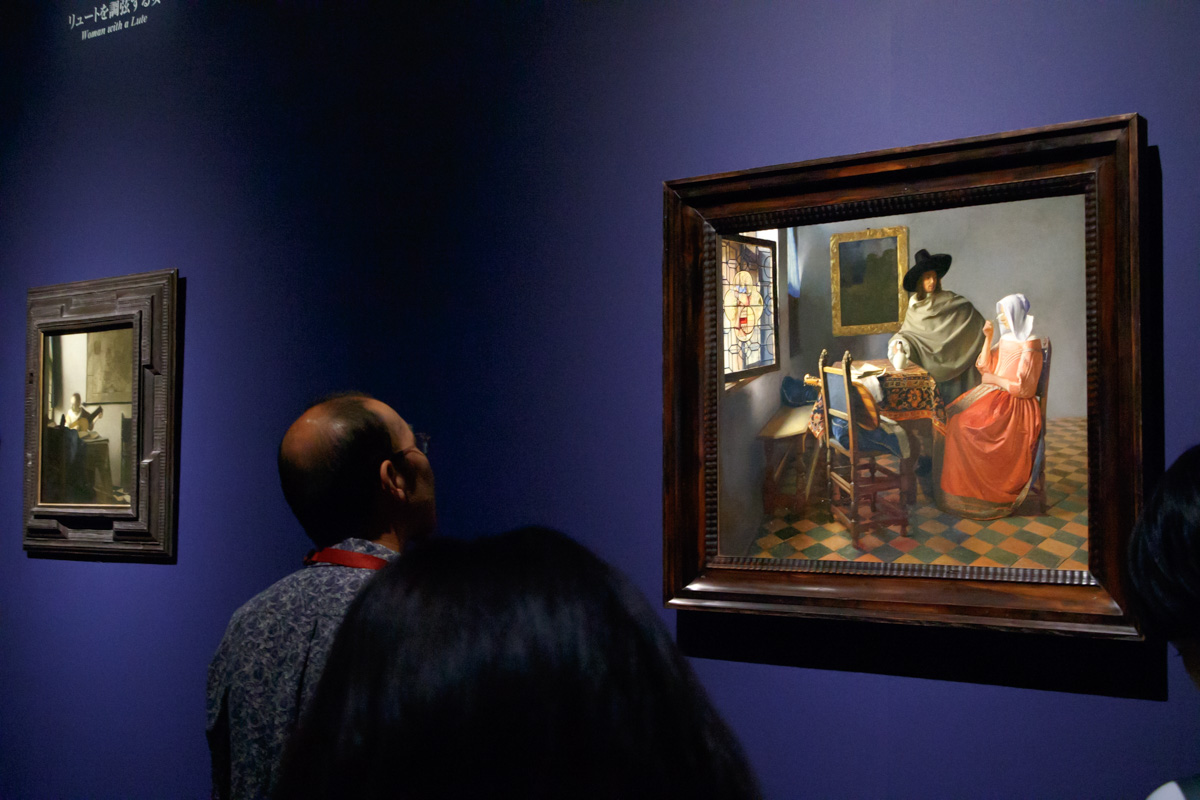
Women’s images on the walls and stained glass suggest the man’s temptation for the lady, and urge women to pay attention.
Like this, in the Dutch painting of this era, there seems to be a lot of things in the picture showing moral meaning and admonition.
Attention to limited-time exhibition
Among the work of Vermeer, Girl with the Red Hat is displayed from October 5th to December 20th, 2018, The Procuress will be displayed from January 9th to February 3, 2019. Please check the work you wanted see beforehand and be careful not to miss it.
I can feel the bright light in the dark room in this work. Although this work is much smaller in size than other works, red and vermeer blue take our attentiion. First public in Japan.
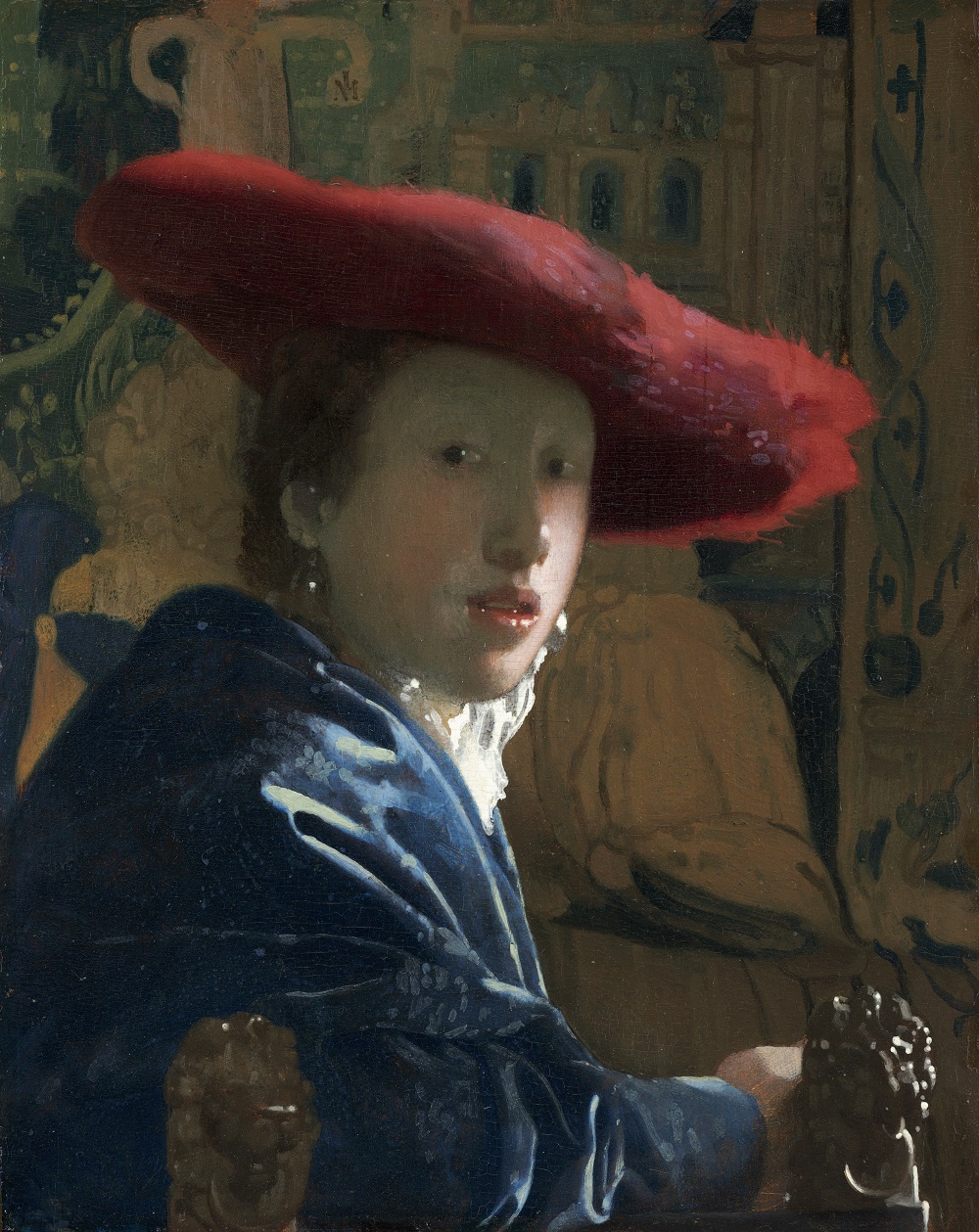
The Procuress is one of the earliest works of Vermeer and is the first genre painting he drawn. First public in Japan.
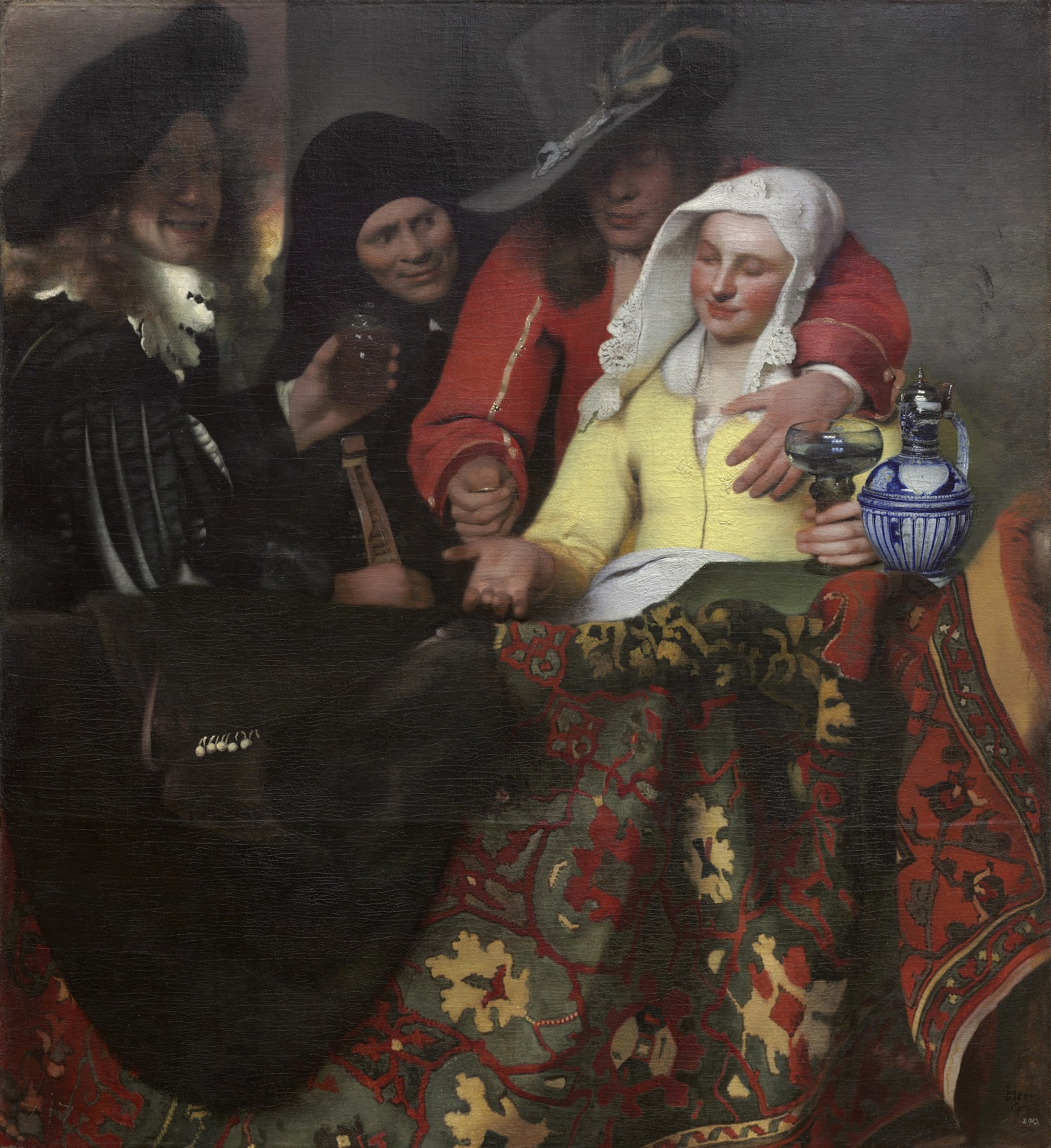
Check out! Souvenirs
A German-born toy · Playmobil reproduces The Milkmaid!

In the museum shop, there are many other items unique to this exhibition, so please check every corner.
Although a large number of visitors are expected to visit, this exhibition introduces a specified date admission system to relieve waiting time. Please have a look at the largest Vermeer exhibition in the history of the Japanese art exhibition.
Outline of the exhibition
| Exhibition name | Making the Difference : Vermeer and Dutch Art |
| Term | October 5, 2018 (Friday) to February 3 (Sunday) 2019 ※ Closed on December 13 (Thursday). |
| Venue | The Ueno Royal Museum (Ueno Park 1-2, Taito-ku, Tokyo) |
| Opening hours | 9: 30 ~ 20: 30 (Admission is 30 minutes before closing, there are days when opening and closing hours are different) |
| Specified date admission system | We are sorry to tell you that the tickets for Vermeer exhibition cannot be purchased outside of Japan.While “Multi-copy machines” in Seven-Eleven stores in Japan sell the tickets, with your date/time of your visited selected, all these services are only available in Japanese.Meanwhile, the tickets will be available at the box office at the venue during the exhibition term. Please note that walk-up ticket are available, only if there’s any left.
advance ticket walk-up ticket |
| Official website | http://www.ueno-mori.org/informations/article?category=topics&id=887853 | Information dial | 0570 – 008 – 035 (9: 00 – 20: 00) |
Article provision: Kokosil Ueno https://home.ueno.kokosil.net/en/
View other reports: https://www.culture.city.taito.lg.jp/en/reports

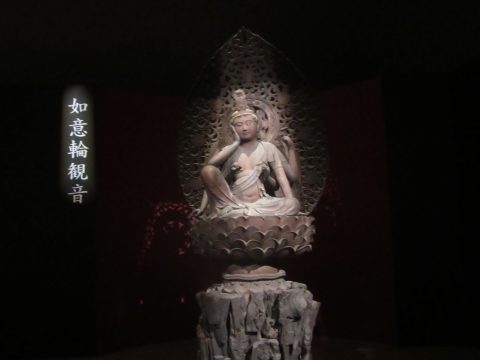

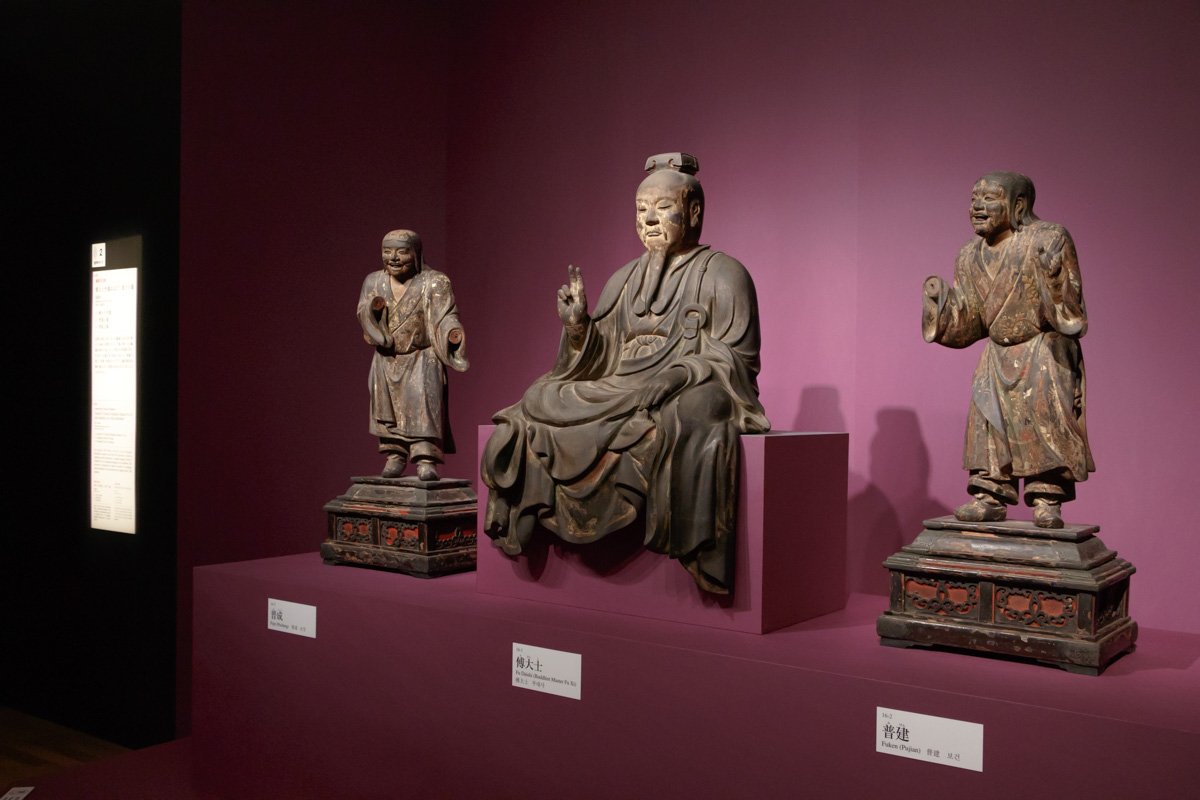
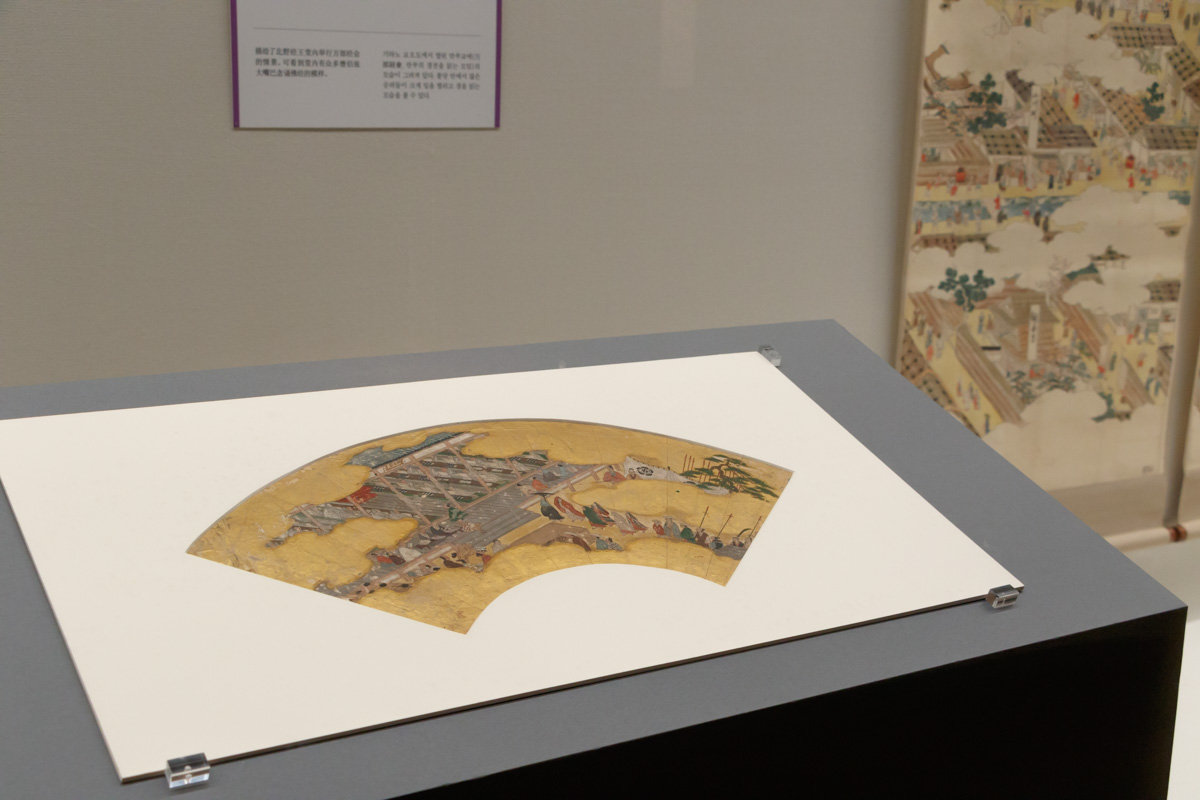
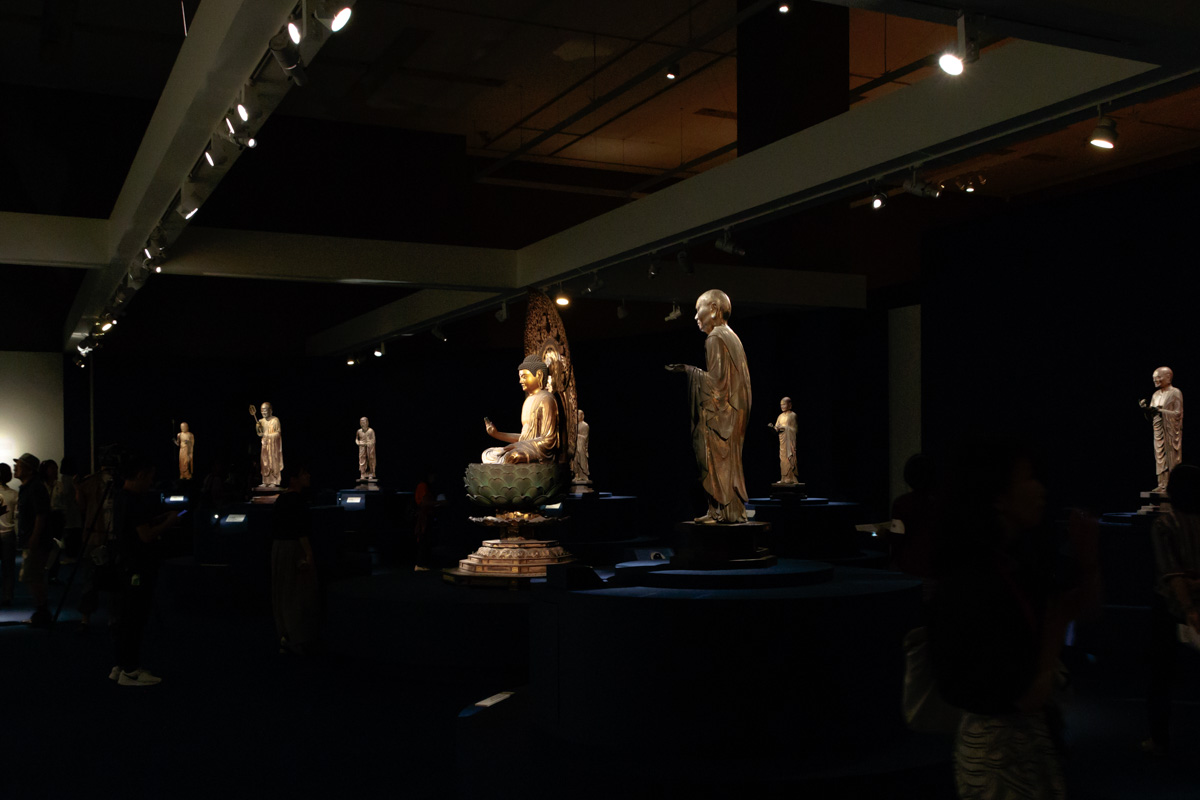
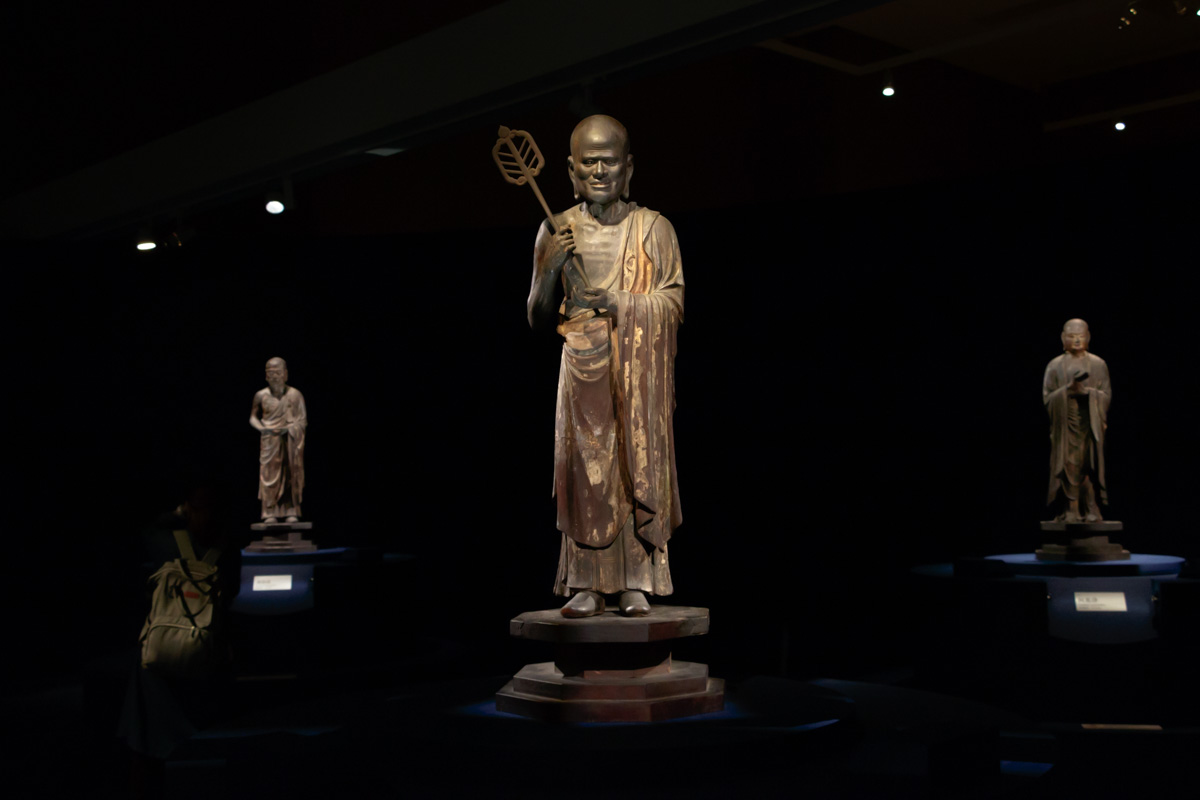
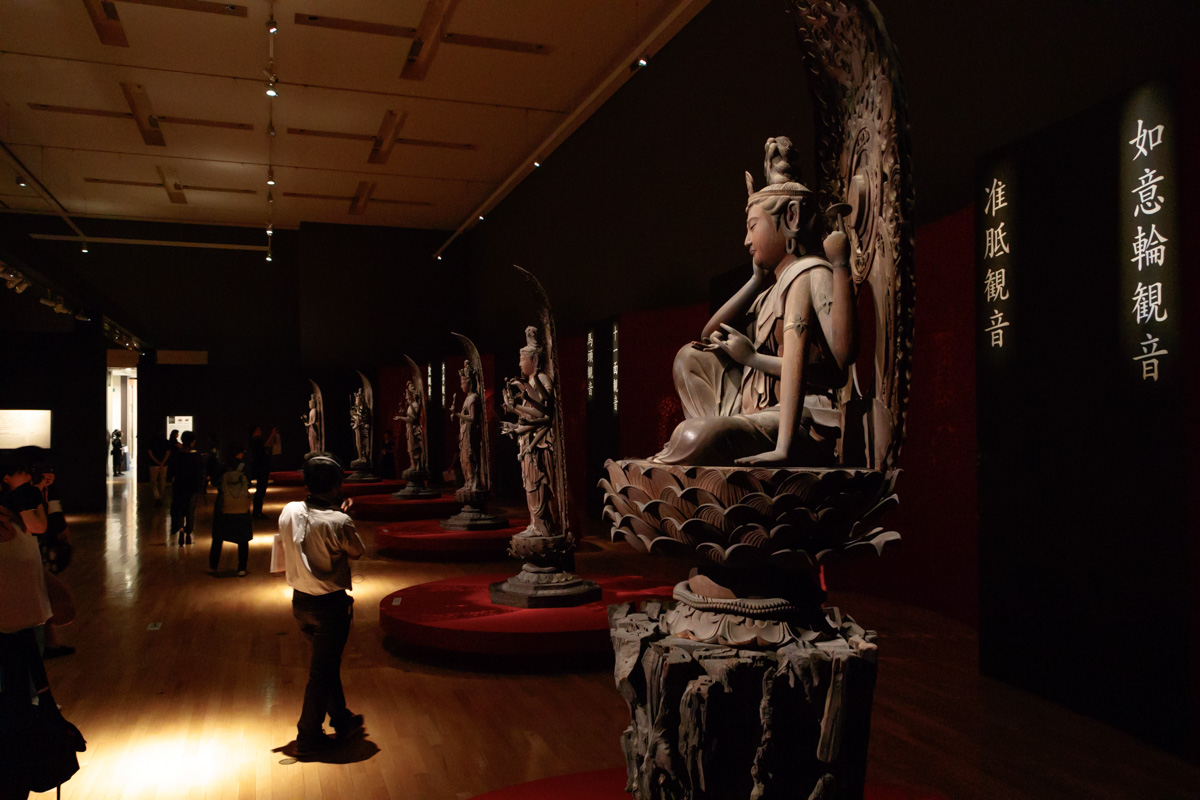

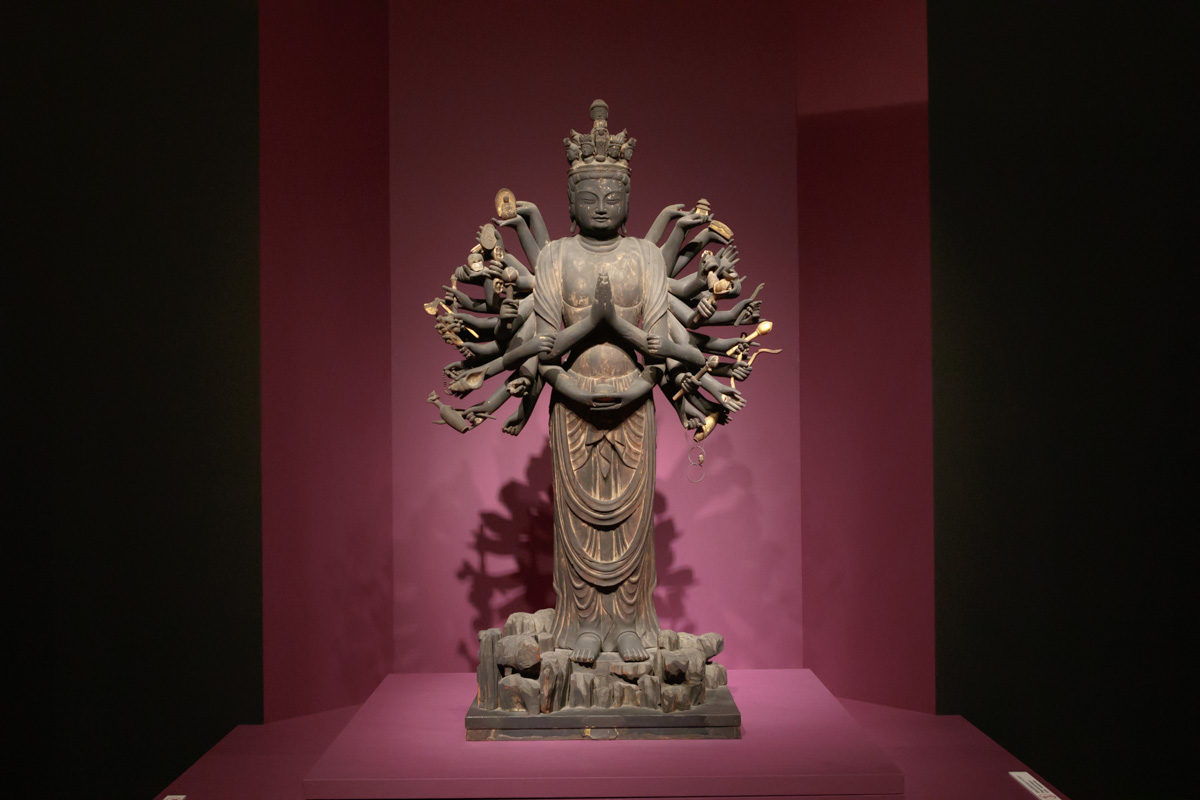

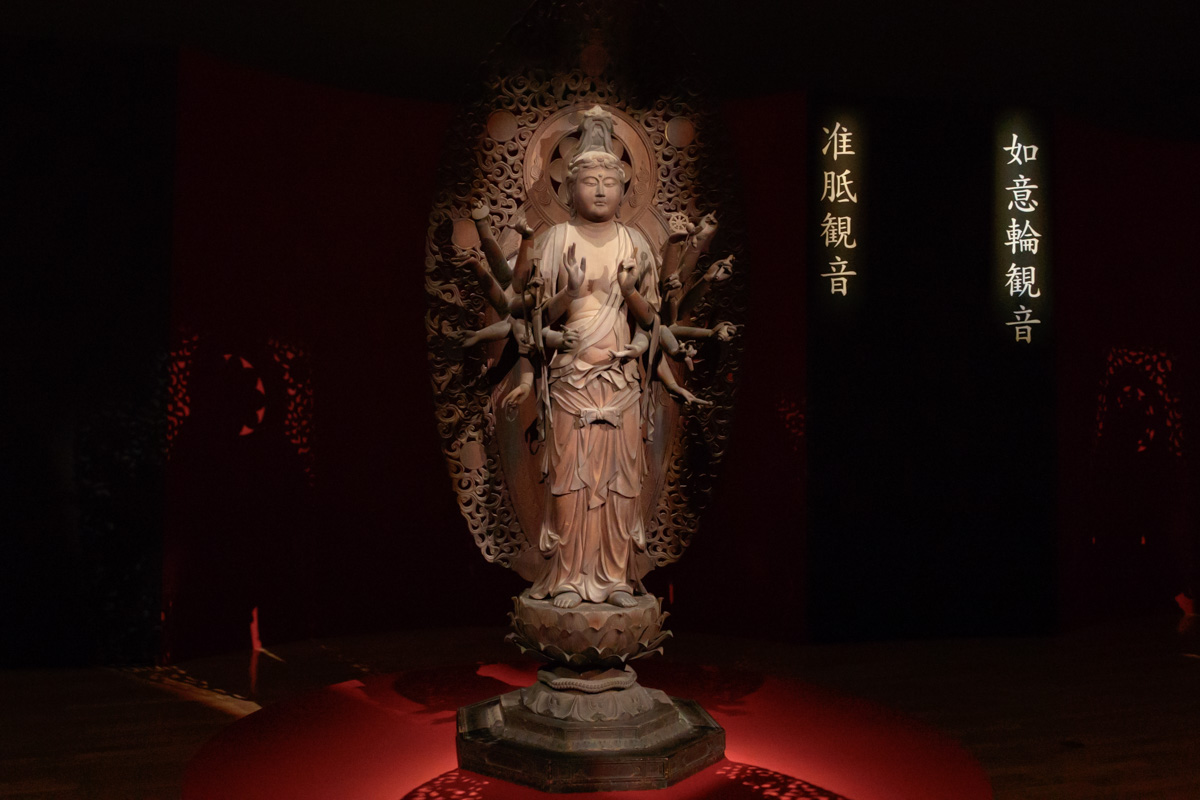

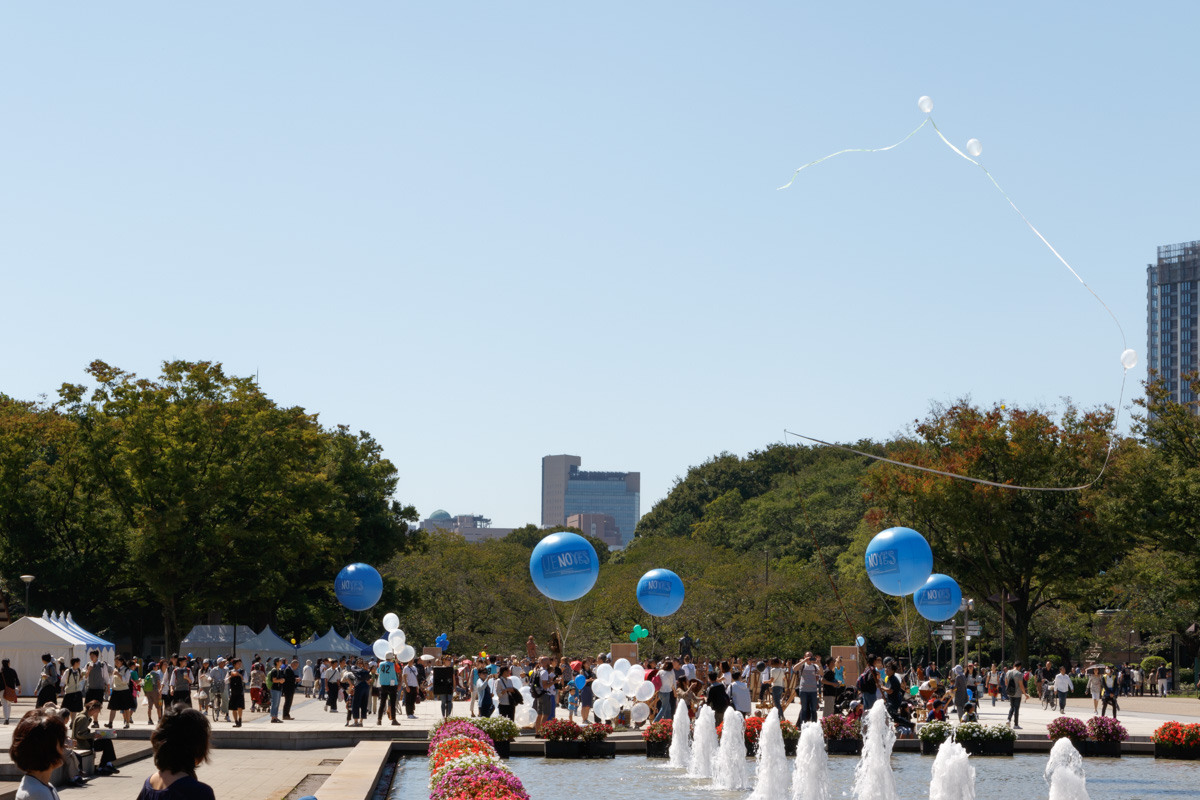

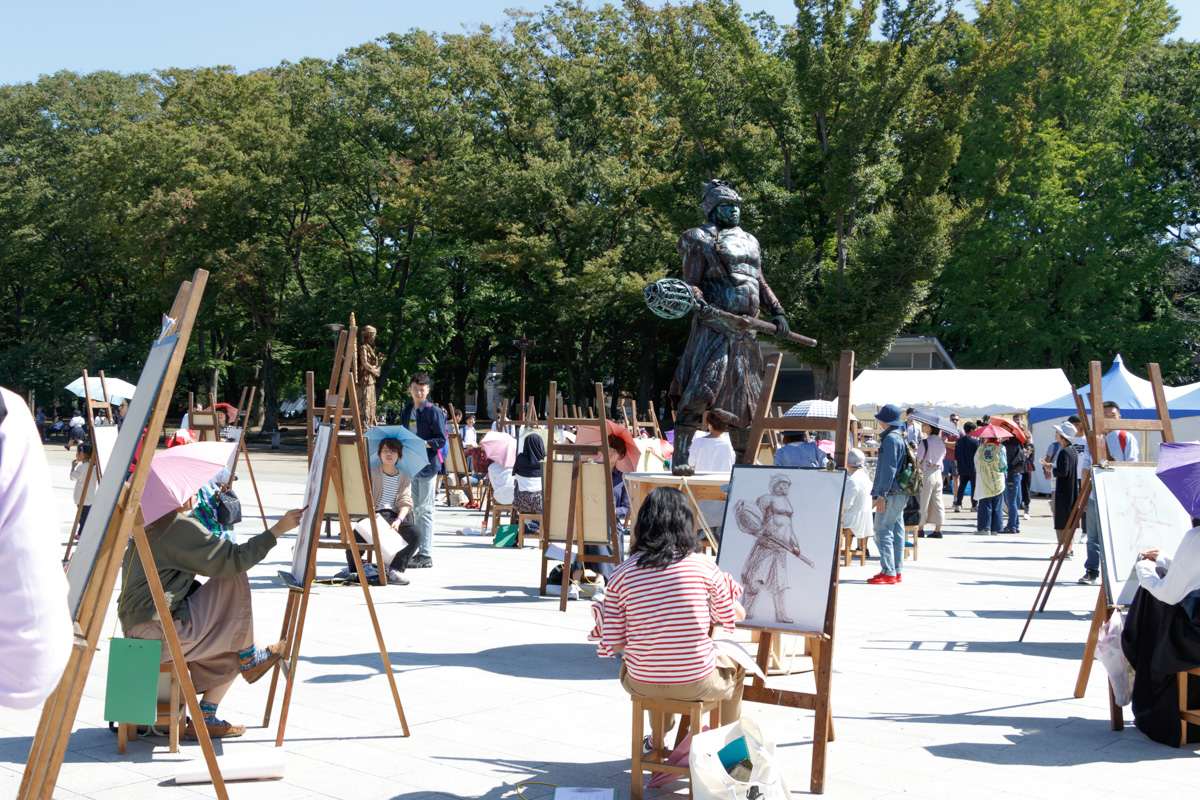
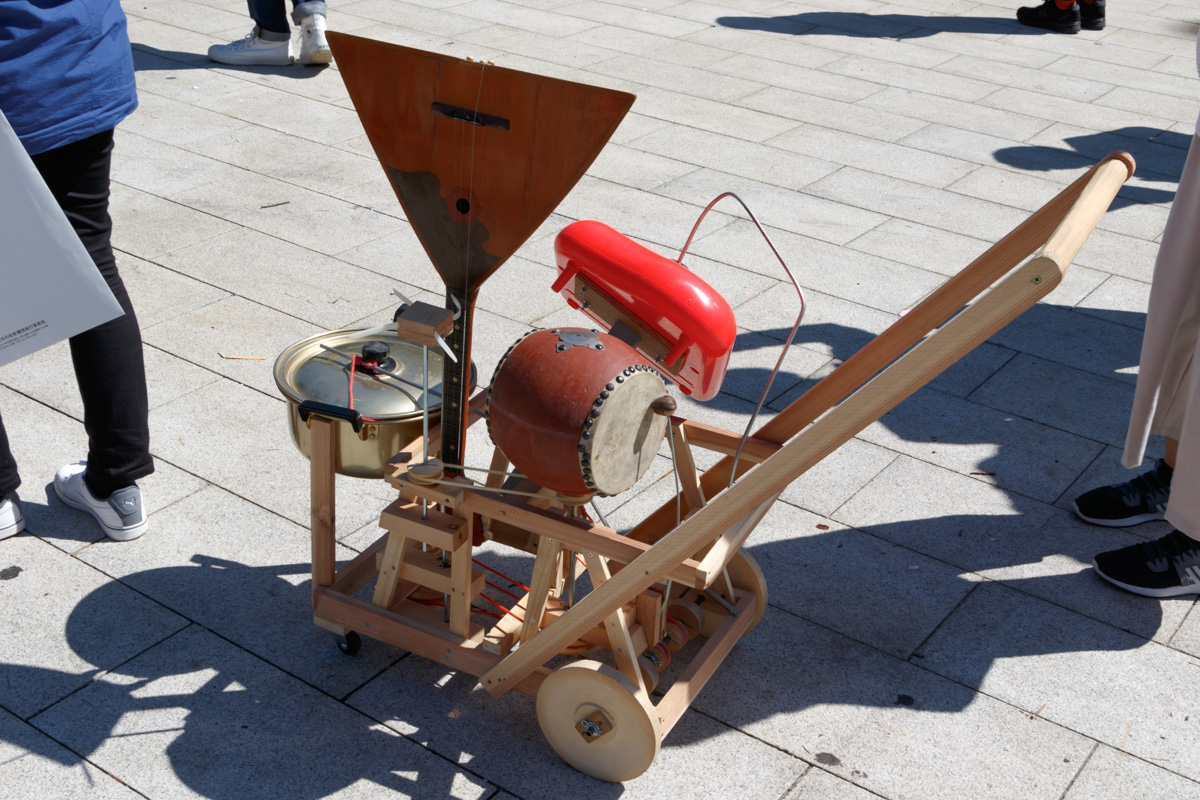
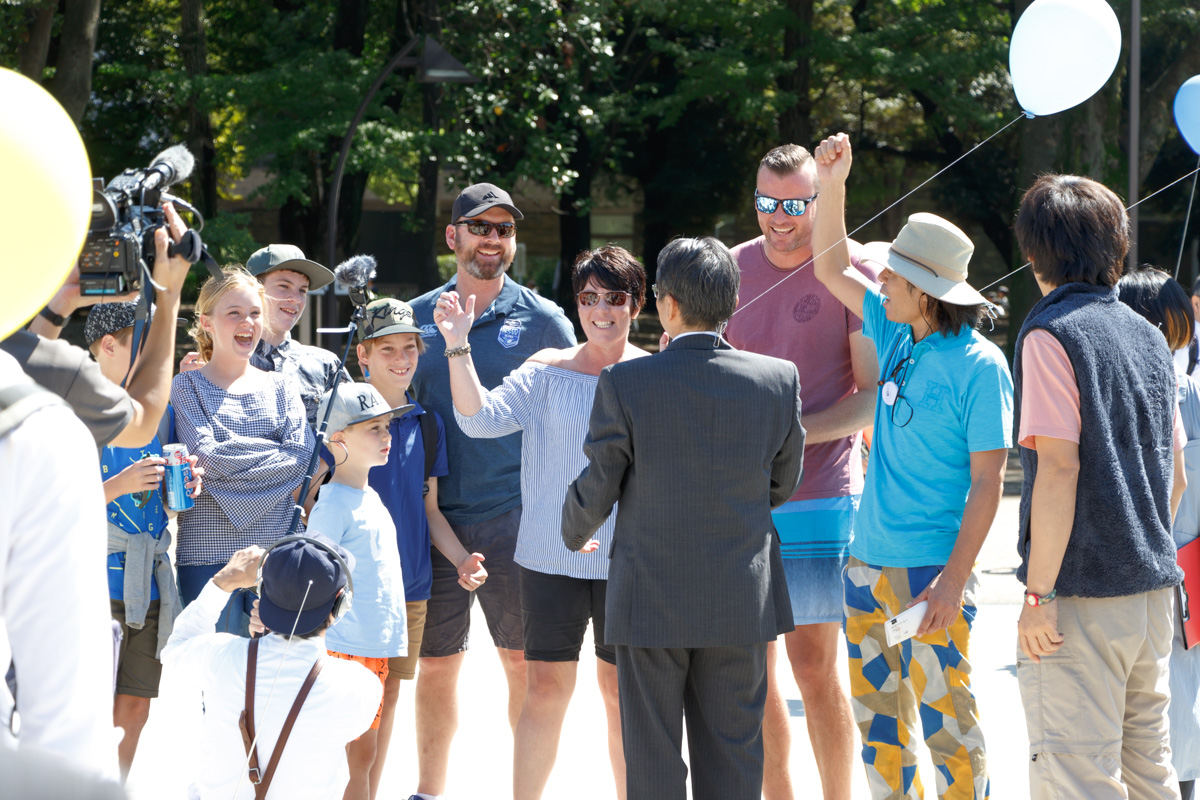
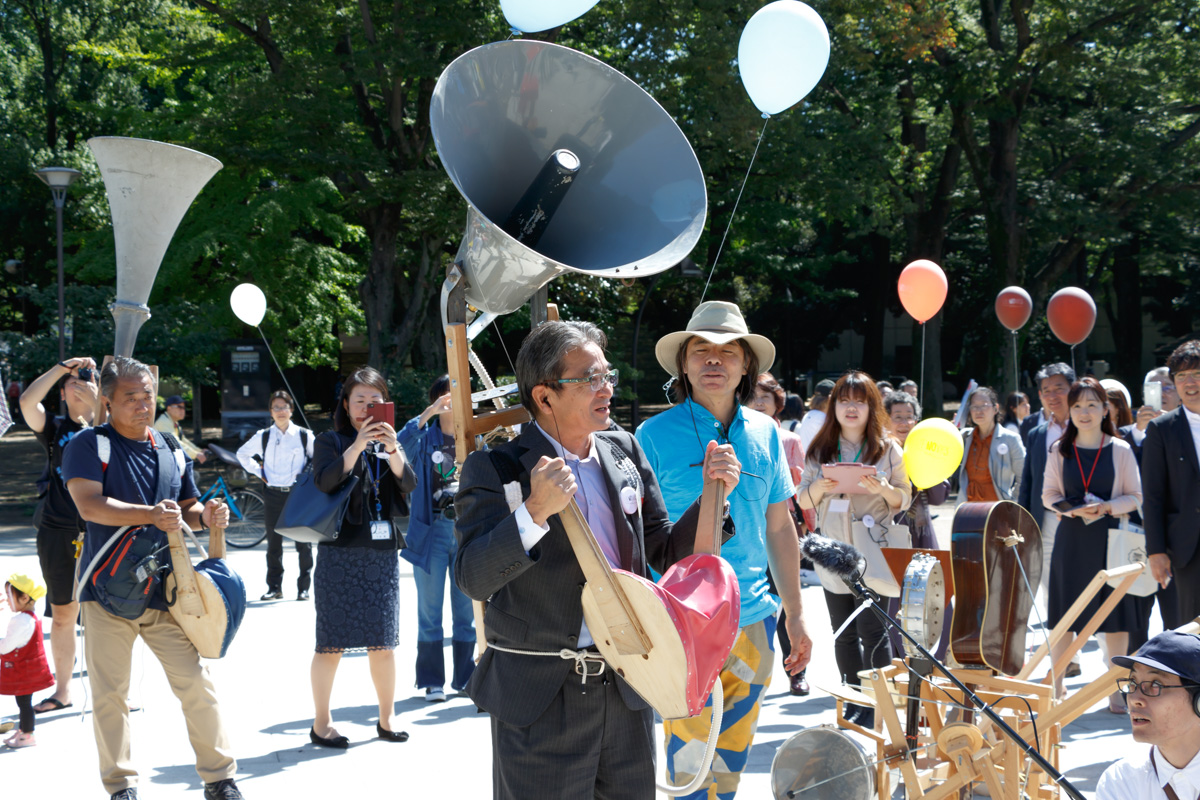

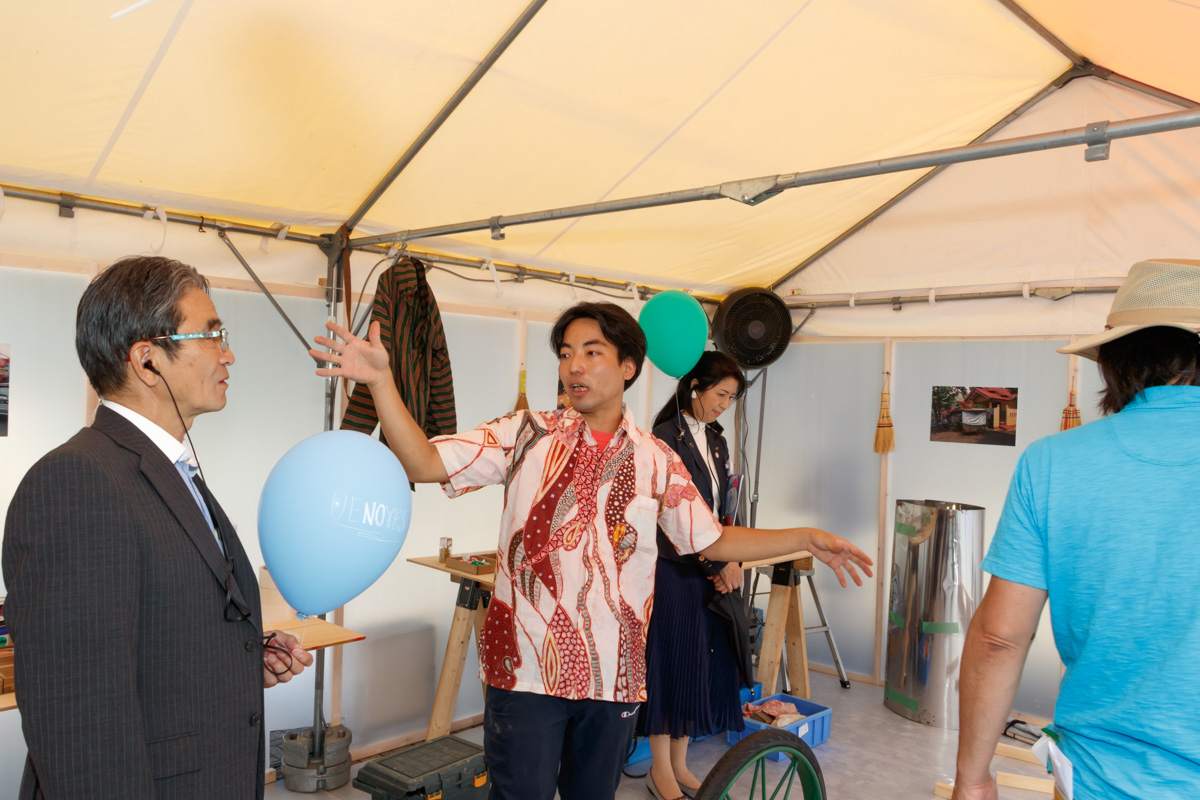
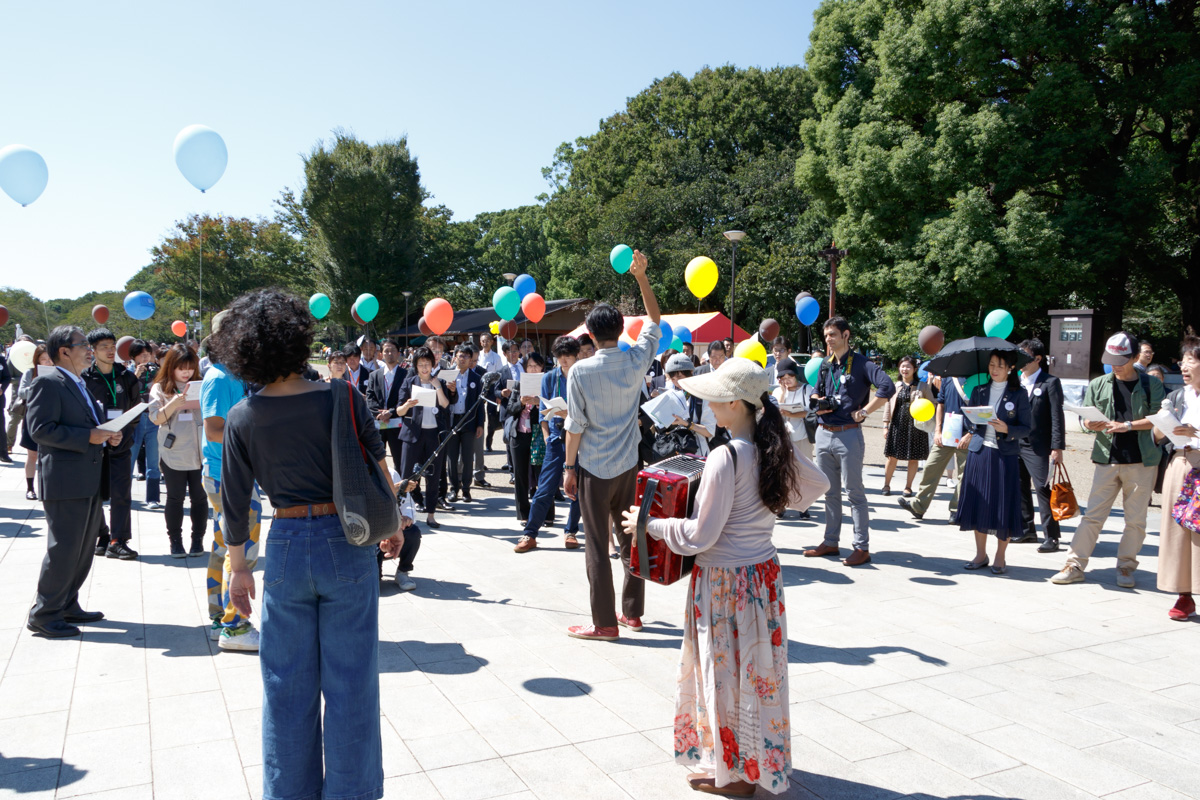
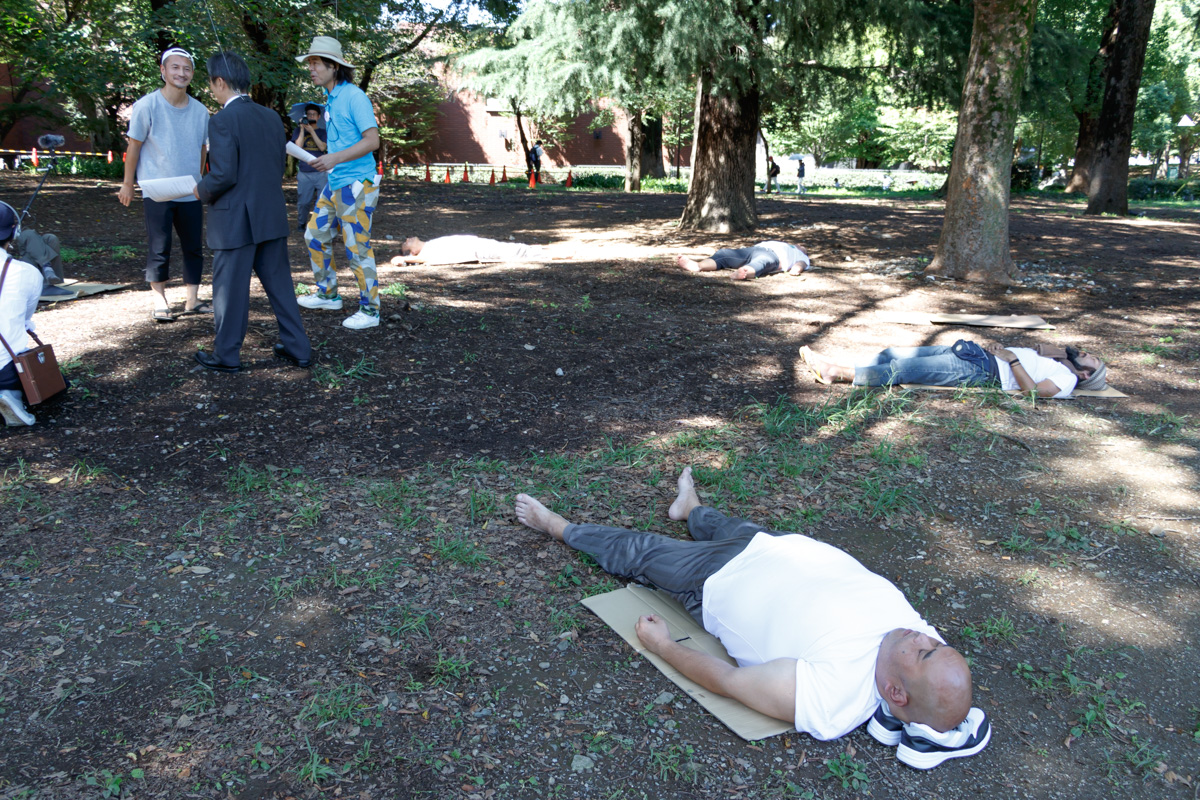
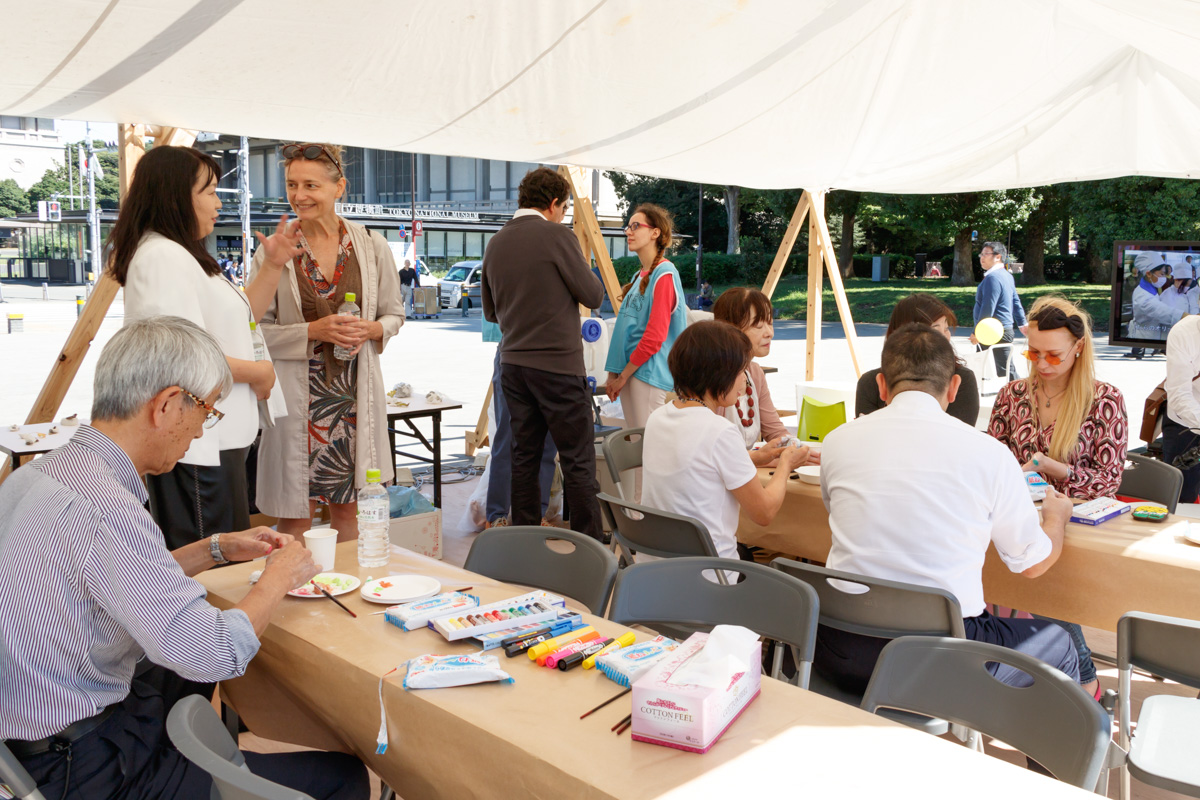
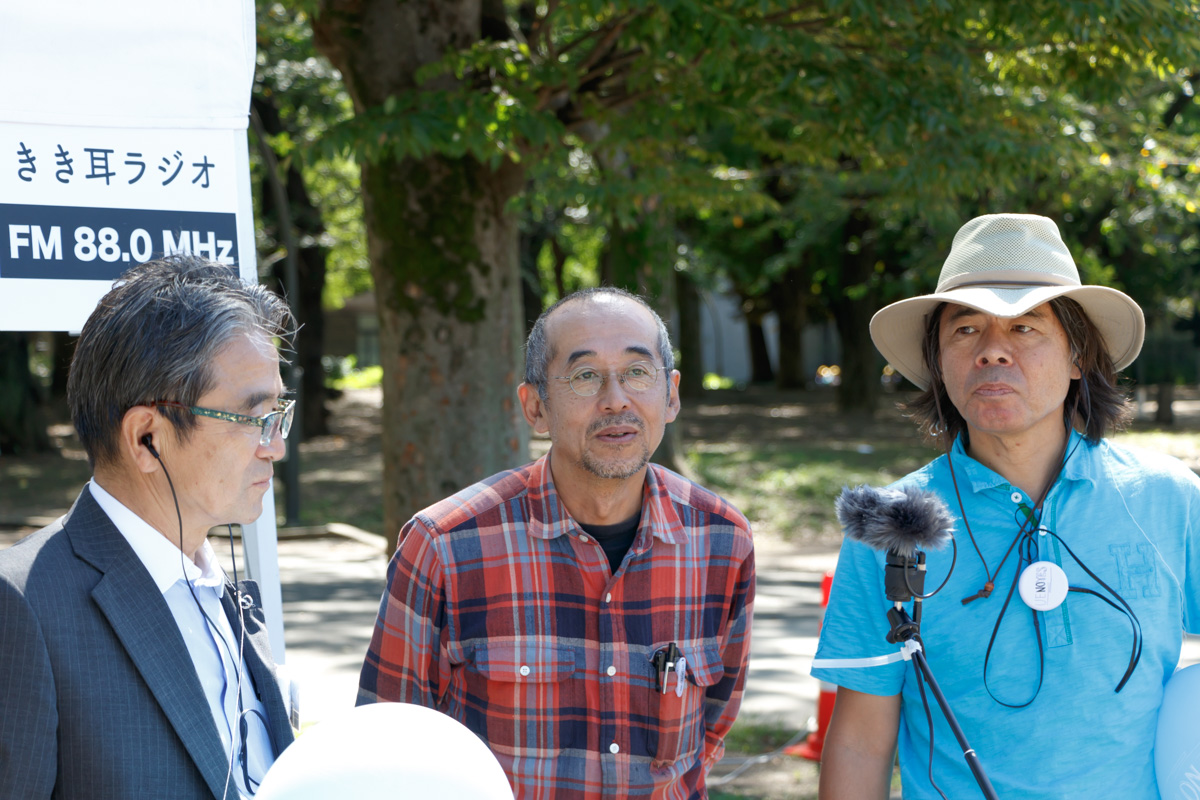
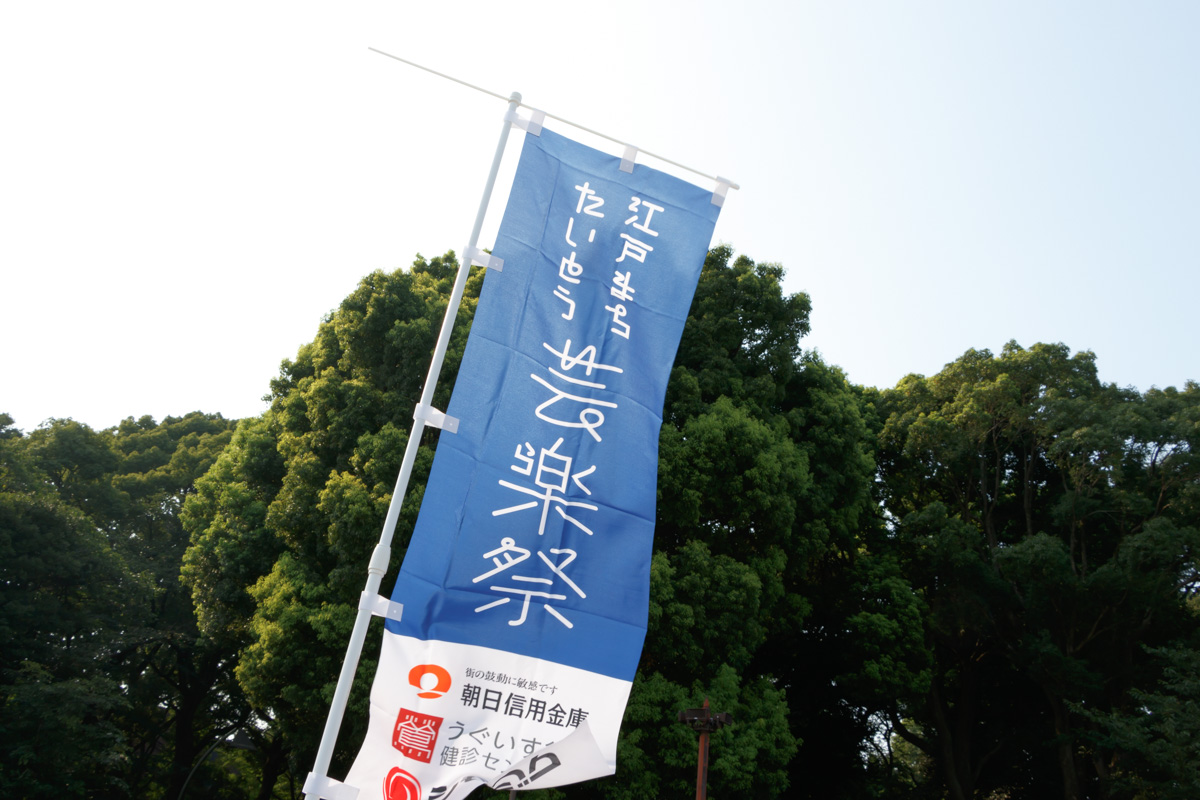

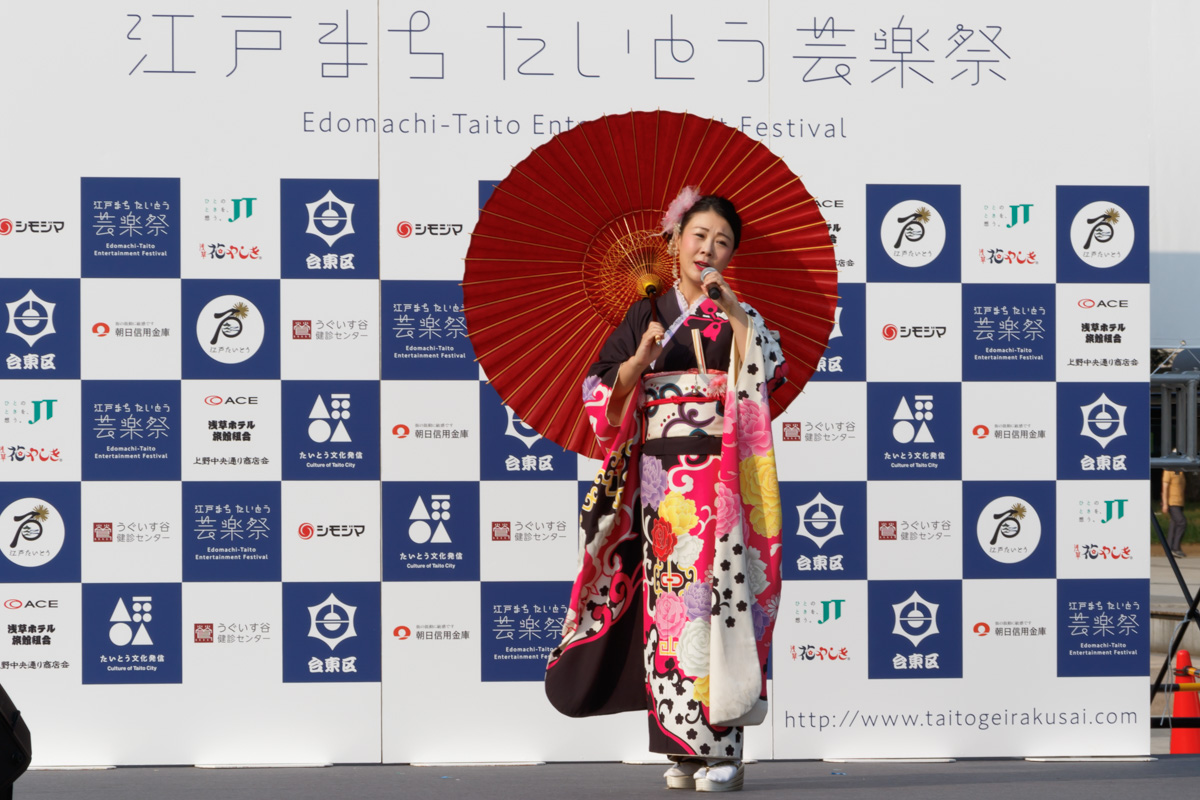
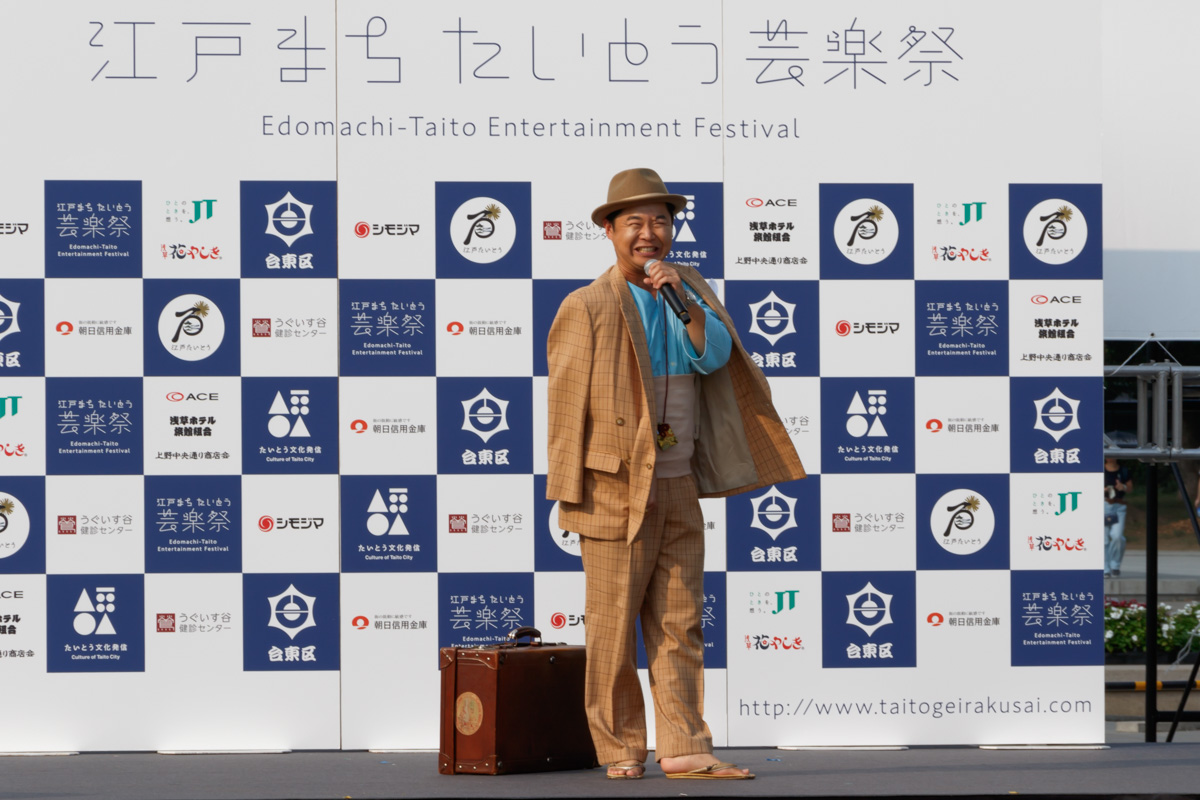

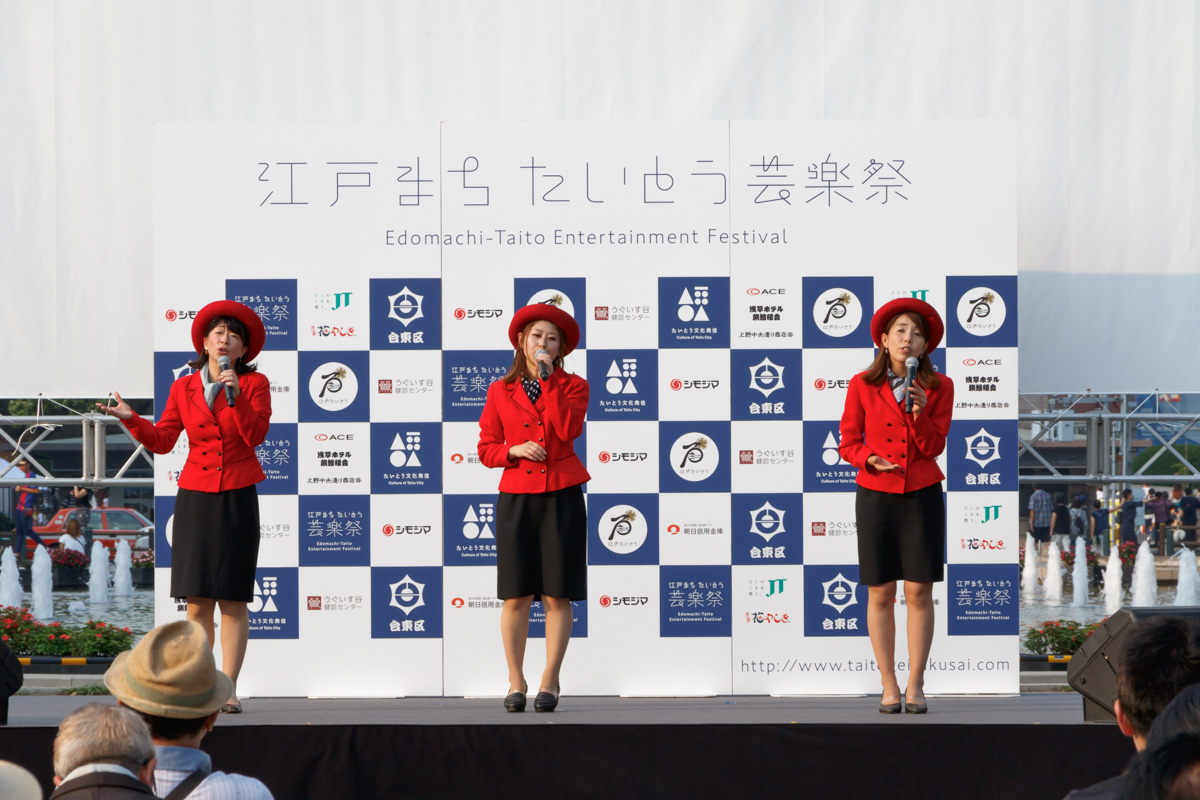
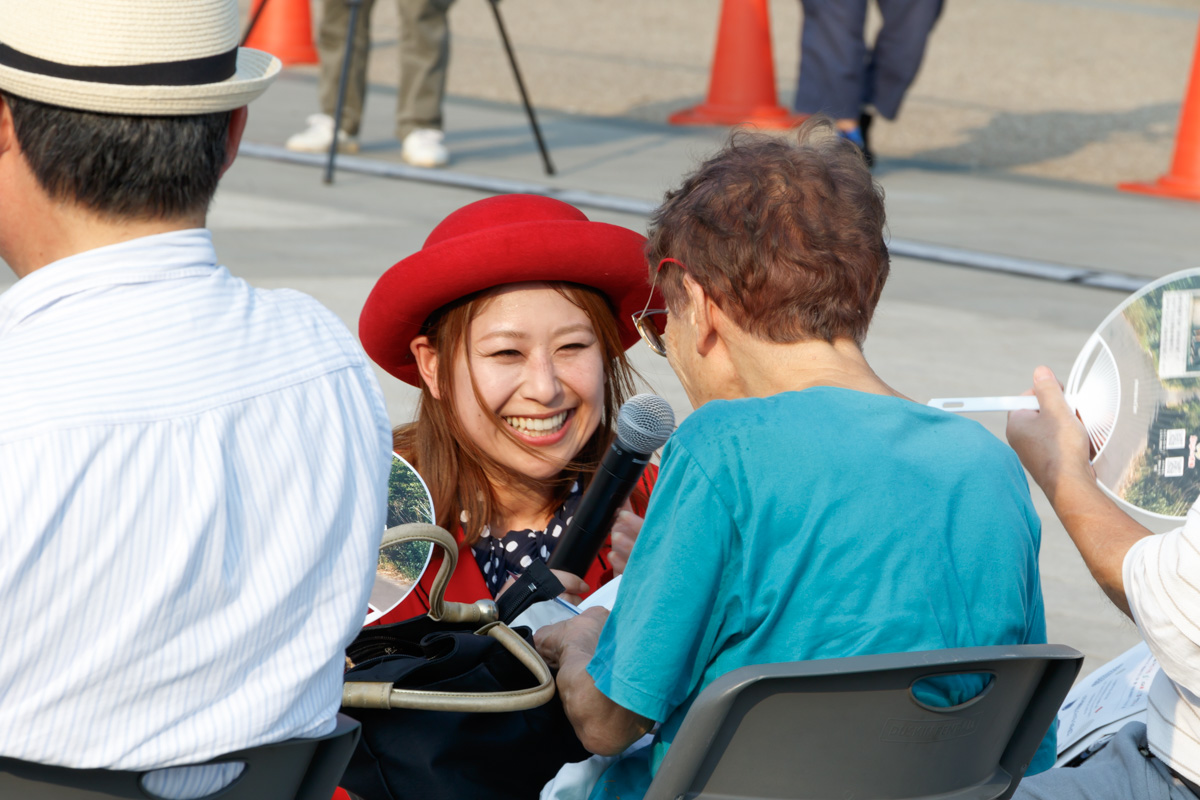
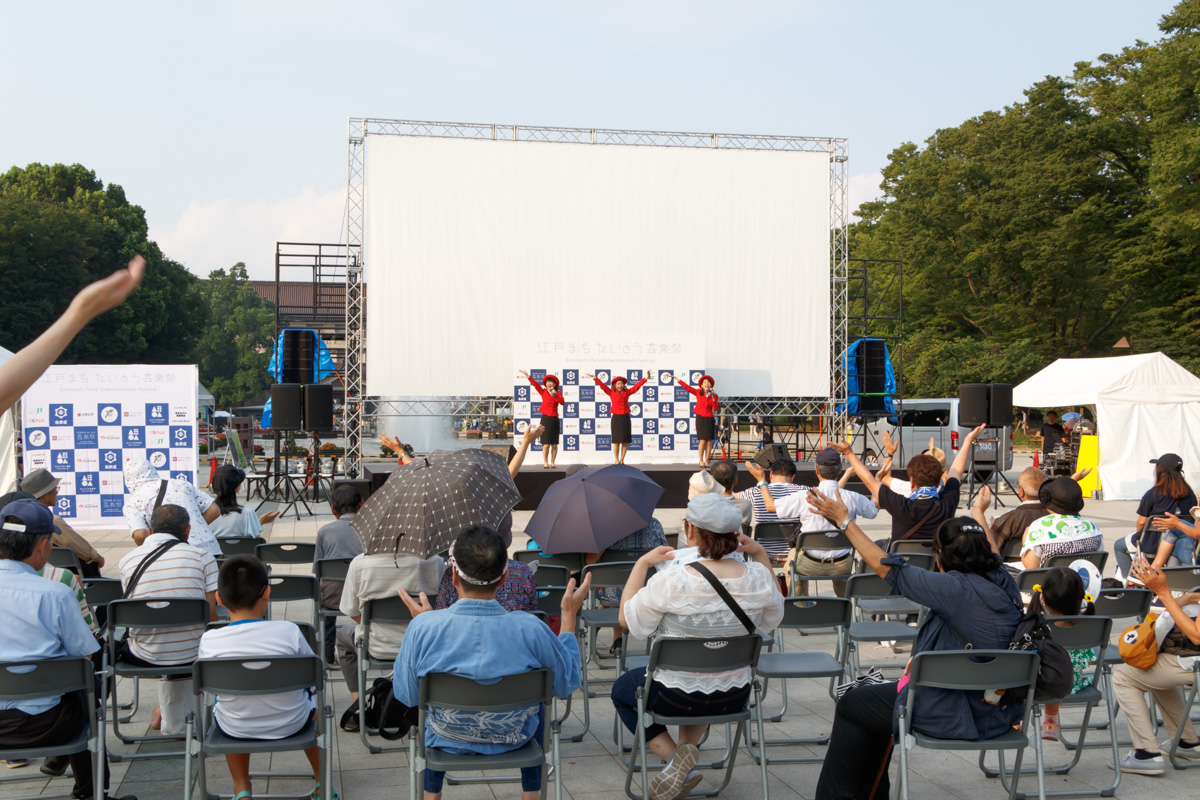

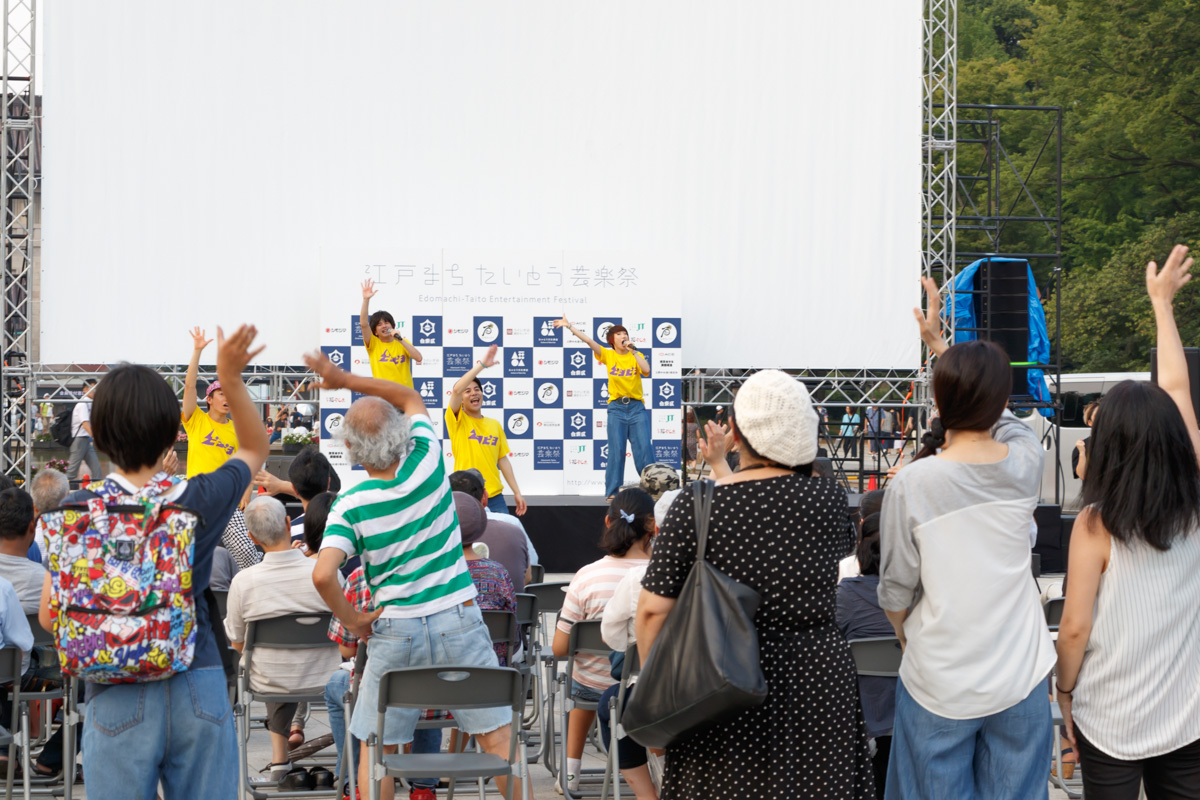
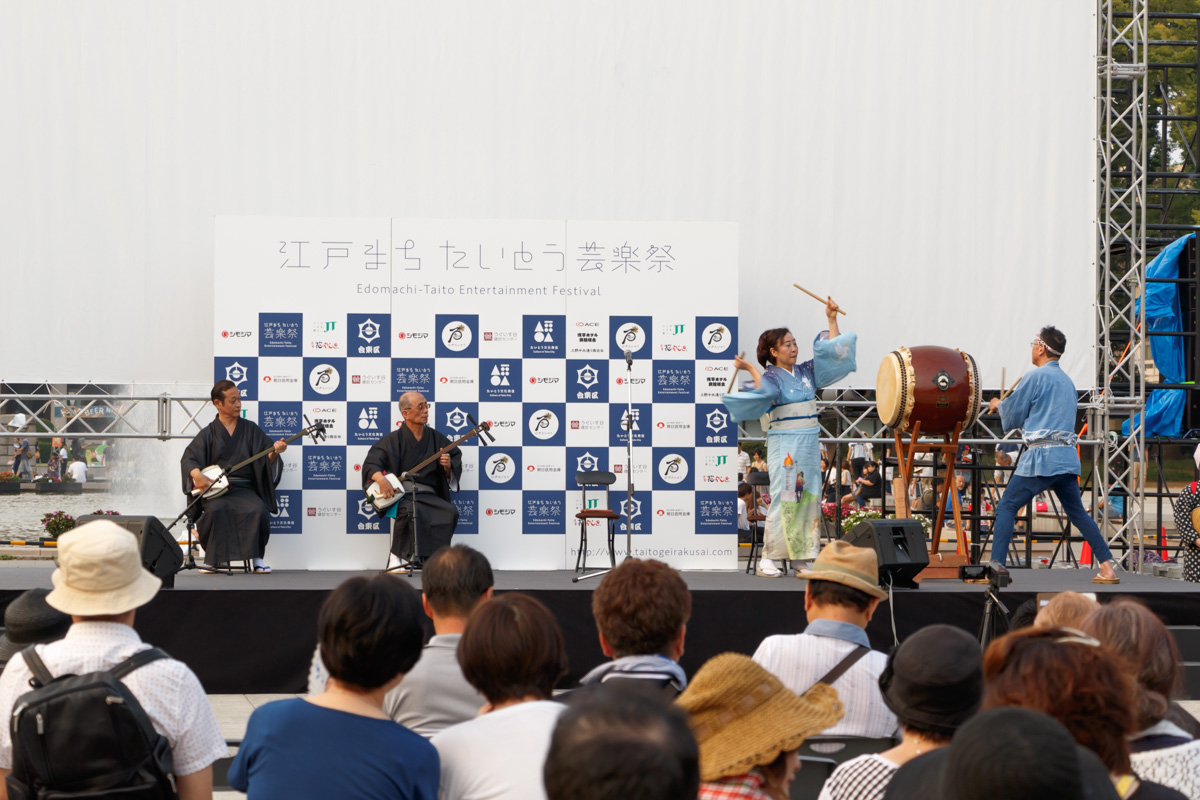
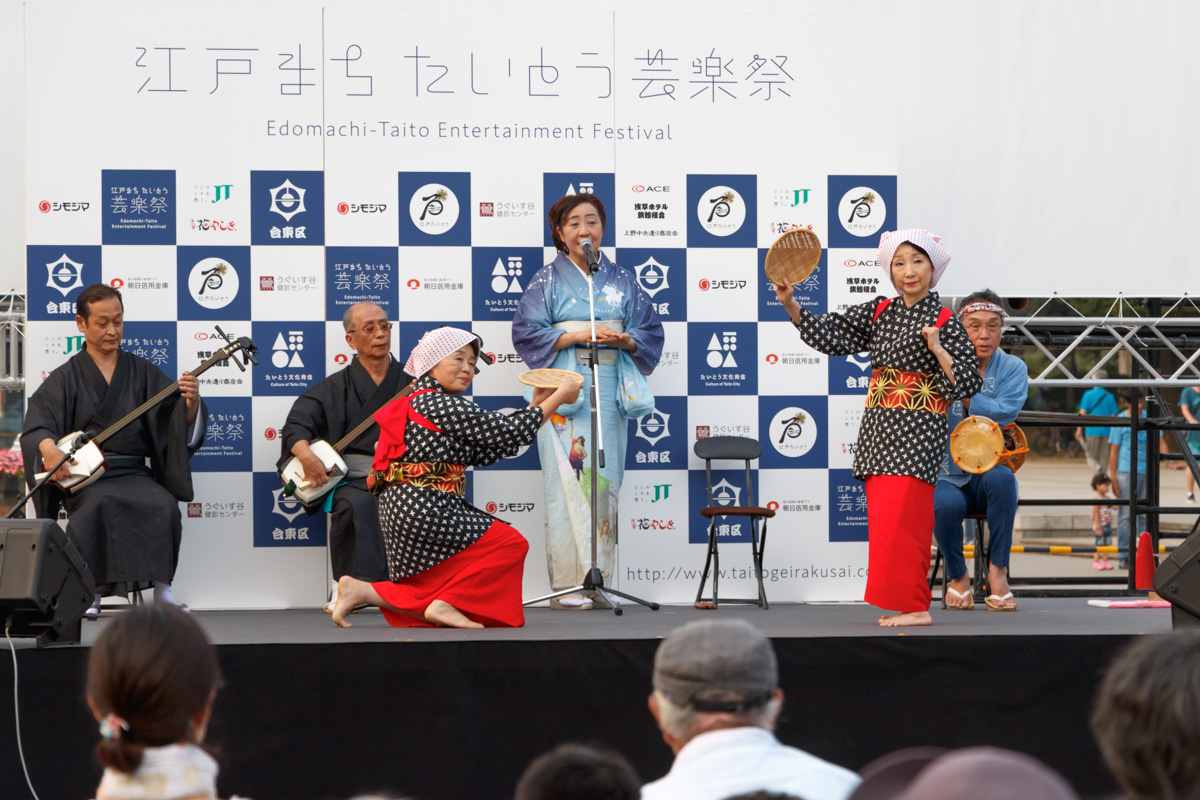
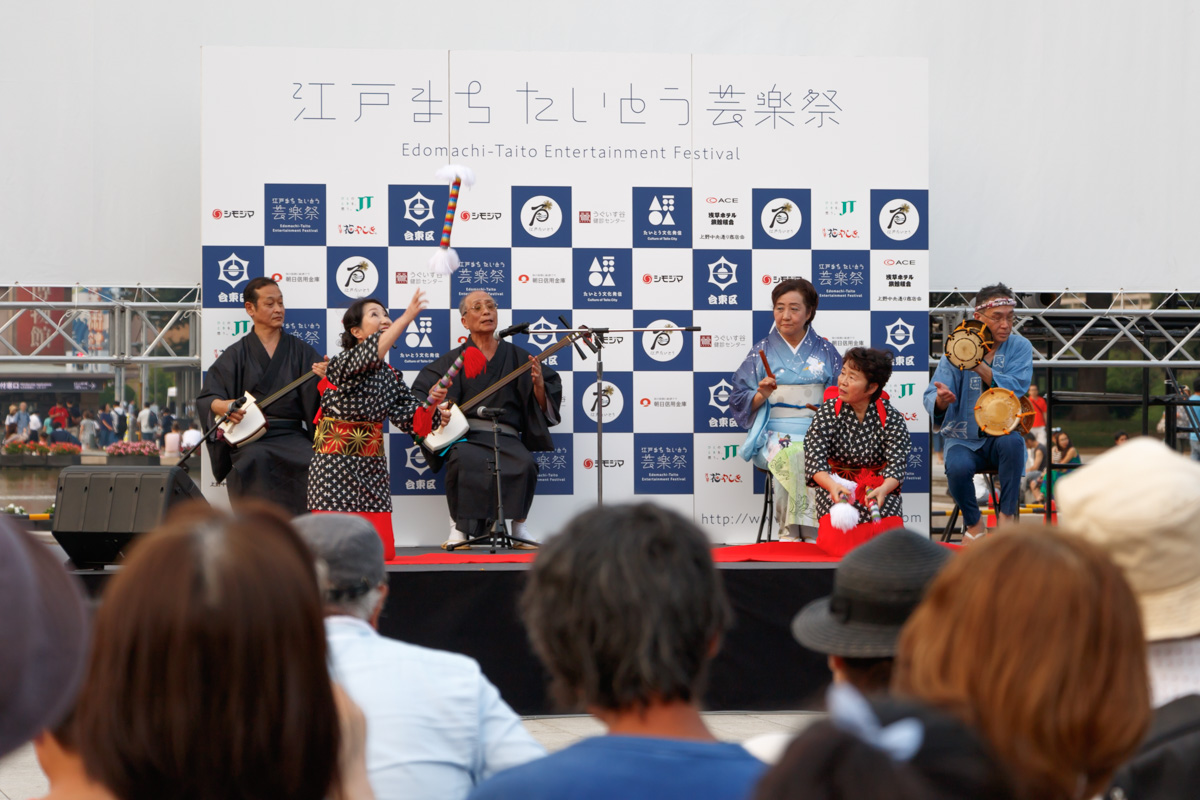
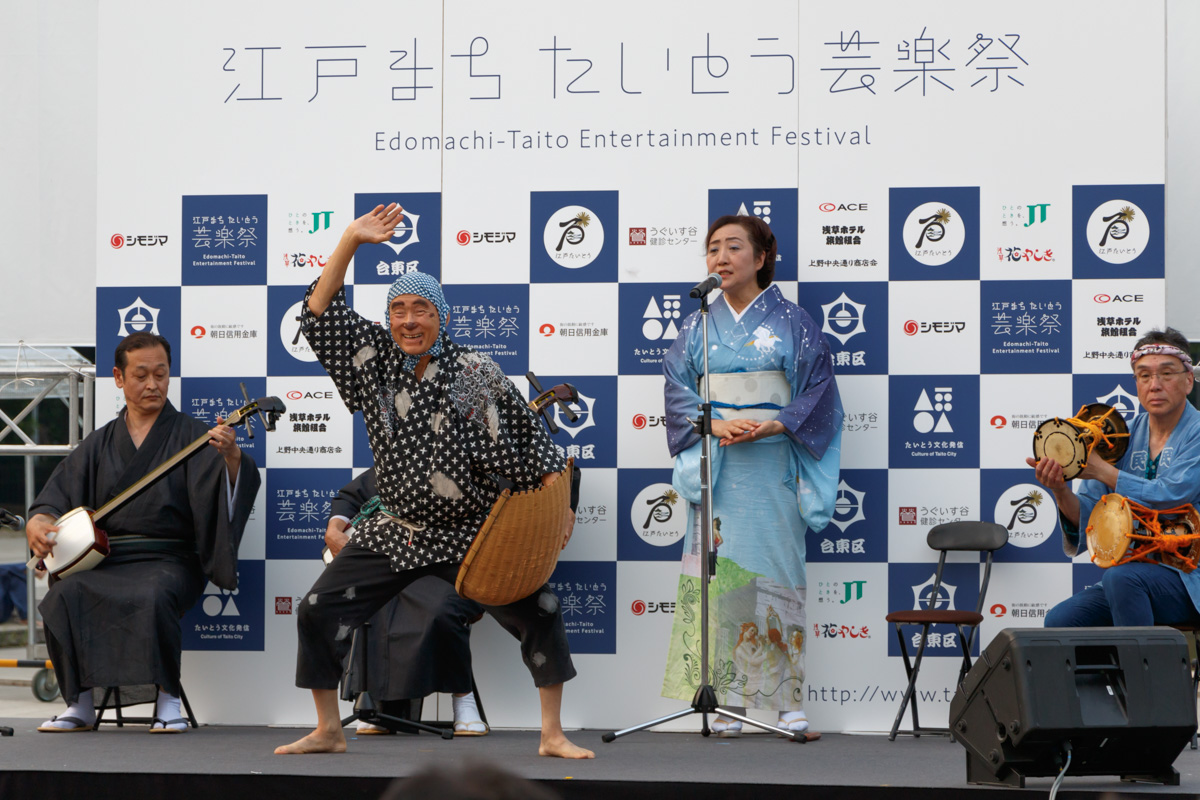
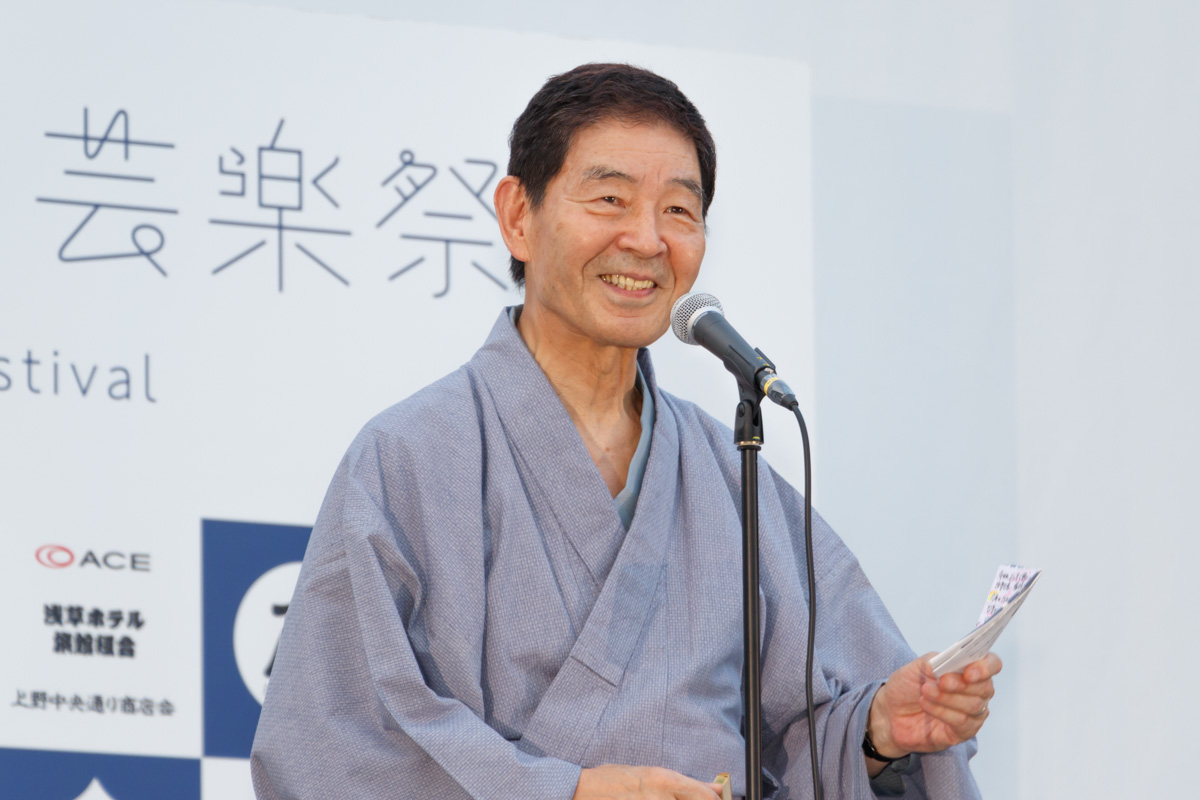
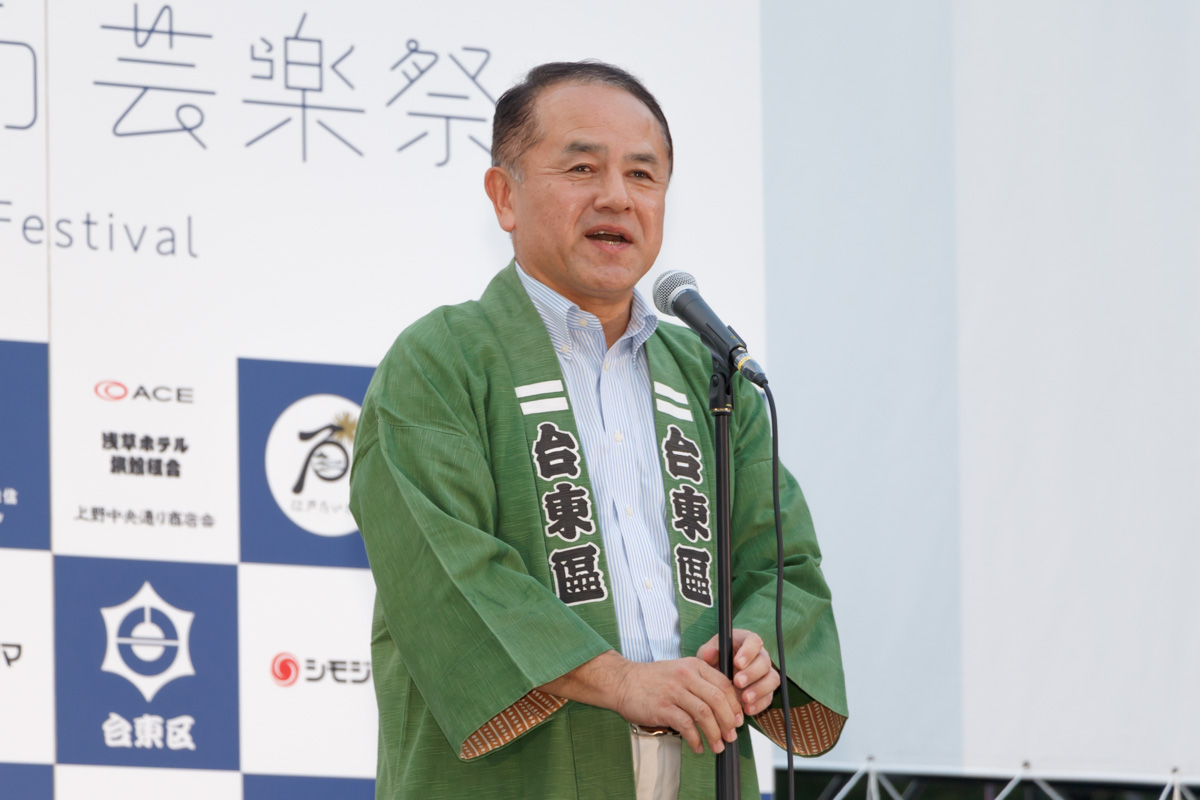

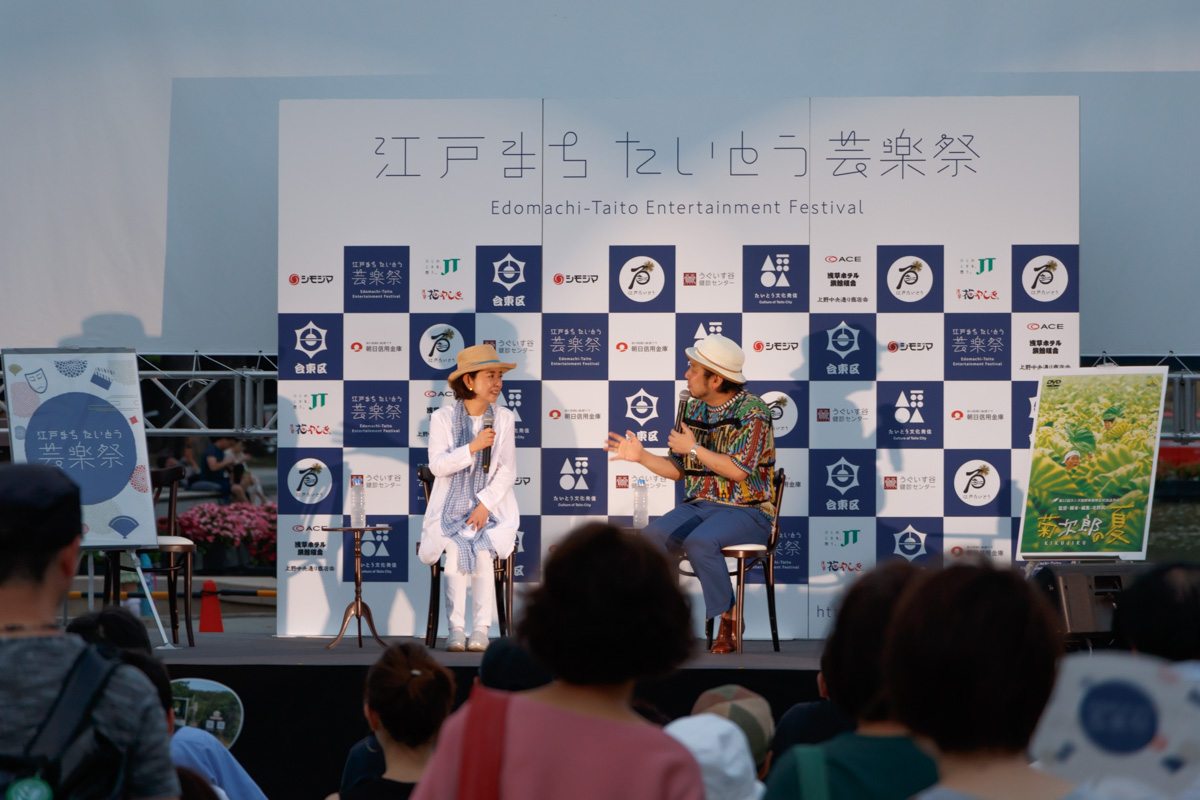

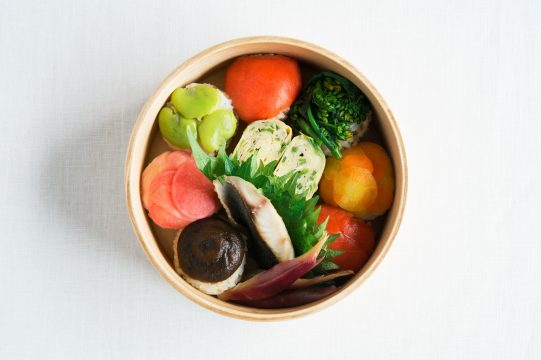
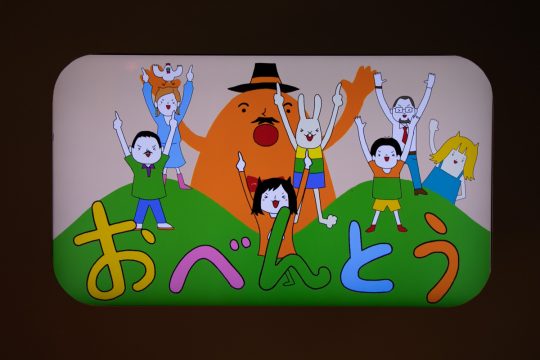
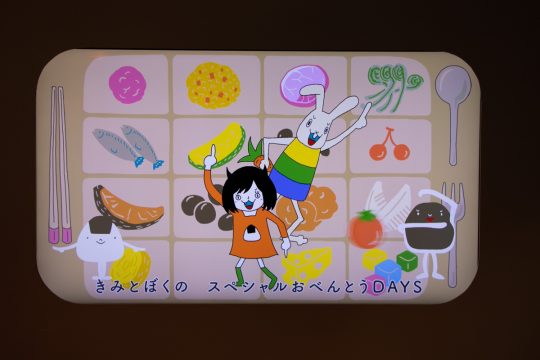
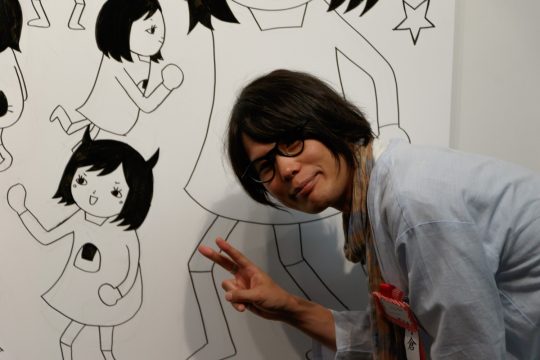

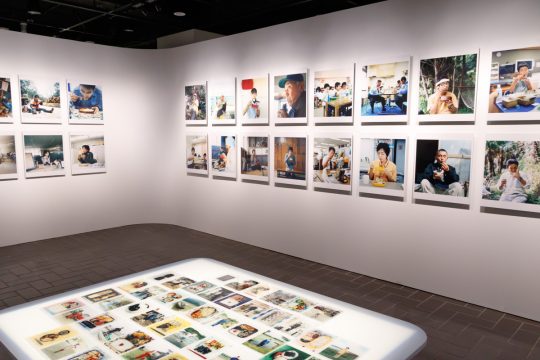
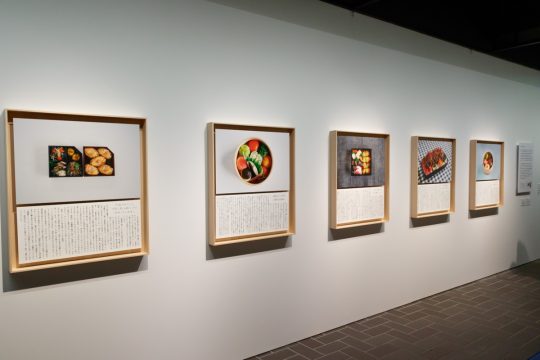
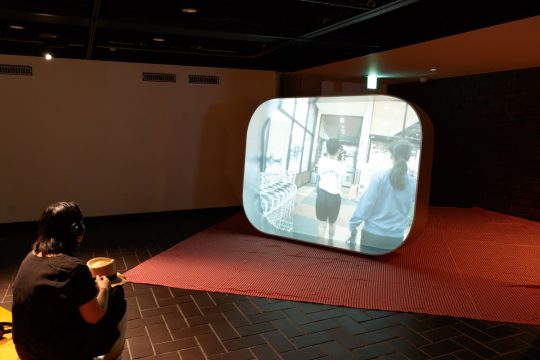
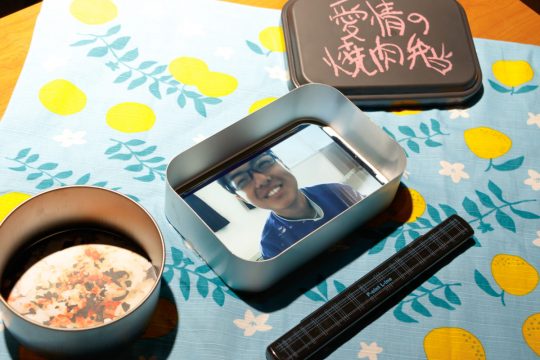
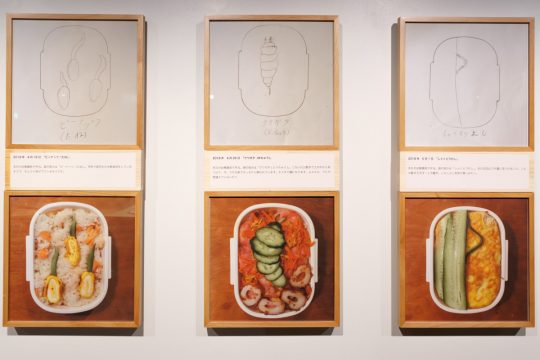
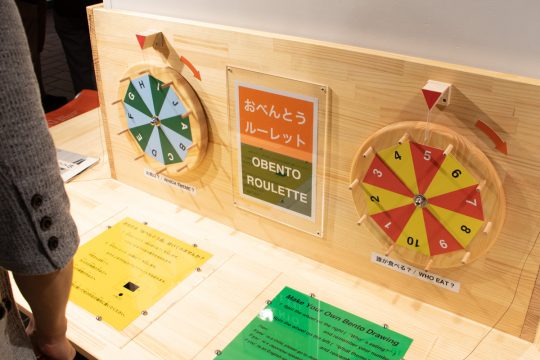
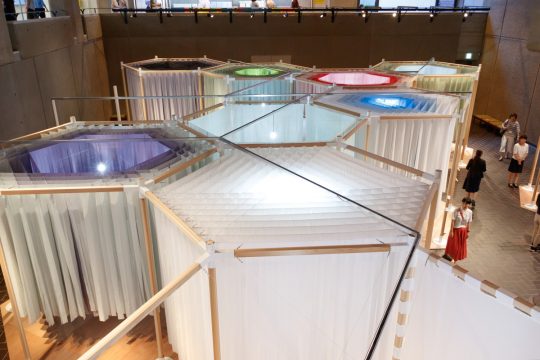
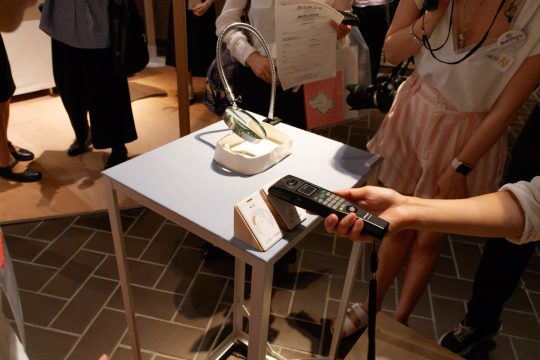

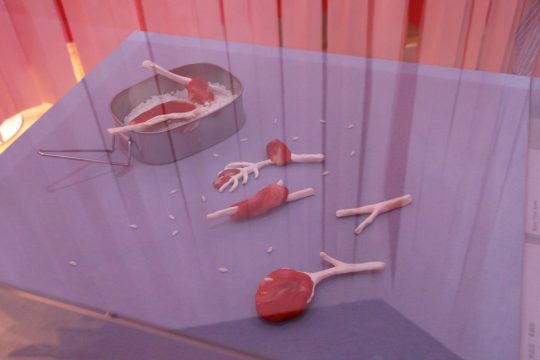
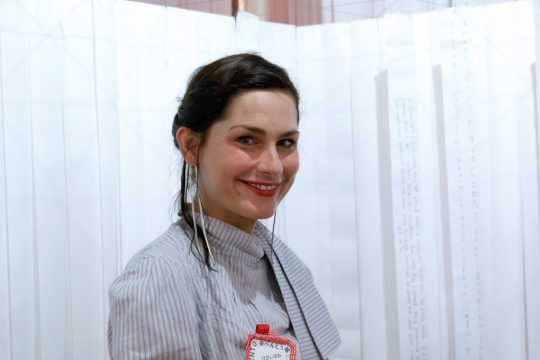
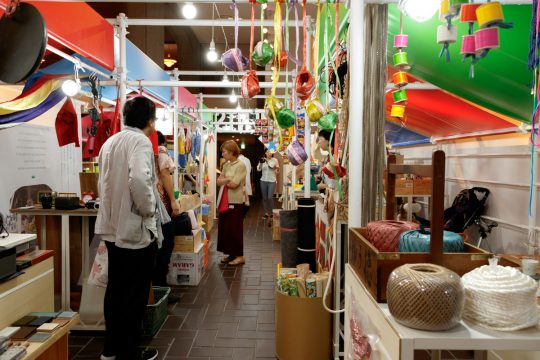
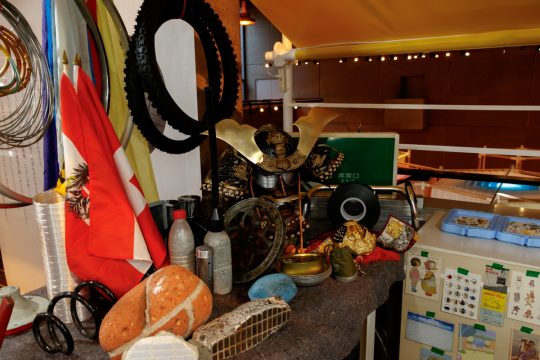
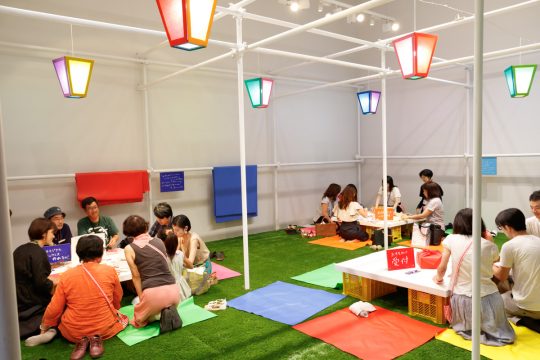
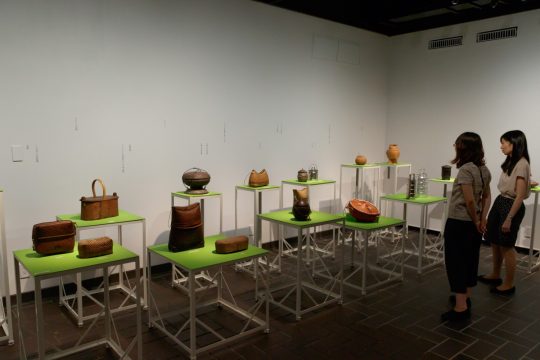
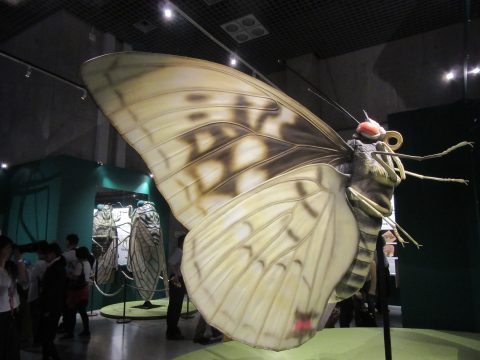

 ]
]




